Note to our readers: We strongly advise against international travel to Cambodia at this time. Oh wait! You probably couldn’t get into the country even if you wanted to right now…
More on that later.
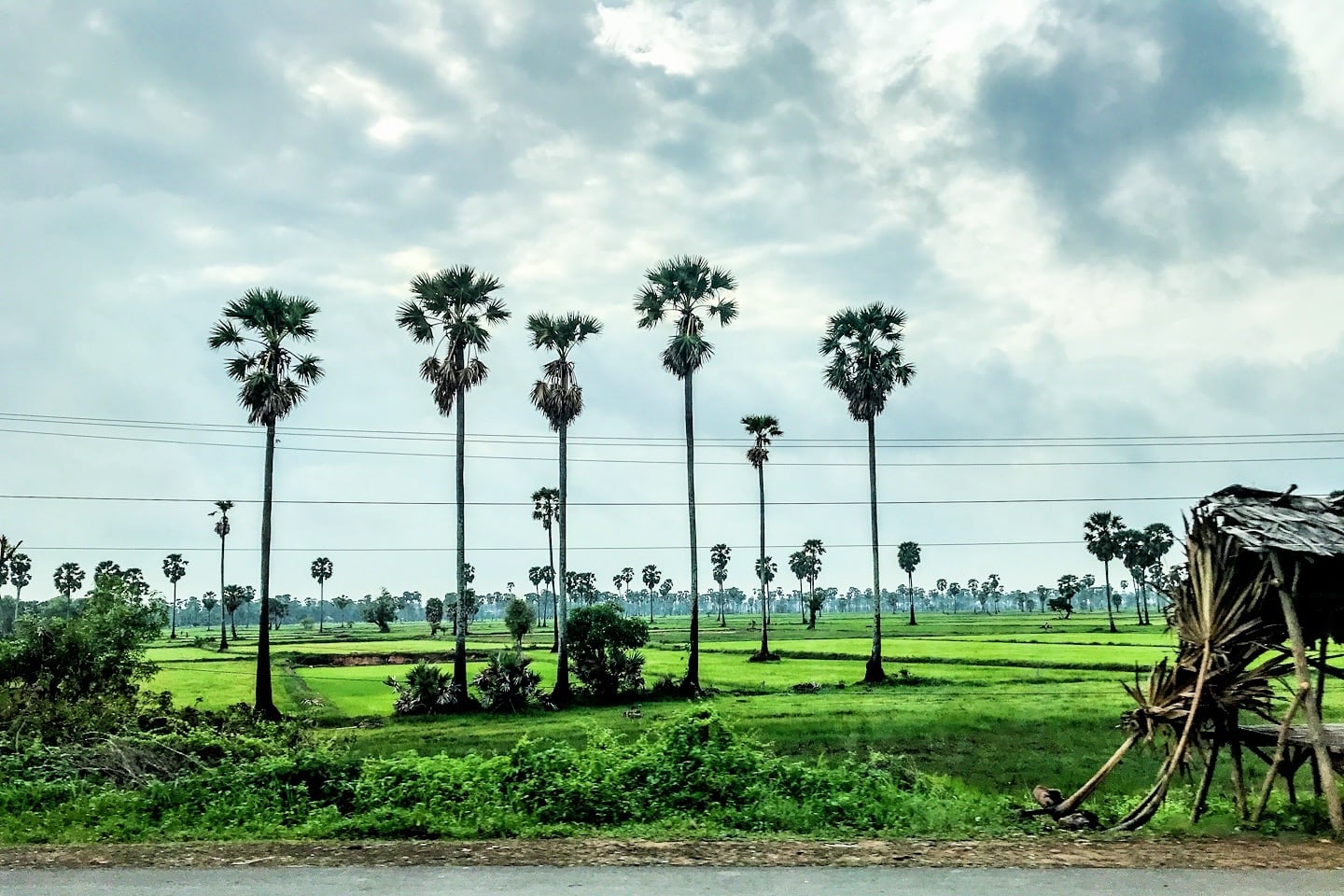
Why Siem Reap and Why Now?
A few days after Lori received the unexpected news that her contract here in Cambo would not be extended for another two years after all, we decided it was time to get out of town for a little while.
Fortunately, the impact of the Coronavirus here in Cambodia has been minimal (~130 cases since January), and as of mid-June there are currently no travel restrictions within the country.
We hadn’t been planning a trip out of town during this time. We’ve found ourselves deeply entrenched in a Covid mindset from three months of living in close quarters with minimal movement about town.
But once we learned that our time was, in fact, very short here, we decided to act. We looked at the situation and realized there was no practical reason but for our own mental misgivings not to take a trip. Lori’s coworkers have all left town since the end of travel restrictions in April, so we were also in the minority in this respect.
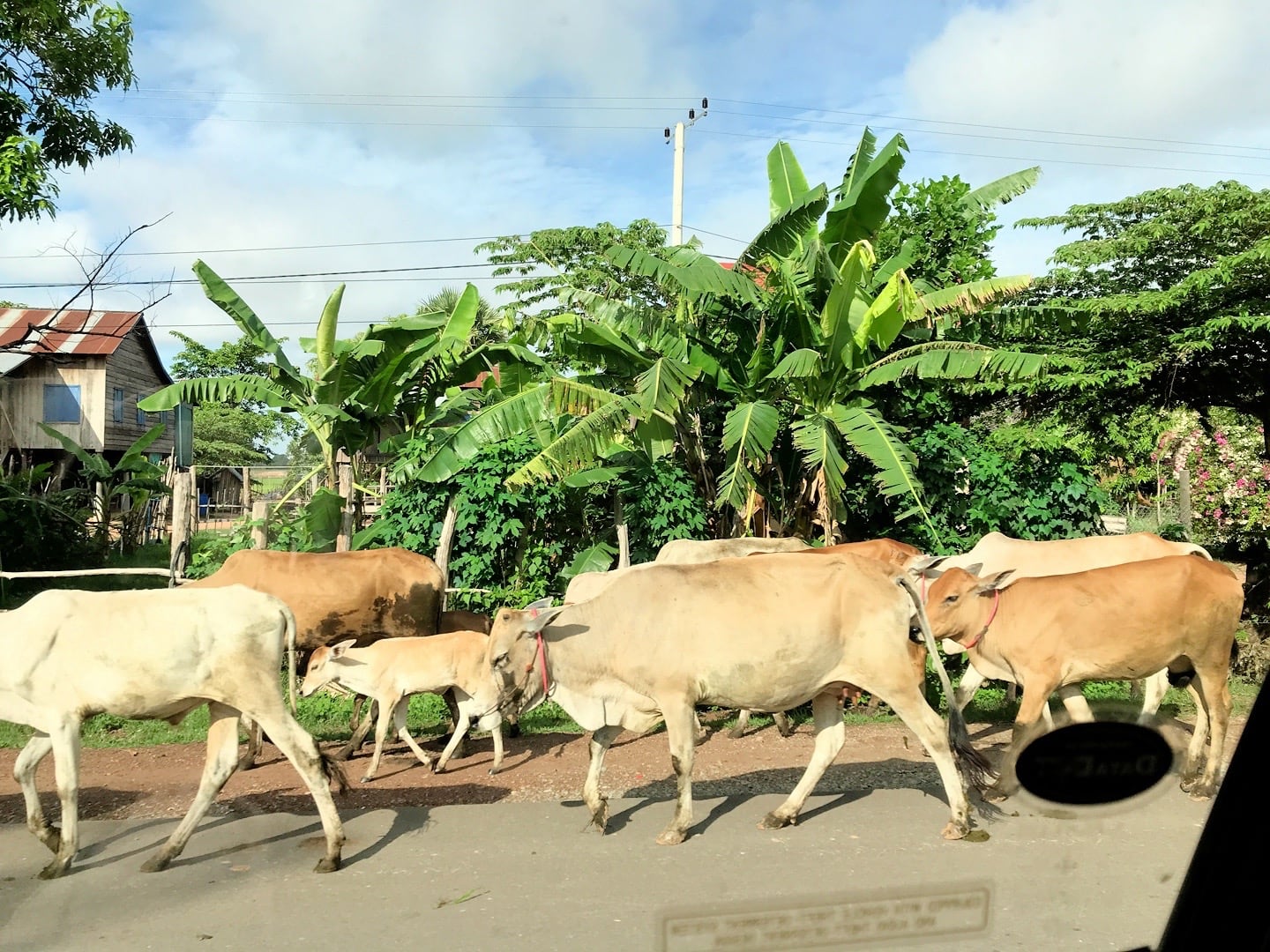
Our first thought was to head to the islands. Lori and I previously traveled through Cambodia for ten days as part of a much larger backpacking trip in 2012. We divided our time between Siem Reap and Phnom Penh but skipped a visit to Cambodia’s beaches.
Even eight years ago, we were already being advised from other travelers to avoid Sihanoukville (previously one of the most popular backpacker destinations in Southeast Asia now taken over by Chinese mafia and ruined by overdevelopment). And no one at the time had mentioned Cambodia’s amazing offshore islands.
So, we had a visit to one such island (Koh Rong Samloen) slated for Khmer New Year in April. But Covid had other plans, of course.
We considered a trip to the island here in June, but with the rainy season in full swing, we thought better of it.

So, our focus naturally turned to Siem Reap — one of the most popular travel destinations in the entire world and home to the amazing and incomparable Angkor temple complex (e.g. Angkor Wat).
Pre-Covid, we decided we’d save visits to Siem Reap for when friends and family visited. We had little desire to deal with the millions of tourists that visit the city each year and wanted to prioritize visiting places we haven’t yet visited.
And when Angkor Wat made the top of Fodor’s “No-Go” list for 2020 earlier this year due to the devastating effects of over-tourism, it only added to our decision to keep Siem Reap in our back pocket for special occasions.
But then, everything changed.
The world we currently inhabit looks very different now. Siem Reap is but one example — albeit, a very, very stark example of the social and economic impacts of this global crisis that will likely linger long after the pandemic subsides.
So, five days in Siem Reap it is.
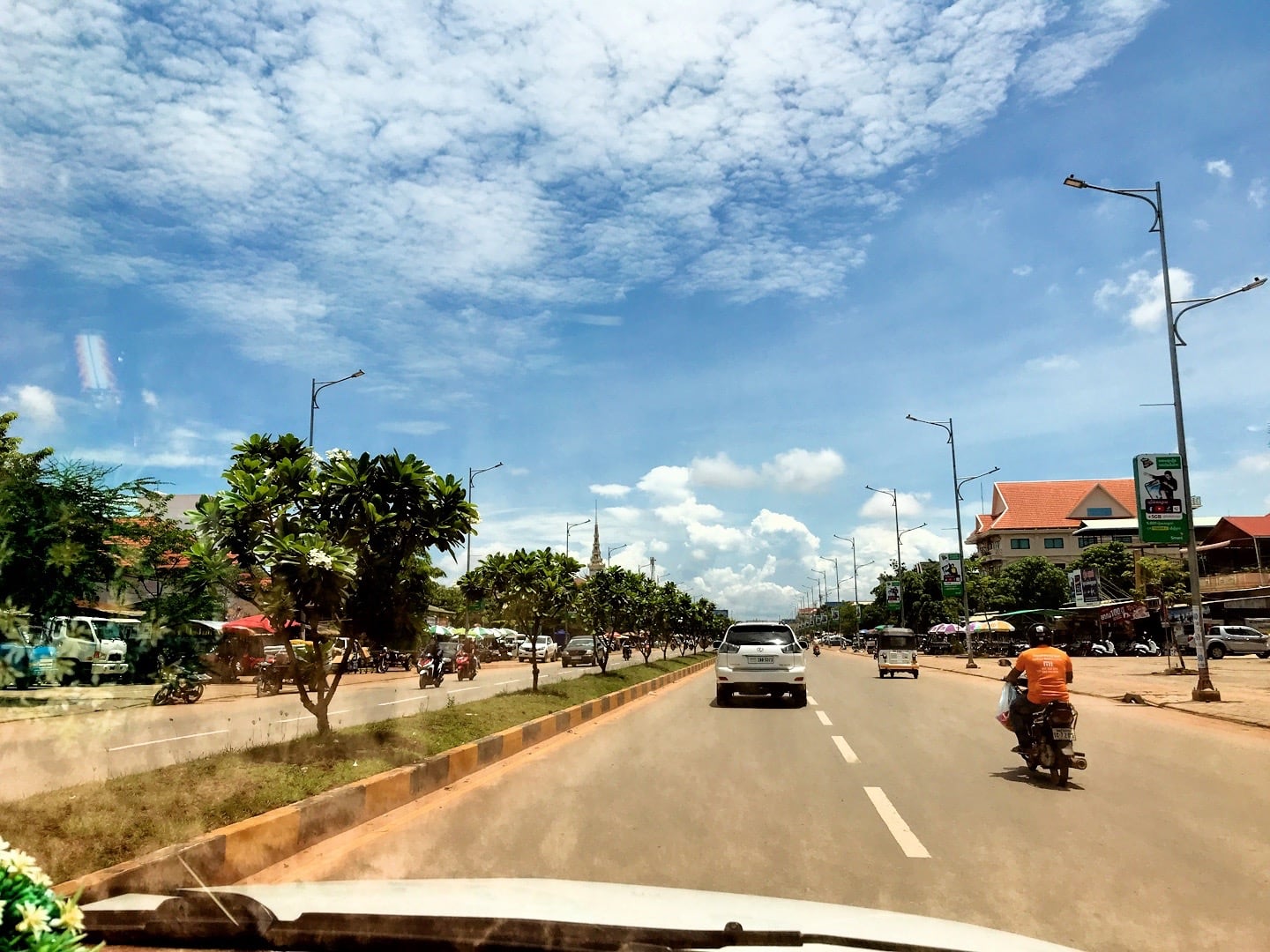
A Rare Opportunity
We’ve been hearing accounts for weeks from friends and colleagues who have recently visited the temples of how the grounds are almost completely devoid of foreign tourists.
While there is no longer any official ban on travel into Cambodia, there are also zero tourist visas currently being issued for entry into Cambodia — neither at embassies and consulates abroad nor on arrival here in the Kingdom.
The only foreigners here in Cambodia at the moment are those who have permanent residency, arrived before Covid and have managed to extend their visas, or those like ourselves who have official NGO, business, or diplomatic visas.
And the vast majority of foreigners here didn’t come here for the express purpose of visiting Angkor.
How could we pass up an opportunity to experience one of the greatest architectural and archeological wonders the world has ever known and have it virtually to ourselves!?
As you might also imagine, the economy in tourism-dependent Siem Reap is suffering badly. The city has gone from hosting a few hundred thousand visitors a month to nil overnight.
We knew that more than any other single place in Cambodia, spending money in Siem Reap would make the largest impact. It may just be a tiny drop in the bucket, but every bit helps right now.
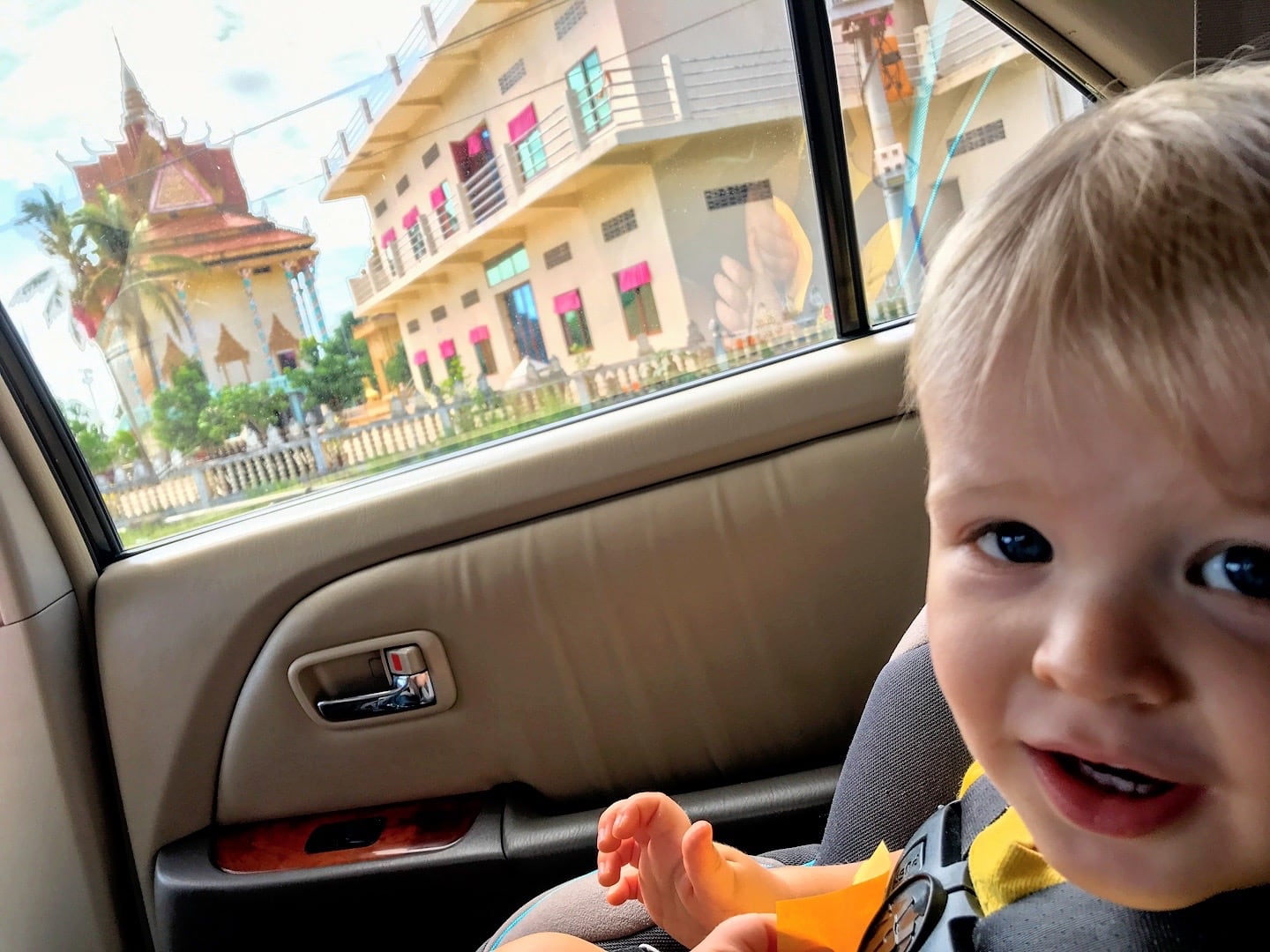
Phnom Penh to Siem Reap
We don’t have a vehicle of our own here in Cambodia. Used vehicles cost about as much as they do in Laos (which is a lot!!!) largely due to similar import taxes.
Unlike Laos, however, even if we were willing to shell out the money for a vehicle (I strongly considered getting a tux tuk when we arrived, which is totally possible here), it is extremely impractical for foreigners to own cars and trucks in Phnom Penh.
For one, parking is a huge issue — and nonexistent at our home, unless we had a small motorbike.
But more importantly, it’s so cheap and easy to get around without the stress and hassle of having your own vehicle. Our house is centrally located and within walking distance to most places we need to get to.
When we don’t walk, we use the Grab app (the Southeast Asia equivalent of Uber). We can hire anything from a sedan or SUV to a tuk tuk or scooter, and even a remorque (motorbike pulling a carriage). Directions and payment all happen electronically in the app and most vehicles arrive in minutes.
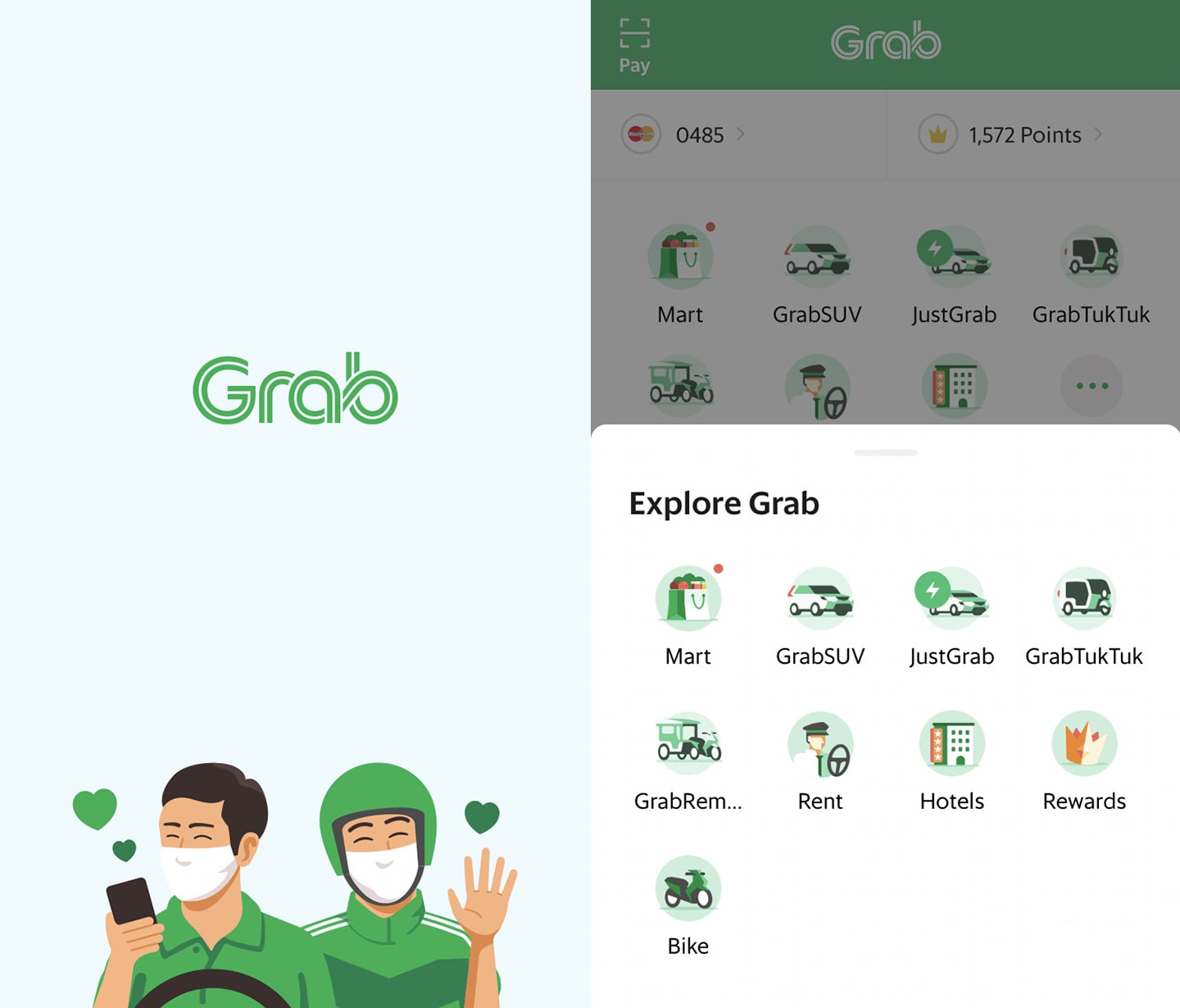
For the handful of out-of-town trips we’ve done since moving to Cambodia, we utilize a driver that was recommended to us by an expat contact. We’ve been very happy with Mr. Kim. He’s a safe and excellent driver, his car is a clean and roomy crossover SUV, and his rates are very competitive. And best of all, he’s extremely tolerant of our toddlers’ BS antics.
The journey from Phnom Penh to Siem Reap was our longest to date in Cambodia, clocking in at just under 5 hours and 30 minutes — an eternity with a 20-month-old and almost-four-year-old when you’re not in your own car. But we made it without anyone completely losing it (though Riley came close a few times).
In the past, we tried to have our long car trips coincide with nap time. These days, that just isn’t a good idea anymore. One or none ends up napping and the rest of the day is shot.
This time, we left PP early in the morning and got into Siem Reap around noon. As soon as we had the boys set up for naps, they were passed out, and Lori and I got a couple hours of down time.
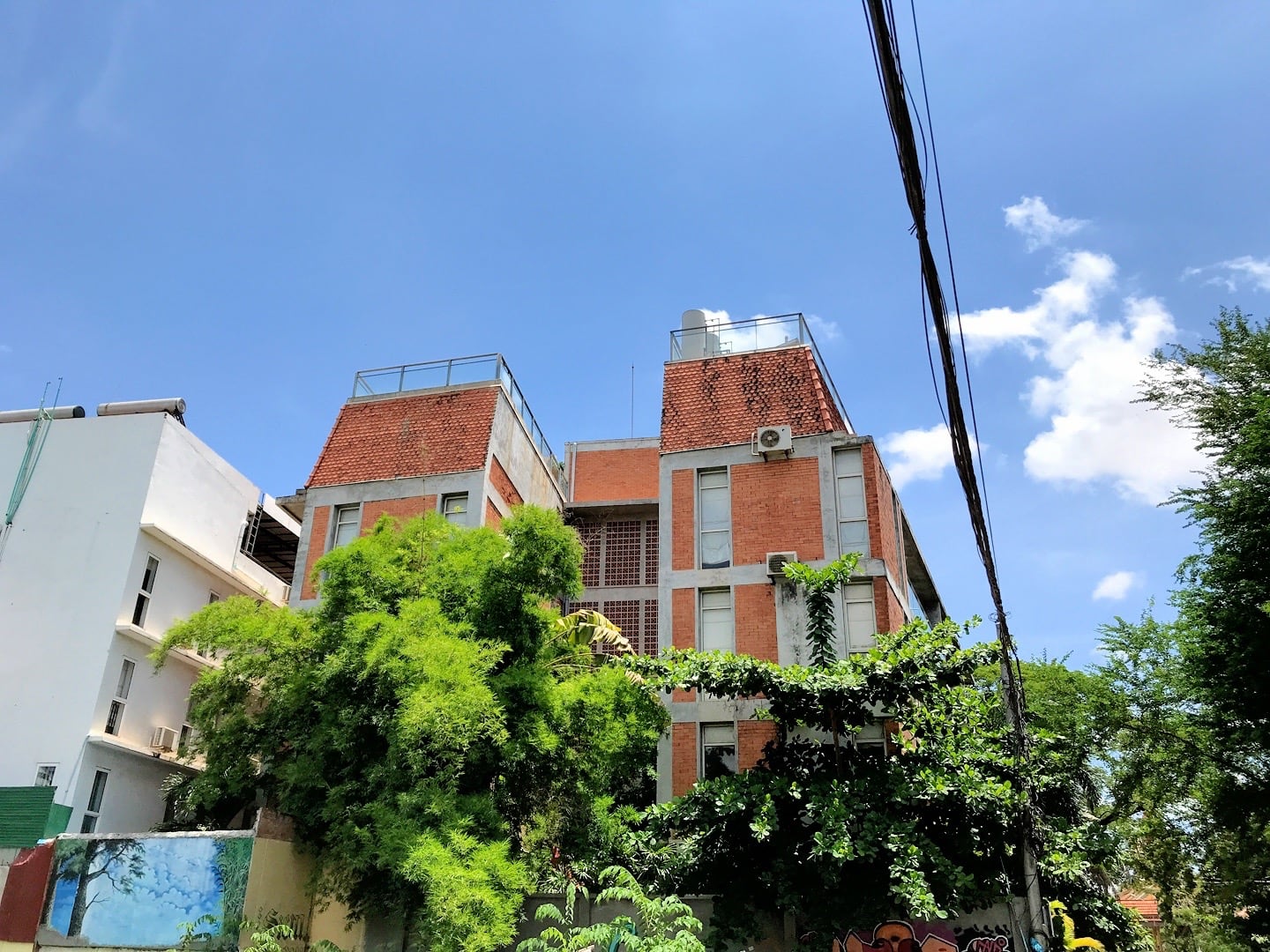
Surprise! Another Airbnb
Another major advantage to visiting Siem Reap right now is we pretty much have our pick of places to stay, provided that they are still functional (most of the big international hotels are not).
As for guesthouses, hostels, and Airbnbs, we had our pick of the litter booking just days before our arrival — something that would have been absolutely unimaginable just a few months prior.
We realize Airbnb can be controversial in many corners of the globe, and the fact that it seriously disrupts established lodging, economically out prices and displaces long-time local residents and contributes to unwanted gentrification, while being extremely challenging to regulate, is not lost on us.
Owing to the boys ages, the low nightly rates of Airbnbs in Southeast Asia, and that the type of place we rent really has no equivalent in the formal sector, we continue to seek them out.
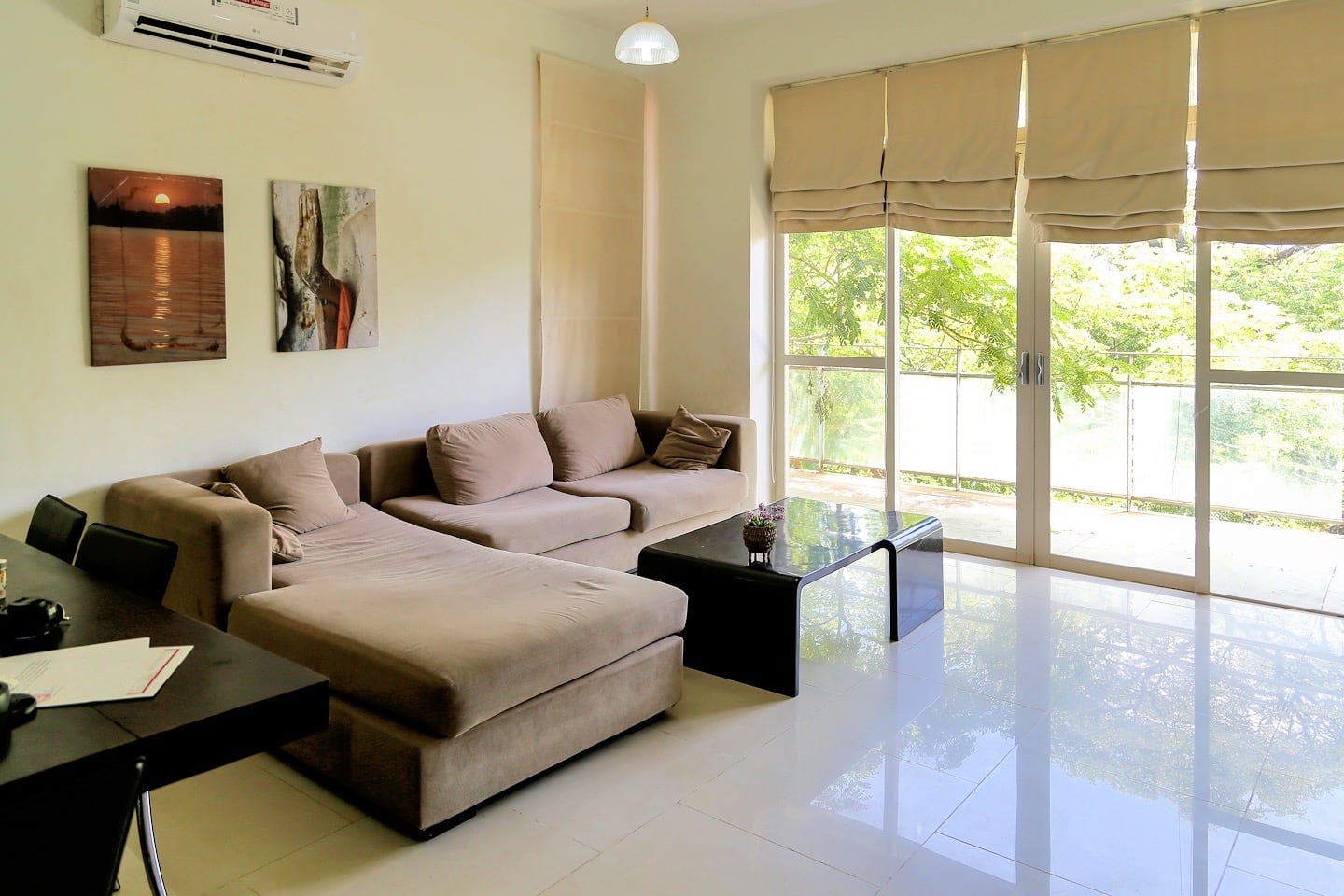
It’s hard to argue with a spacious 3-bedroom, 2-bath condo with a full kitchen and rooftop pool for US$30/night. For a nightly stay in a guesthouse at the same price point, we’re looking at one big bed with a couple of feet around the perimeter and a pocket-size toilet/shower room.
Would we Airbnb in Barcelona or San Francisco? Probably not, for the reasons previously mentioned. But Cambo is a different landscape, and the benefits outweigh the potential costs.
With that said, we do miss the vibe of guesthouses and hostels. Once the boys are older, we look forward to all sharing a big bed in cheap backpackers hostels once again. Noe could totally do it at this point. Riley, on the other hand. No way.
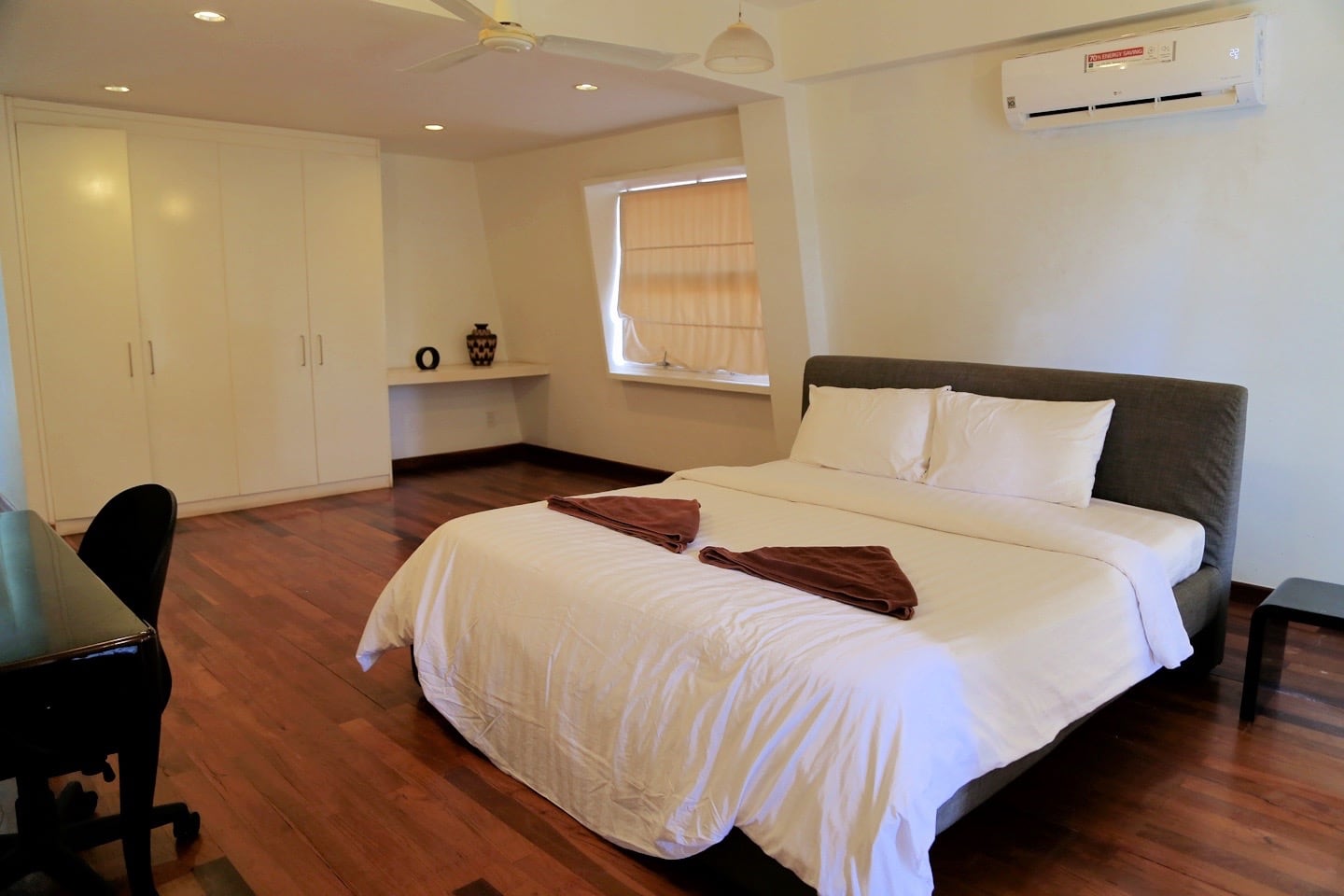
We really enjoyed our stay in this particular Airbnb in Karavansara Apartments along the river.
Lots of room, very comfy, a rooftop pool (which we actually got to utilize more than once!), a riverfront balcony, and just a few minutes’ walk away to all the hotspots (most of which are closed, currently, but still…).
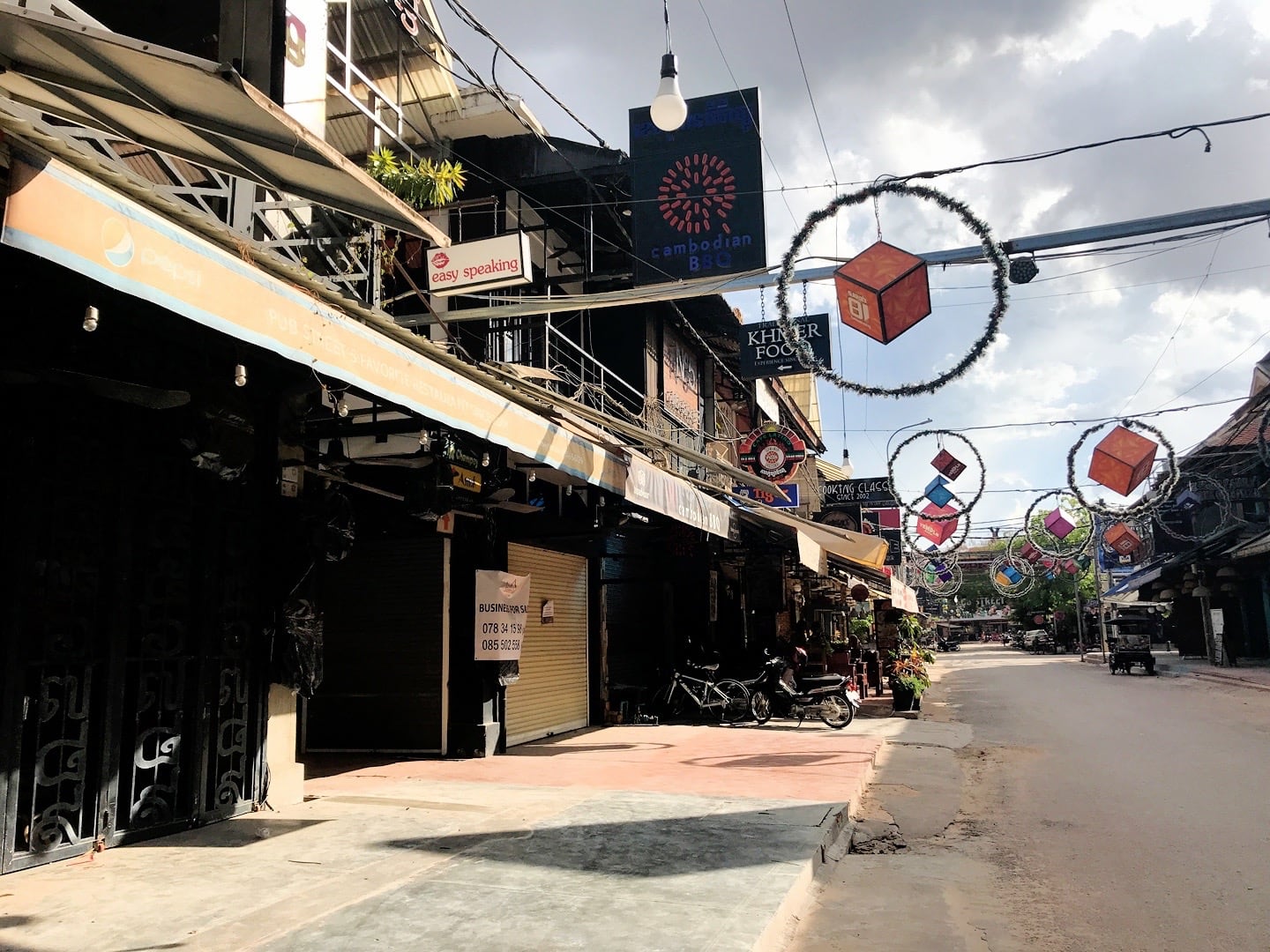
Siem Reap in the Time of Covid
So, what is it like visiting Siem Reap in the time of Covid-19? Eerie, unsettling, refreshing, empty, interesting, post-apocalyptic, frustrating, relaxing, depressing.
A lot of mixed emotions.
On the one hand, it’s heartbreaking to see so many permanently closed businesses knowing these same businesses were welcoming patrons and thriving just weeks ago.
On the other hand, Lori and I have visited enough UNESCO towns to know how crazy many of these places get and how frustrating it can be to do or see anything amidst the throngs of bus loads upon bus loads of tourists. In places like Siem Reap, it can feel more like Disneyland or a large scale zombie invasion than a cultural heritage destination.
Here in June 2020, all of that feels like a distant memory. The tourist drags are vacant and abandoned, and the commercial center of town is a buzz with locals and daily life activity.
After the travel ban for six key countries (including the U.S.) went into effect on March 17th, Siem Reap’s visitor numbers rapidly declined over the following weeks. It’s unclear when Cambo stopped issuing tourist visas altogether, but that undoubtedly had the greatest impact on business here.
Still, three months on, decor eerily hangs from Pub Street’s light strands (see above), as if the city is expecting the flood gates to swing open tomorrow.
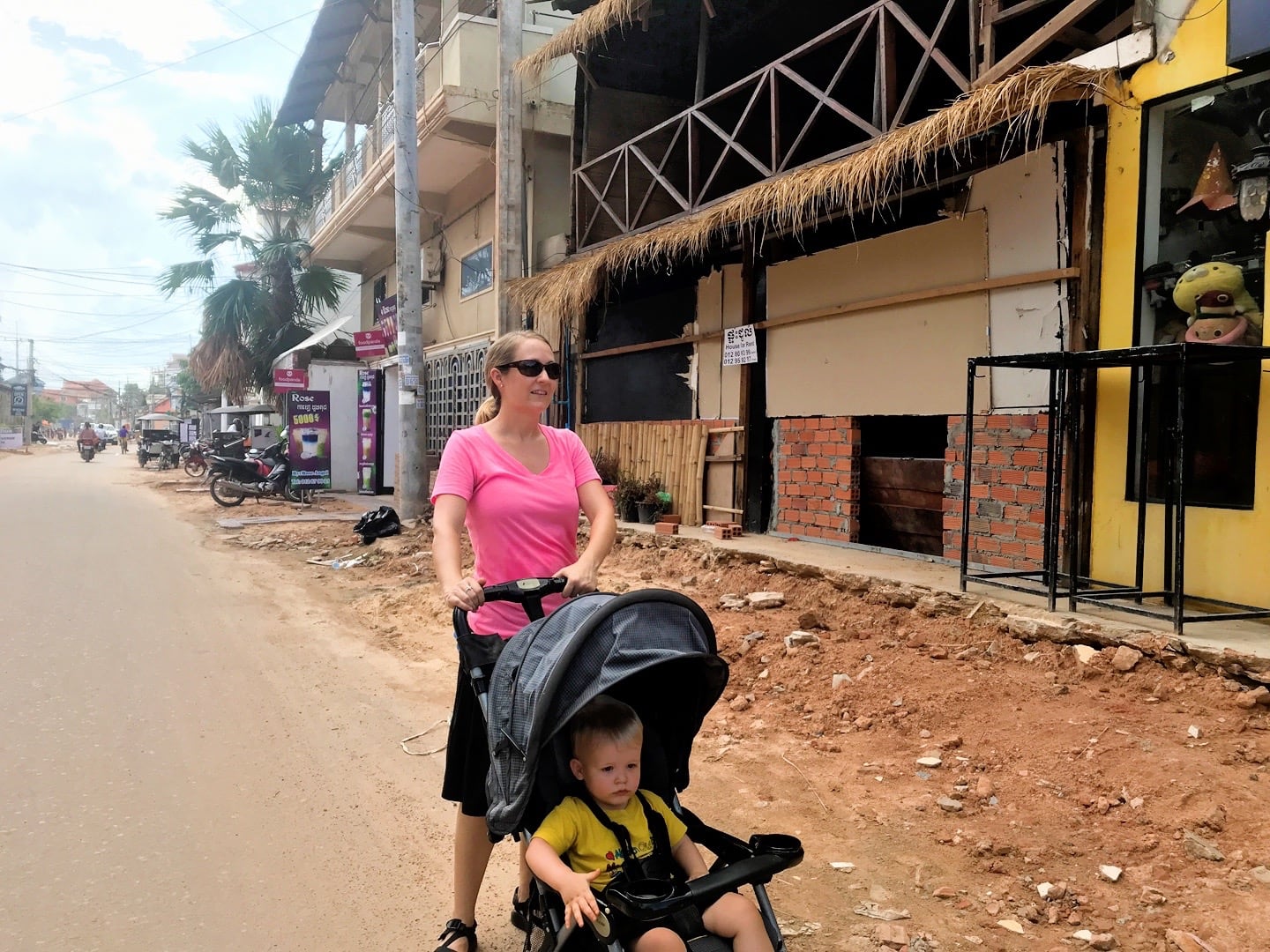
Home to just under 200,000 residents, Siem Reap still maintains the feel of a busy mid-sized town, especially once you get out of the tourist-oriented town center. It’s not an absence of people, but the sheer absence of all things tourist-related (including the large groups of foreigners) that is perhaps the most striking about it all.
As we move about town, we are all too aware of how conspicuous we are. 99% of the time, we find ourselves the lone barangs walking down the street, a fact that is not lost on the tuk tuk drivers who still linger about town looking for customers.
With that said, I’m actually very surprised how little we draw the attention of tuk tuk drivers, peddlers, and beggars.
Before arriving, I assumed this would be something we’d be constantly grappling with, given the current state of the economy here. Yet, for the most part, we were left to our own wanderings and approached far less than we had been eight years ago.
My guess is in the absence of tourists and foreigners, those people have by and large abandoned the tourist areas due to the sheer lack of potential patrons.
Cambodia certainly has more than its fair sure of truly desperate and destitute individuals. But the fact that we see none of them here in the center of town in these desperate times leads me to believe that the previously all-pervasive beggars of this tourism city are opportunists exploiting Western guilt and reinforcing colonial stereotypes.
Cambodia also has more than its fair share of the “Crazy Rich,” most of whom in their Bentleys and huge SUVs show little concern for the poor of their own country.
Yet foreign tourists, most of whom have undoubtedly saved up for years for the chance to visit a place like Angkor Wat, are expected to shoulder the burden of this country’s poor and destitute.
This issue is not exclusive to Cambodia, but felt more acutely in Southeast Asia due the accelerating gap between rich and poor, the wealthy’s indifference to the suffering in their own communities, and the persisting inclination of leaders to blame the West for all of their society’s problems.
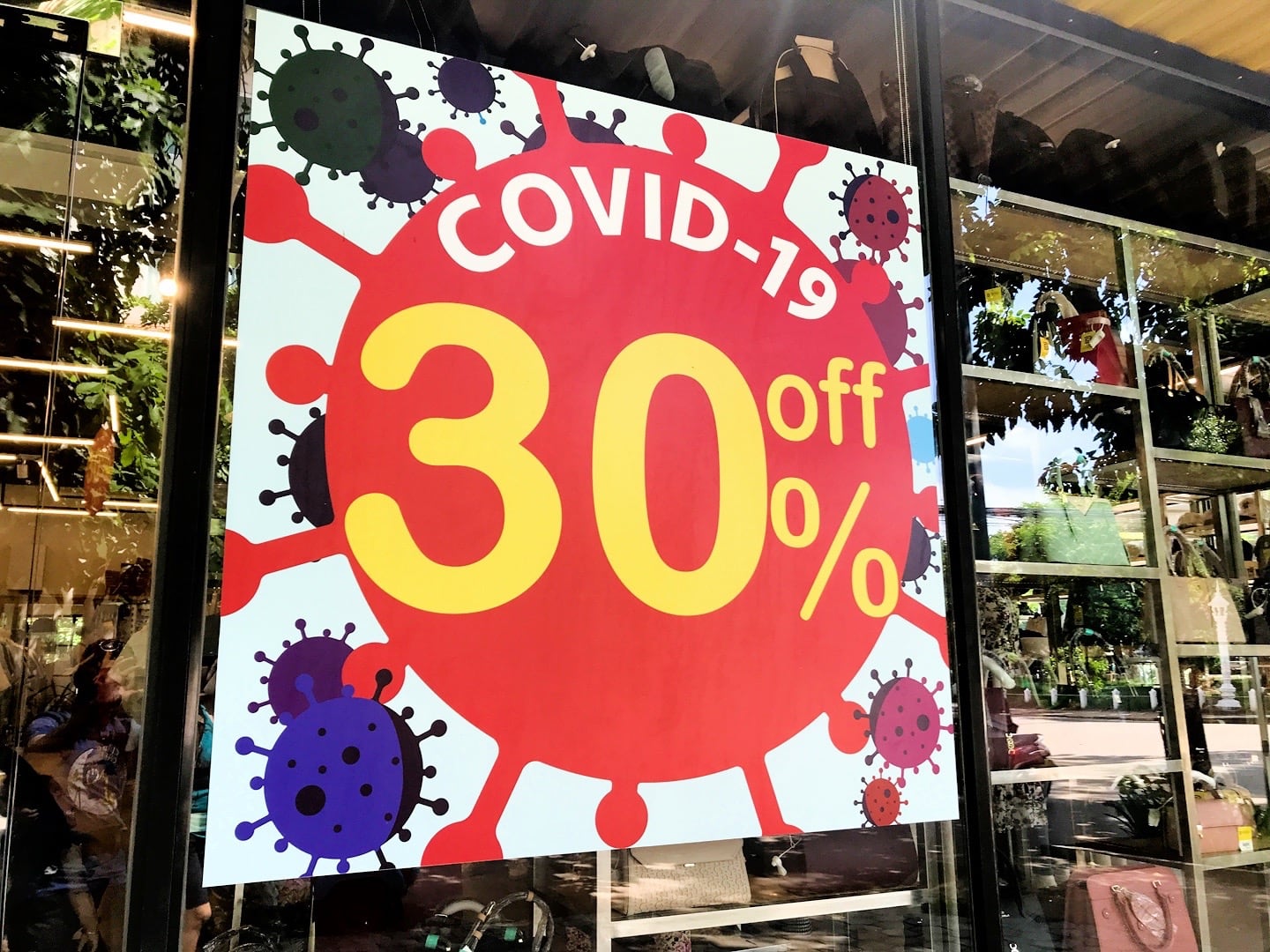
Those businesses that have managed to survive to this point seem to be offering deep discounts to the small pool of customers still remaining.
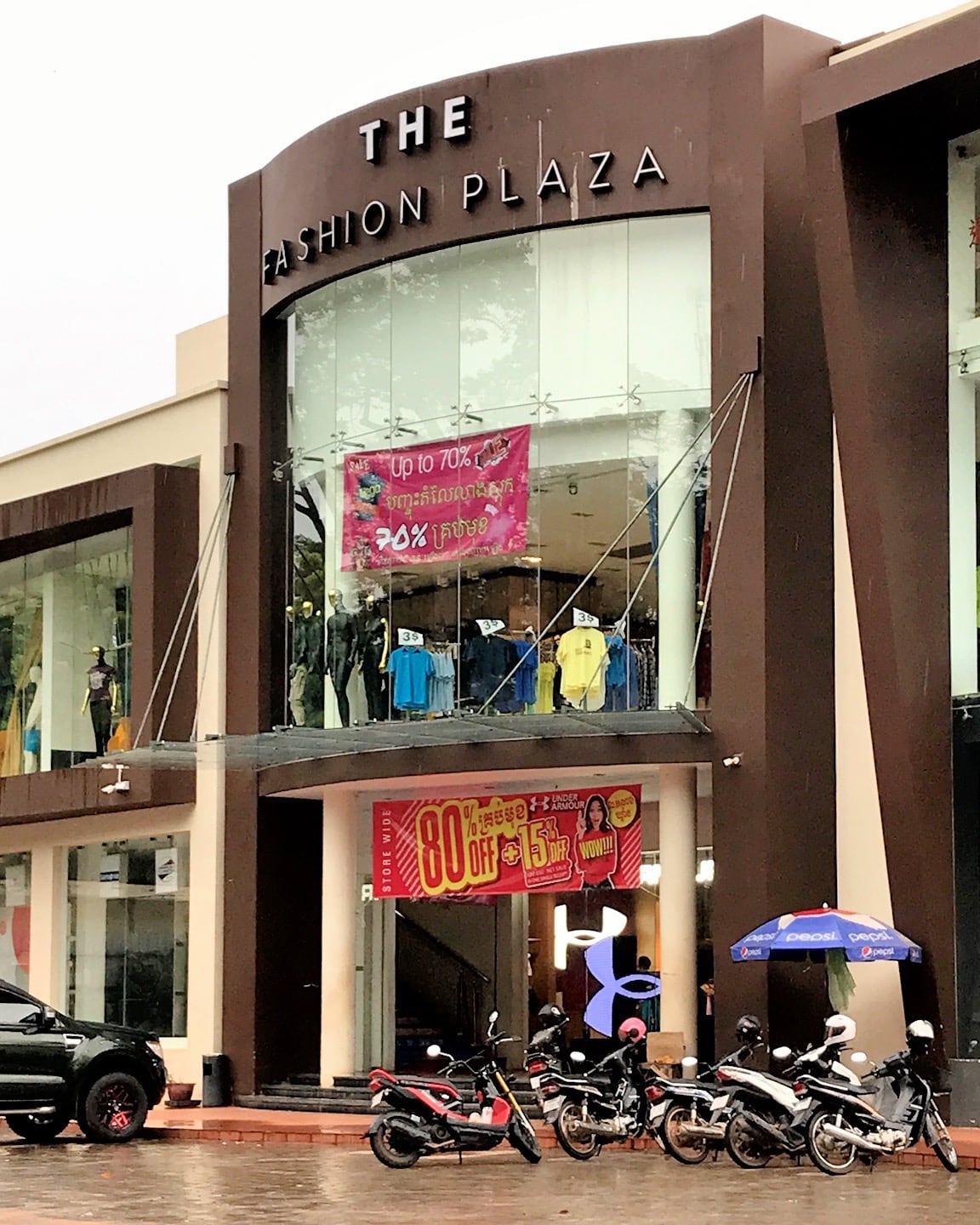
…while other businesses have taken a different tack…
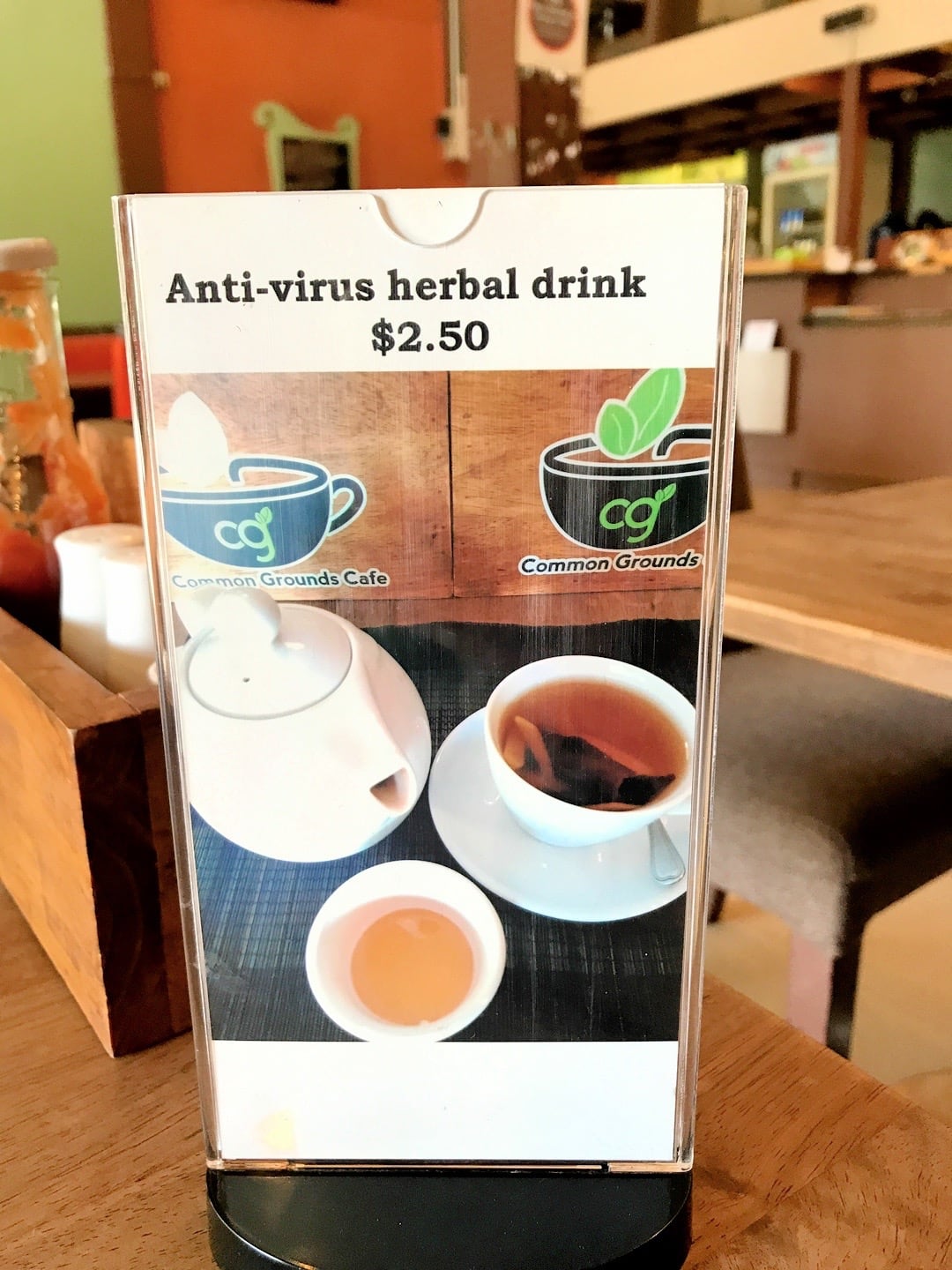
What’s Closed?
One of the biggest downsides for us visiting at this time is that a lot of the best eating and drinking establishments simply aren’t open right now.
For many businesses, it makes more financial sense to stop paying staff and utilities and close up shop for a few months than operate a skeleton crew for delivery/ take-away orders and the few patrons who wander in.
The most notable places that were not operational during our visit (June 2020) were:
- Eating & Drinking: FCC Angkor, Siem Reap Brewpub, Soul Train Reggae Bar, Miss Wong, Sugar Palm,
- Markets & Streets: Pub Street (most businesses including Temple Club), Night Market, Noon Night Market, Old Market, King’s Road (semi-functional)
- Hotels: Raffles Grand Hotel d’Angkor and most of the large hotels along Charles De Gaulle
- Arts & Culture: We could not find an open venue featuring traditional Khmer dancing or shadow puppet theater.
What’s Open?
Fortunately for us, there are still a handful of establishments that remain open at this time, including a half dozen food stalls along the river.
We can confirm that the following eating and drinking places are still open for dine-in as of June 2020:
- Bars/Pubs: Wat Beast, The Local Brewpub, Asana Old Wooden House, The Brothers, The Harbor Tavern (check hours)
- Restaurants: Sokkhak River Lounge, Viva! Mexican, Maybe Later Mexican, Elia Greek Kitchen, Caucasus Georgian
- Coffee Shops: Common Grounds Cafe, The Little Red Fox Cafe, Temple Coffee, Brown Coffee, Dialogue Coffee, Paris Bakery, The Hive
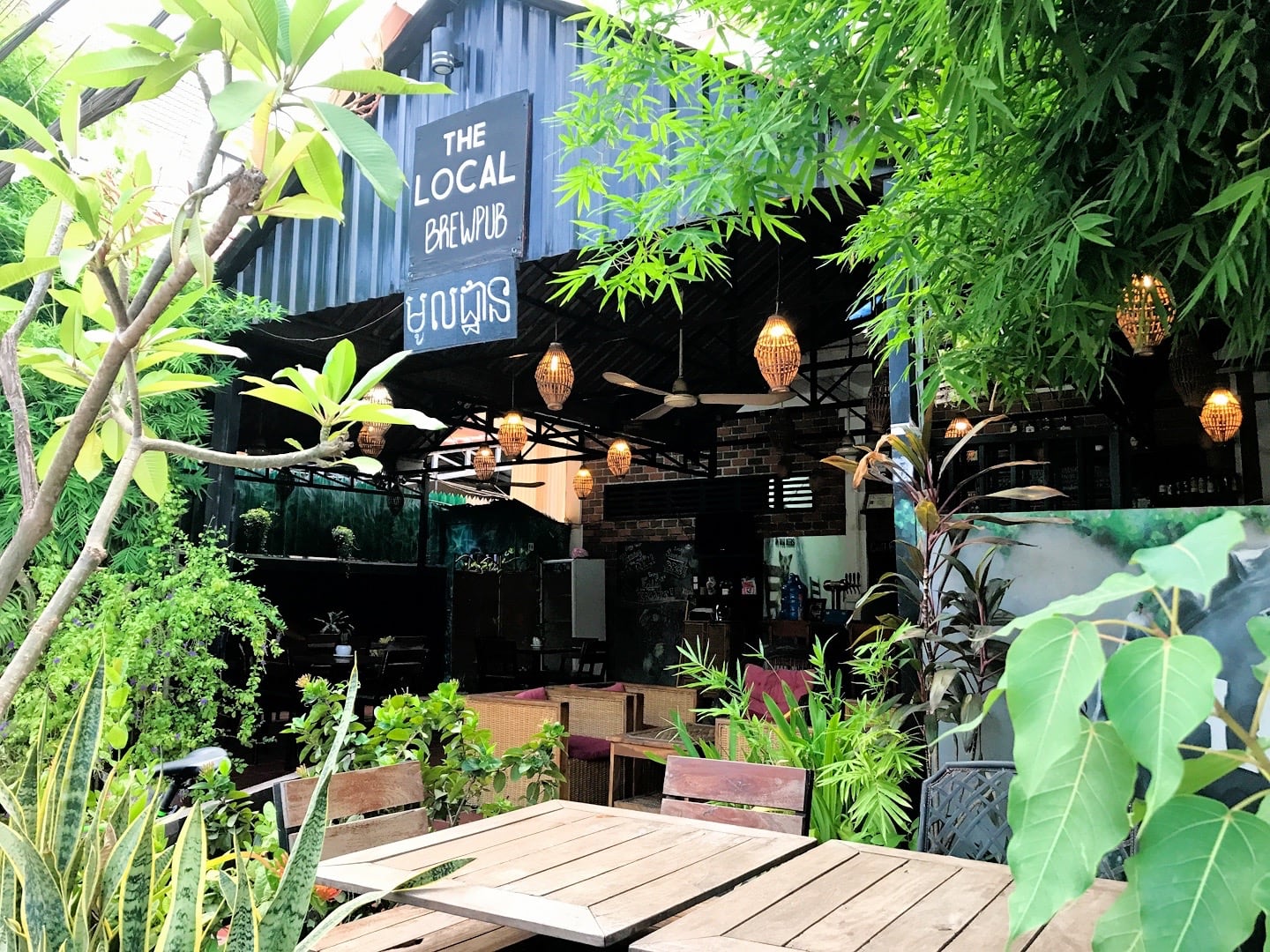
Due to the small number of drinking and dining options that were conducive to a family with two toddlers in tow, we ended up visiting a couple of places twice. One of those places was The Local Brewpub, which had comfy seating, a nice atmosphere, and good local beer.
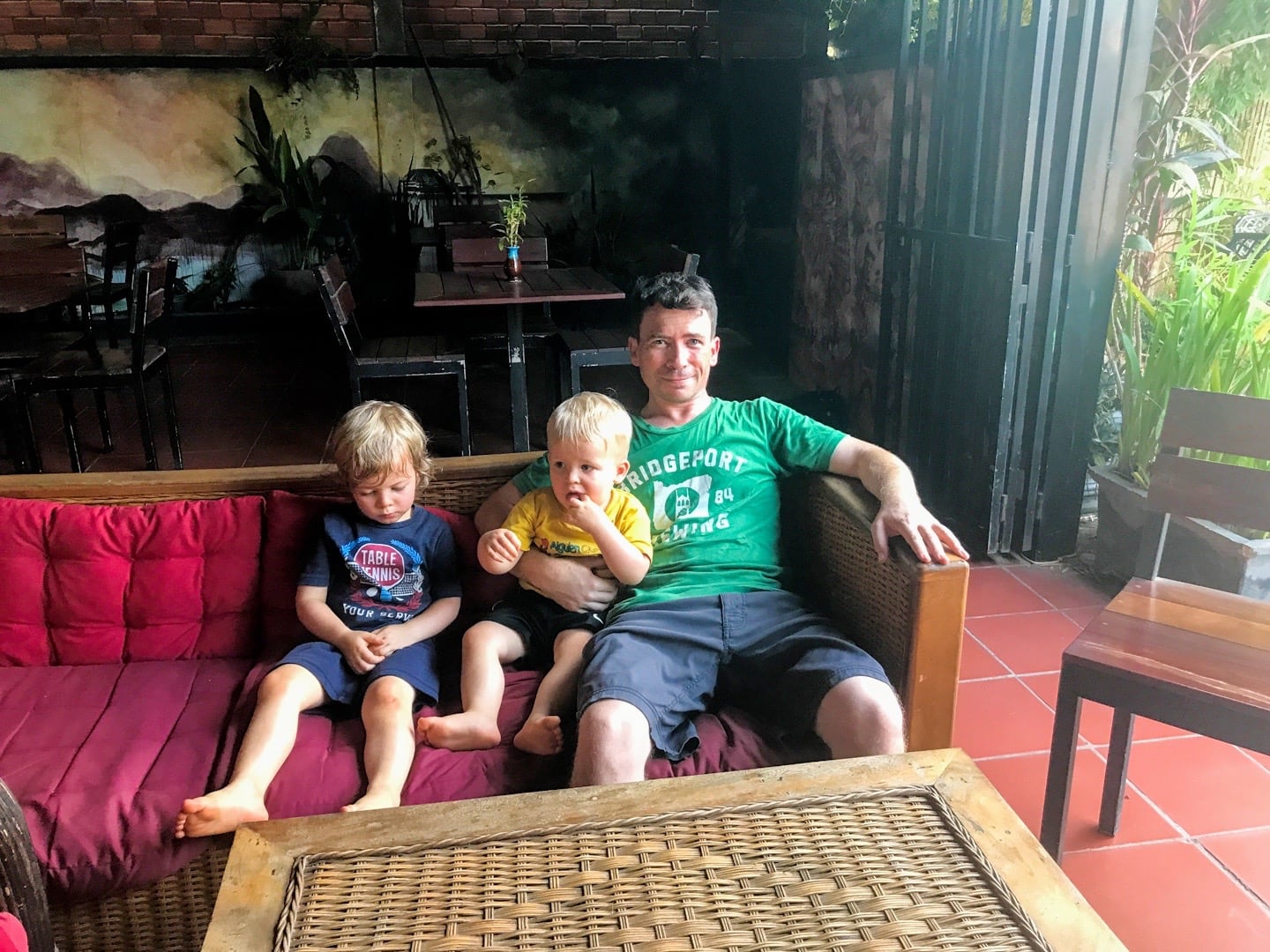
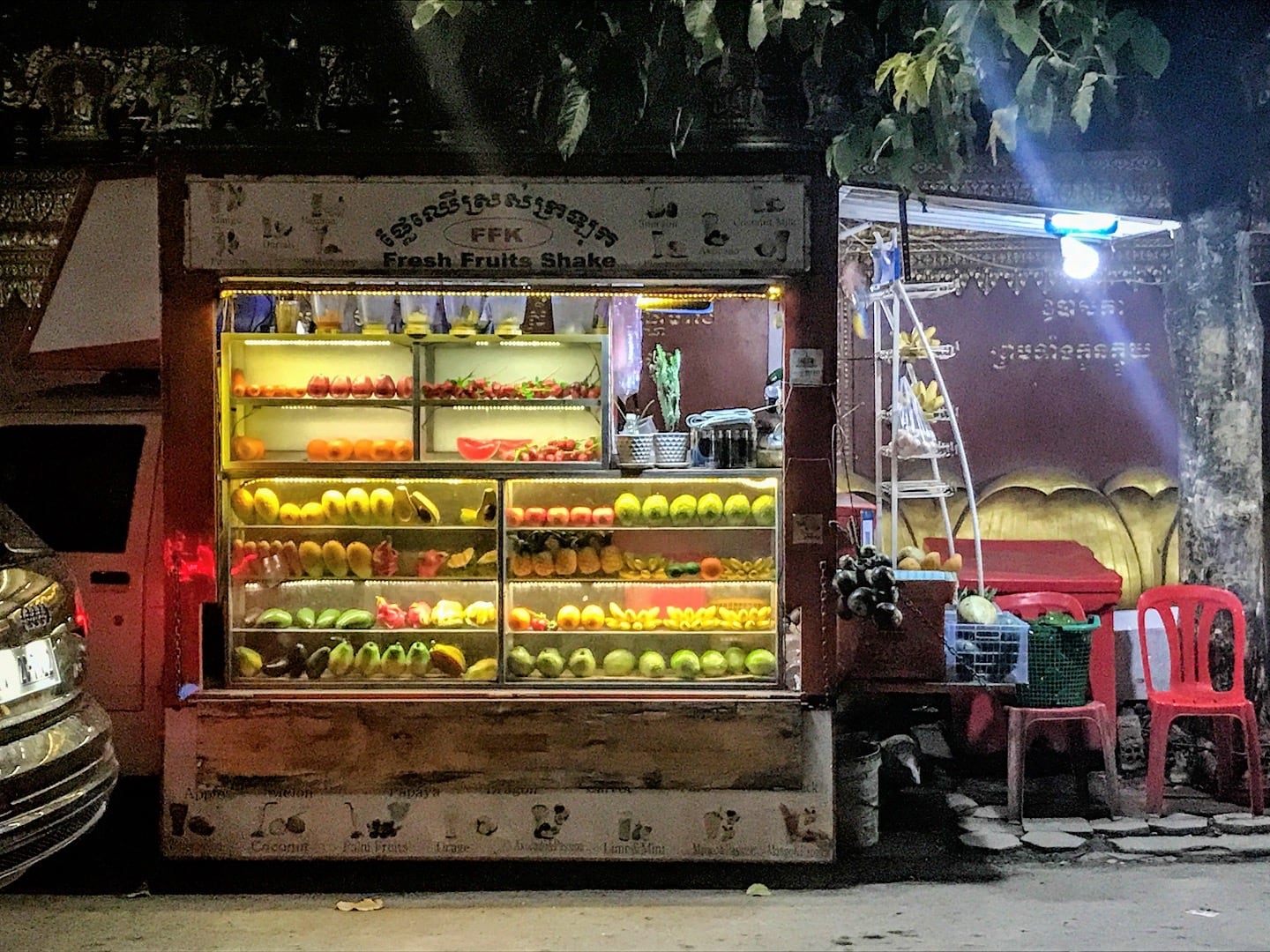
While a handful of local/ Khmer places remained open, the vast majority were not. Apart from a few food stalls along the river, we found the Khmer food options to be extremely limited in the center of town where we were staying.
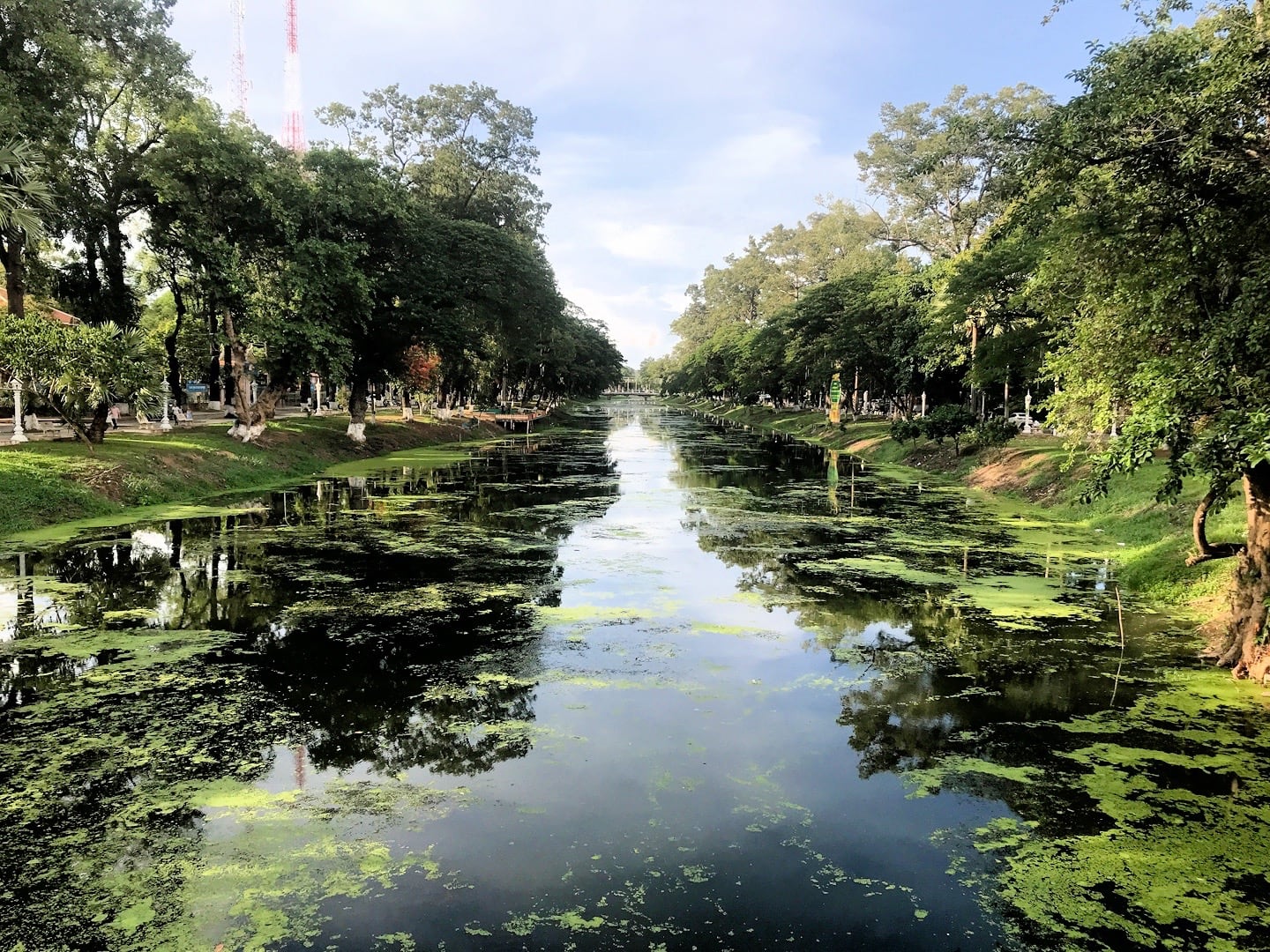
In addition to COVID-19, Siem Reap has been grappling with one of the worst droughts in recent decades. The effects were apparent in the Siem Reap River, which looked like a stagnant cesspool during our visit. It’s not unusual for the river to look like this in February, but for June, it’s atypical.
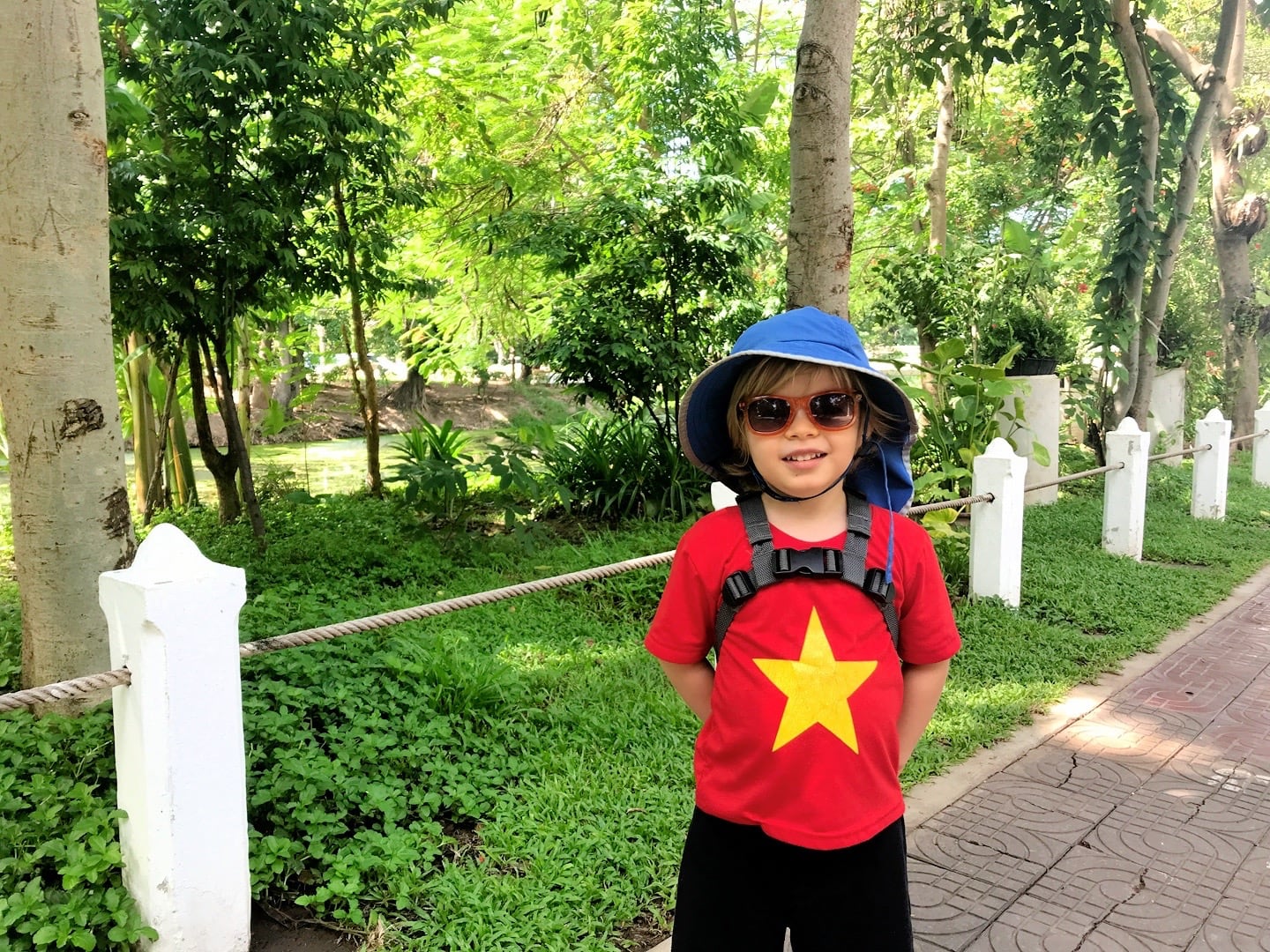
Two of Noe’s favorite shirts are his Vietnam flag shirt and Laos tuk tuk shirts. We’re hoping to finally get him a Cambodia shirt. He’s only been living here for eight months…
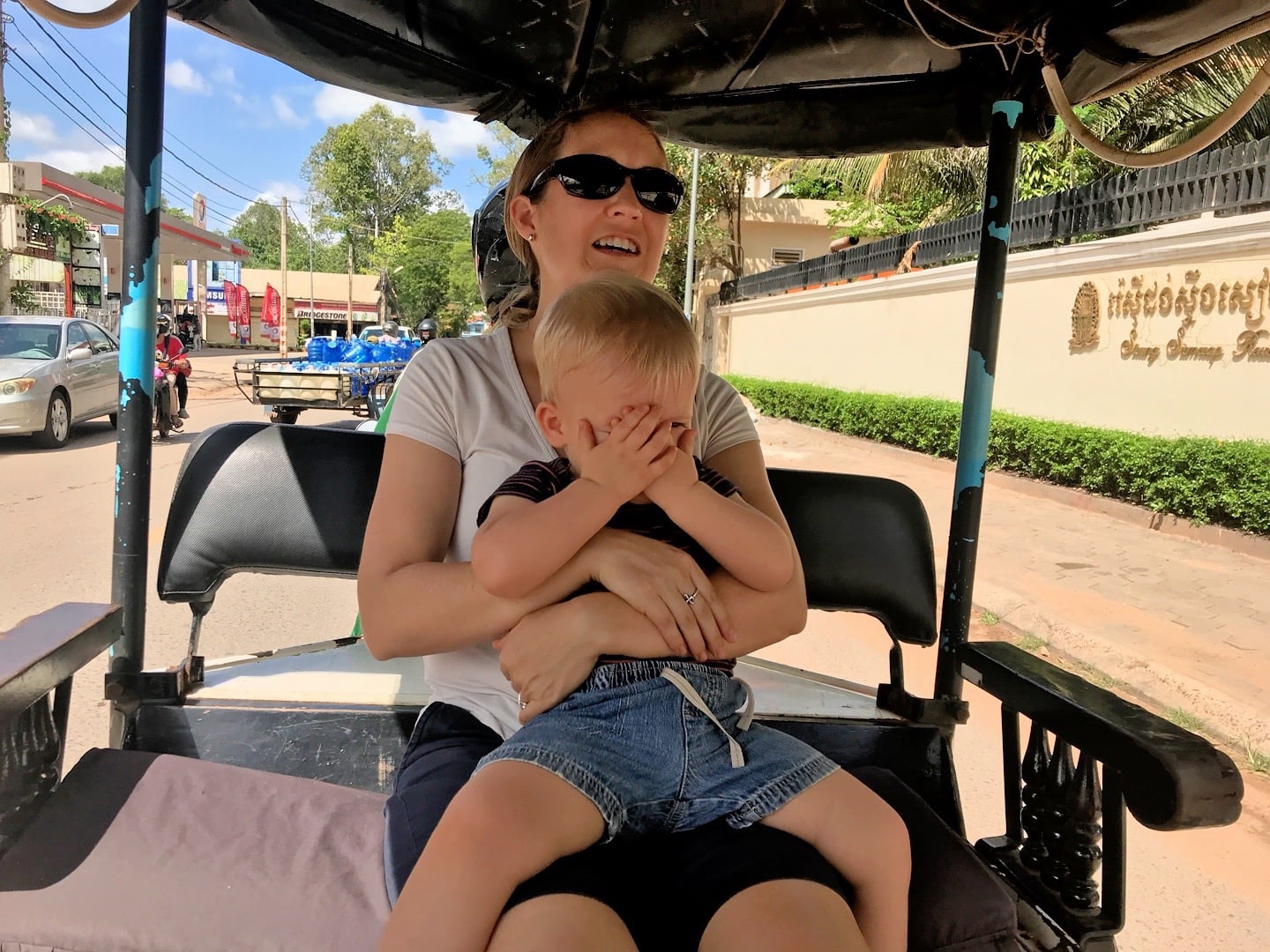
Morning Trip to Butterfly Paradise
Apart from Angkor Wat (I’ll devote a separate post to our two-day visit there), there weren’t a whole lot of opportunities for day trips from Siem Reap during this time.
Butterfly Paradise, a 30 minute remorque ride west of town, was open, so we decided to check it out.
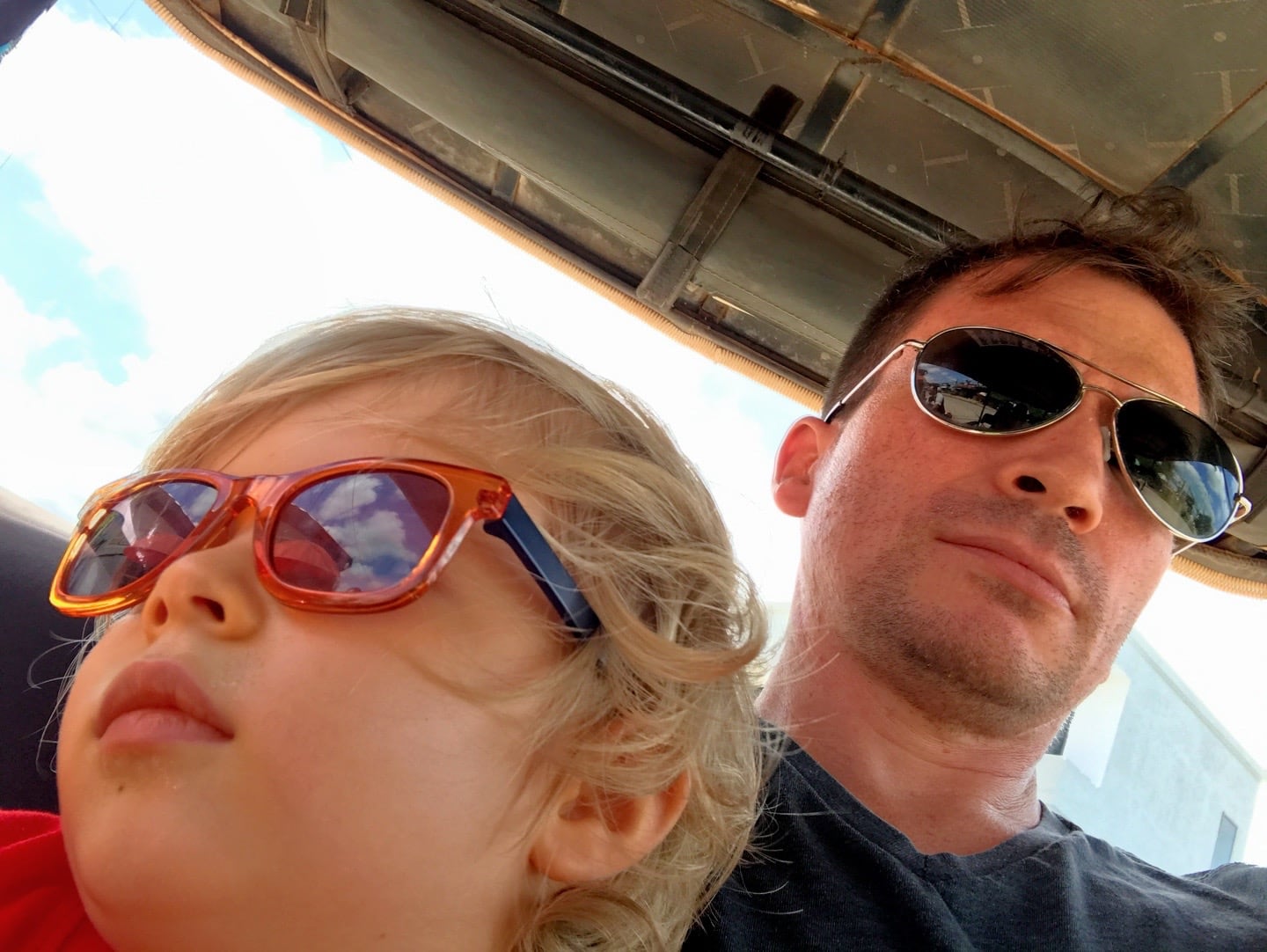
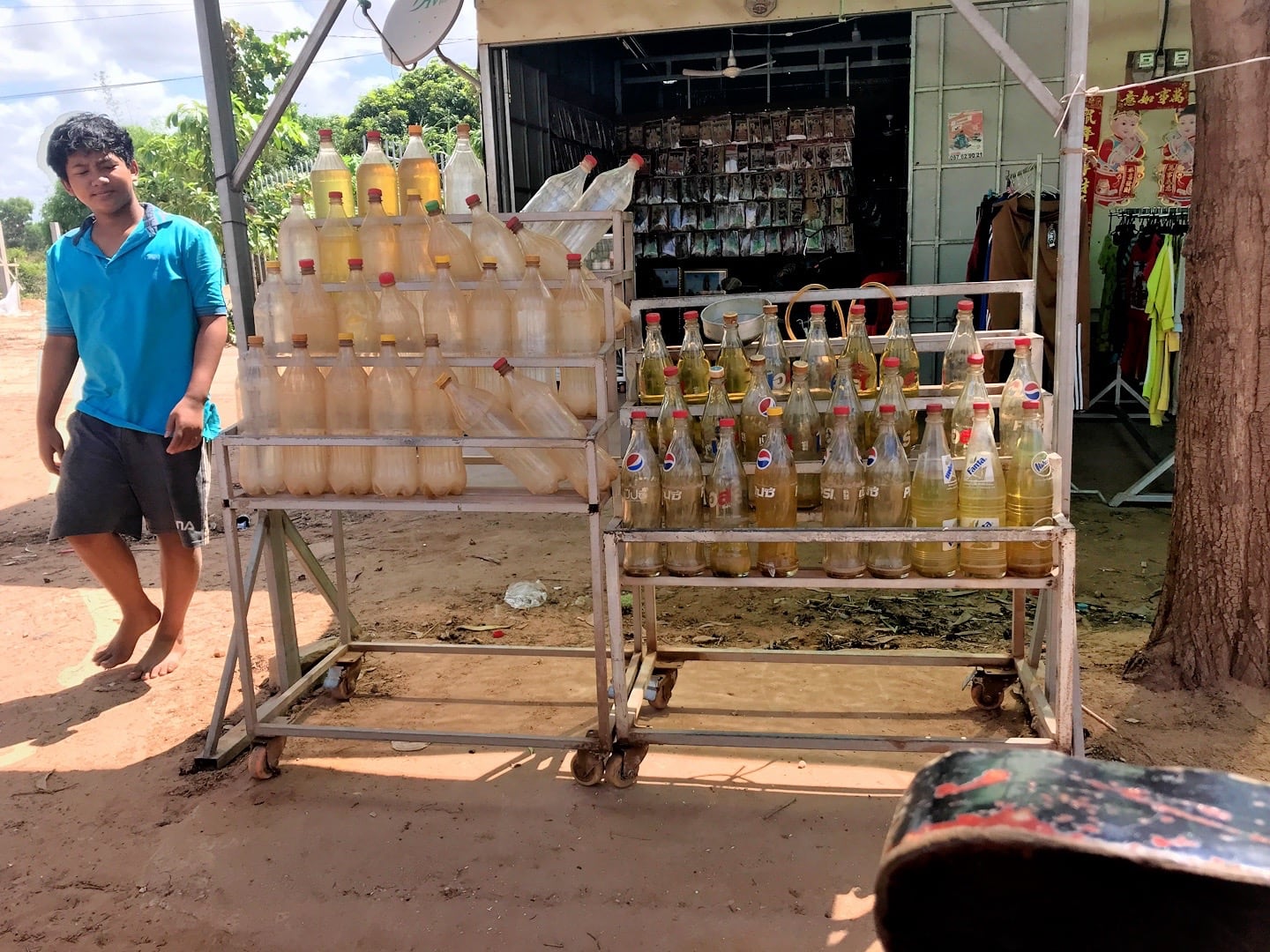
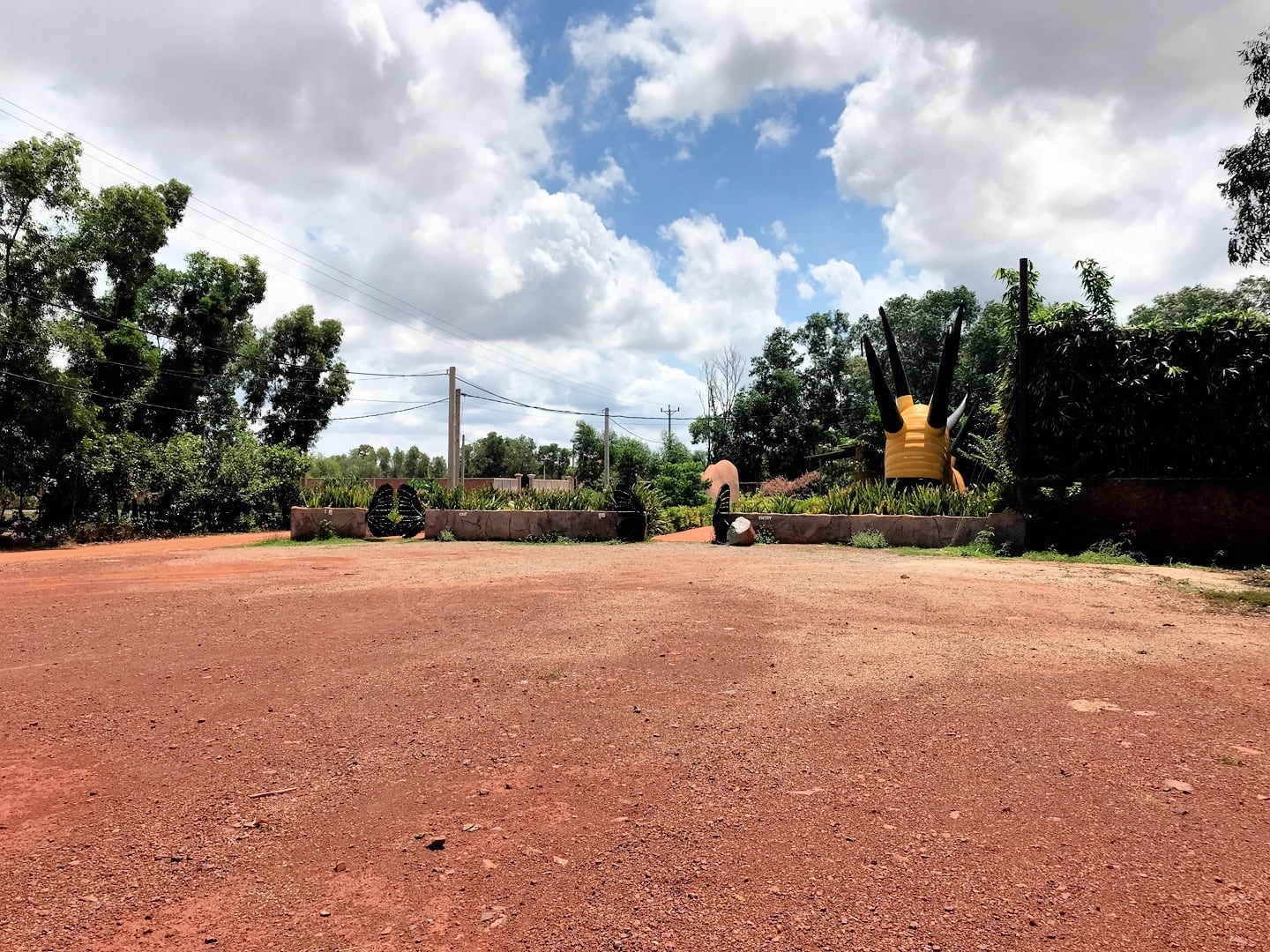
Though we had called ahead to confirm that they were in fact open today, the vacant parking lot didn’t inspire confidence.
But sure enough, they were open for business. Admission was half price and we had the place to ourselves.
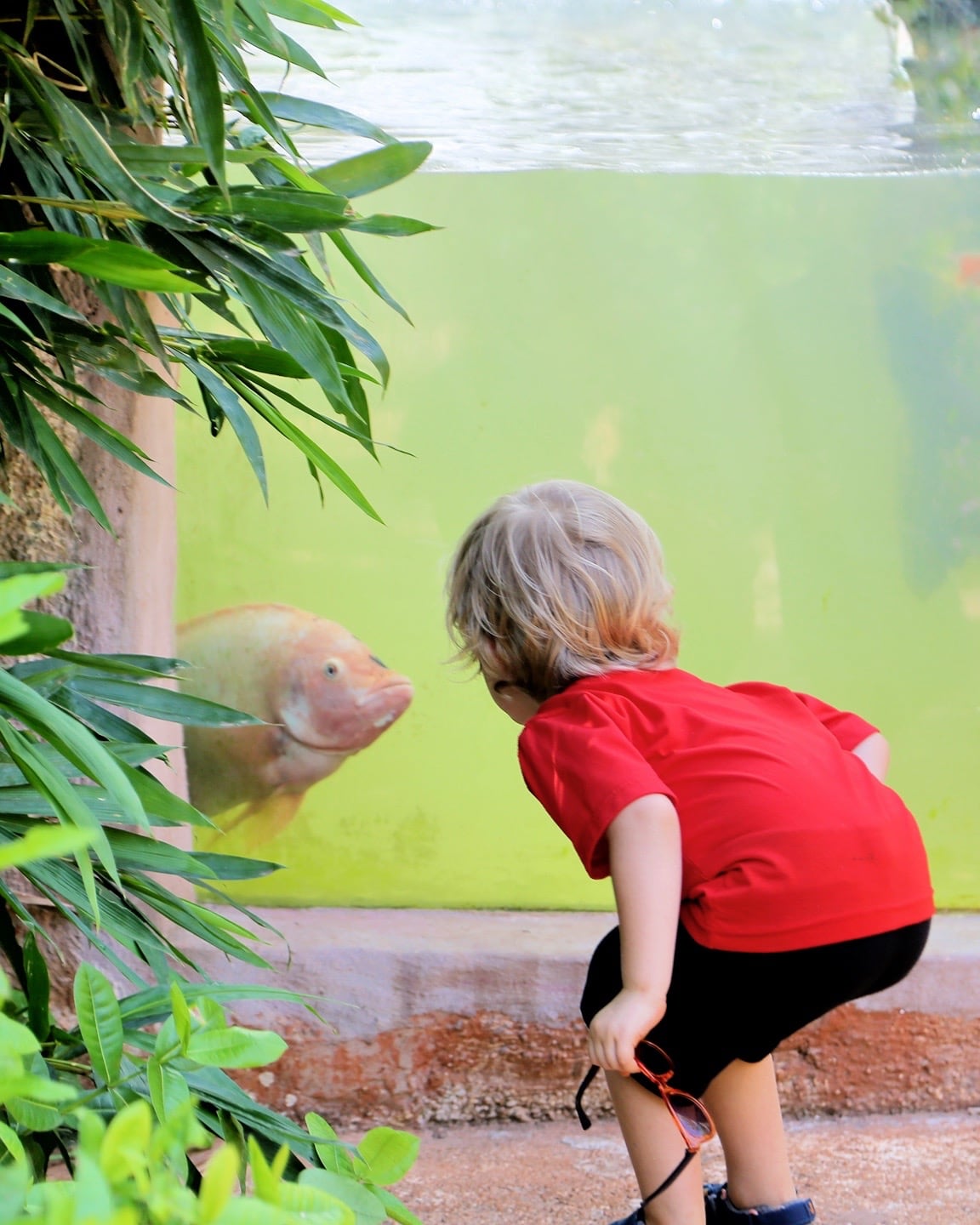
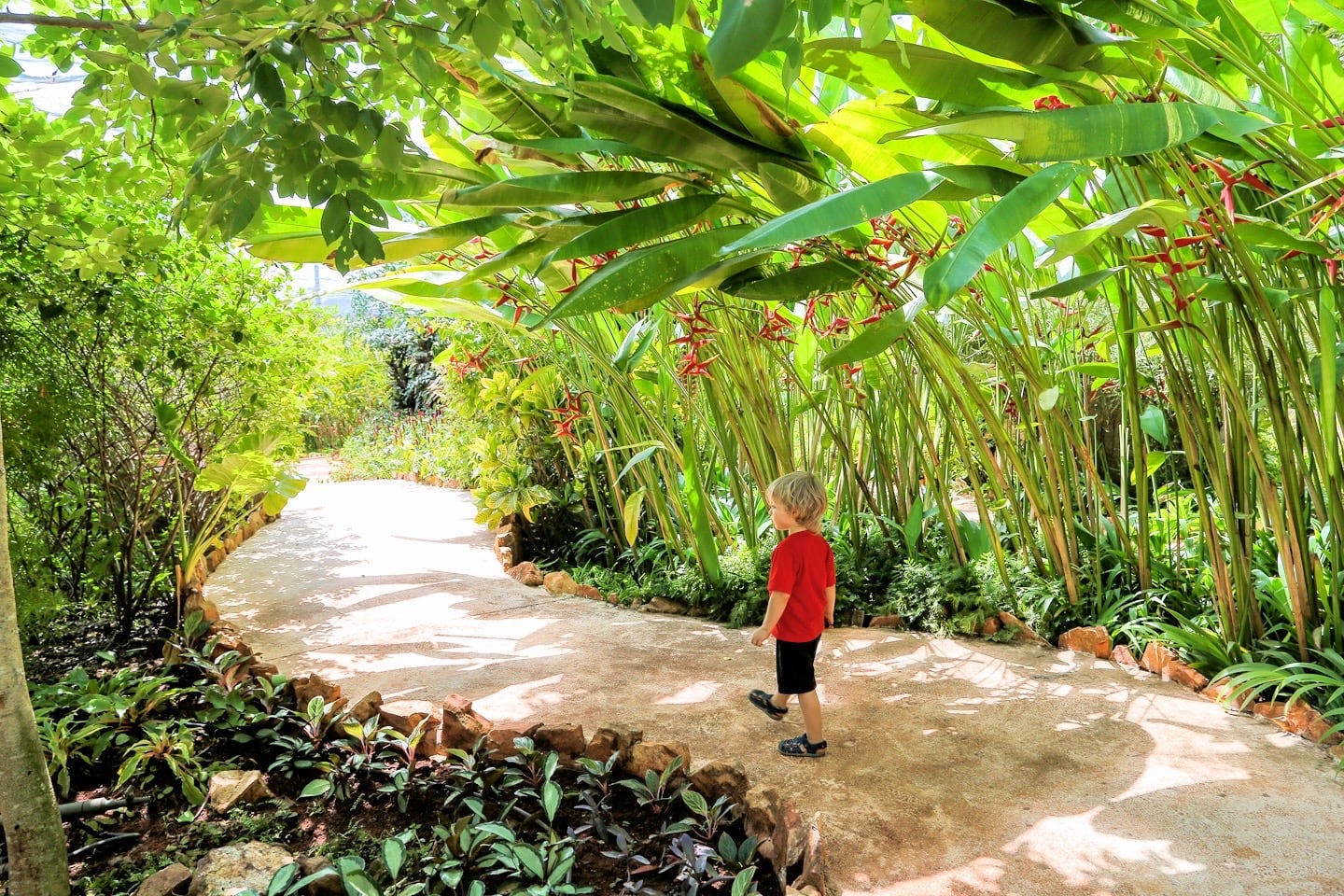
The grounds are lush and well maintained, and it was certainly worth the trip and price of admission. But the number of butterflies was a disappointment.
I’m sure operating under COVID has something to do with it, but I also know we’ve been spoiled to some extent with visits to places like Entopia in Penang and even Banteay Srey Butterfly Centre north of Siem Reap, which seemed to have a lot more to offer when we visited in 2012. We opted not to visit the Banteay Srey this time around because its much farther from town than Butterfly Paradise.
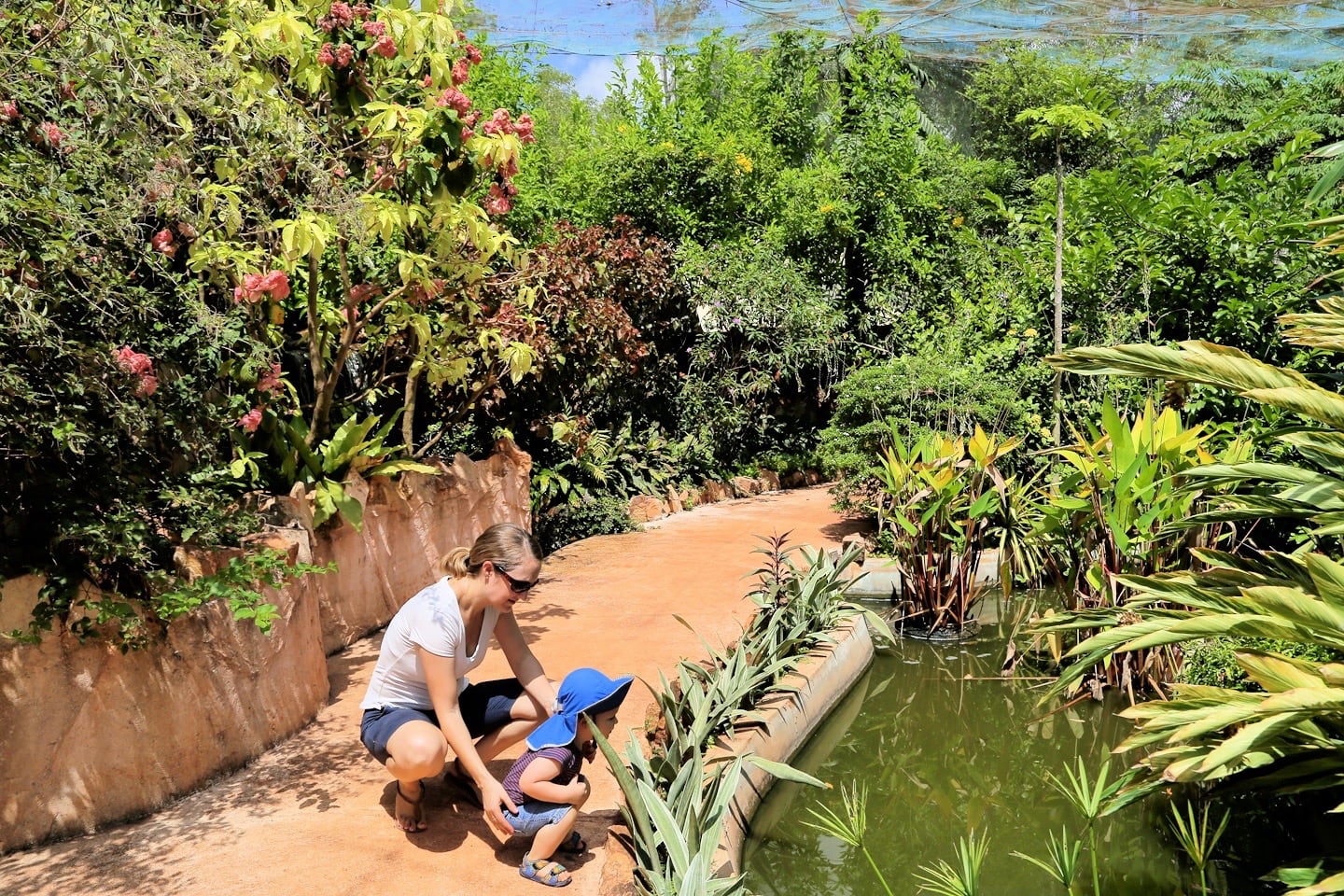
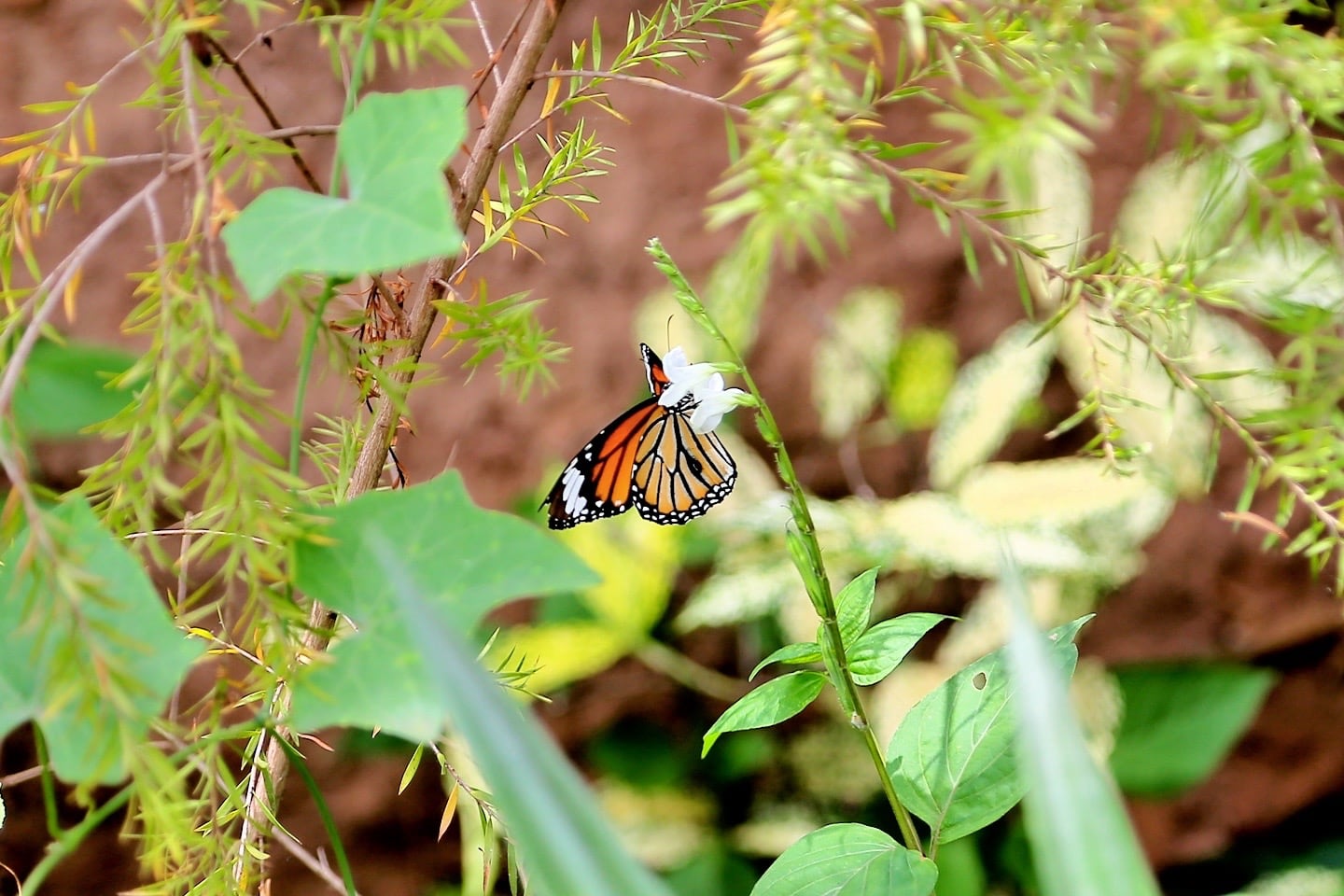
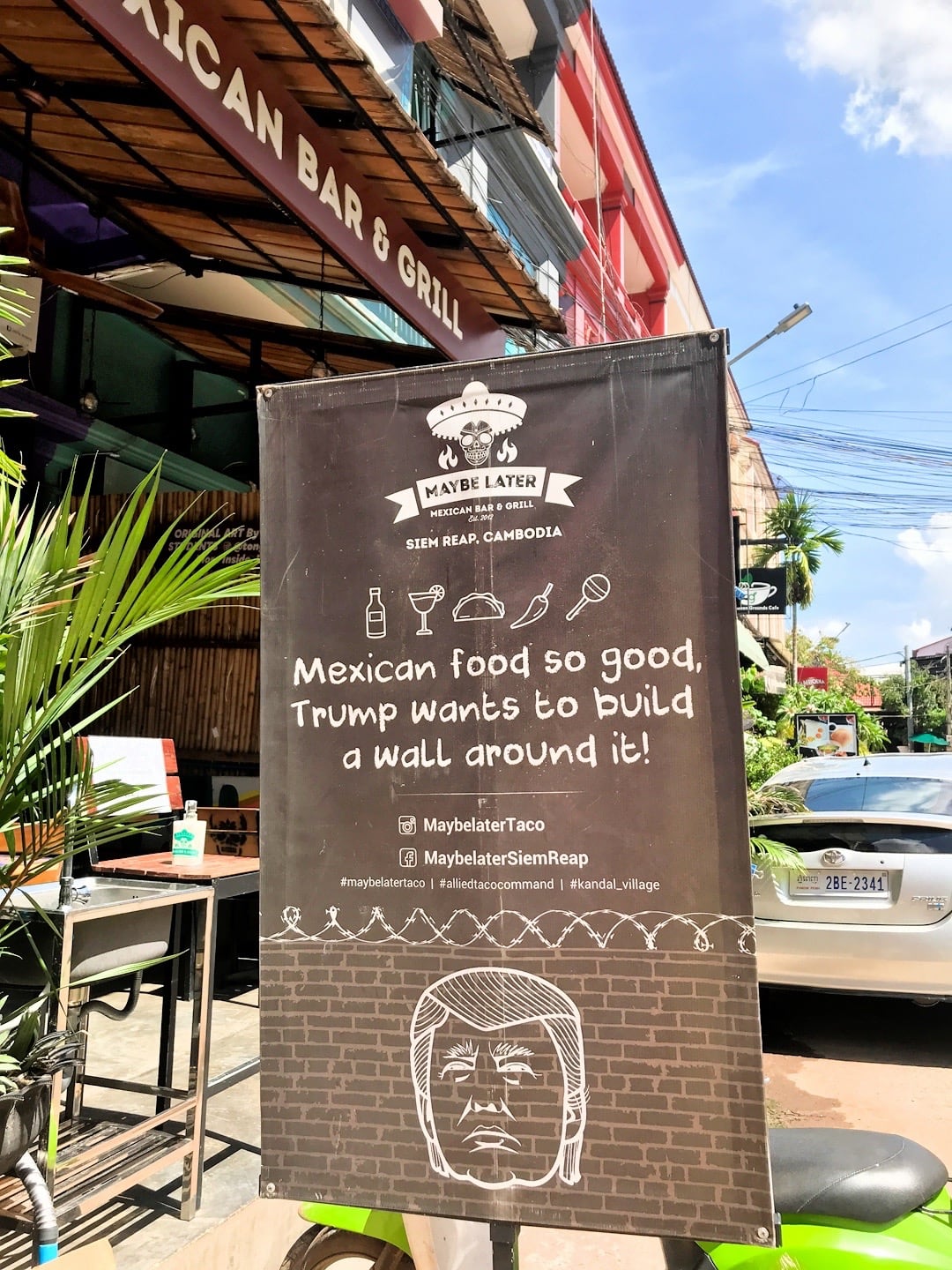
Friday Night in Siem Reap in the Time of COVID
Most people don’t come to Siem Reap for the Mexican food. But given the options, we decided to take a chance on Maybe Later and were not disappointed.
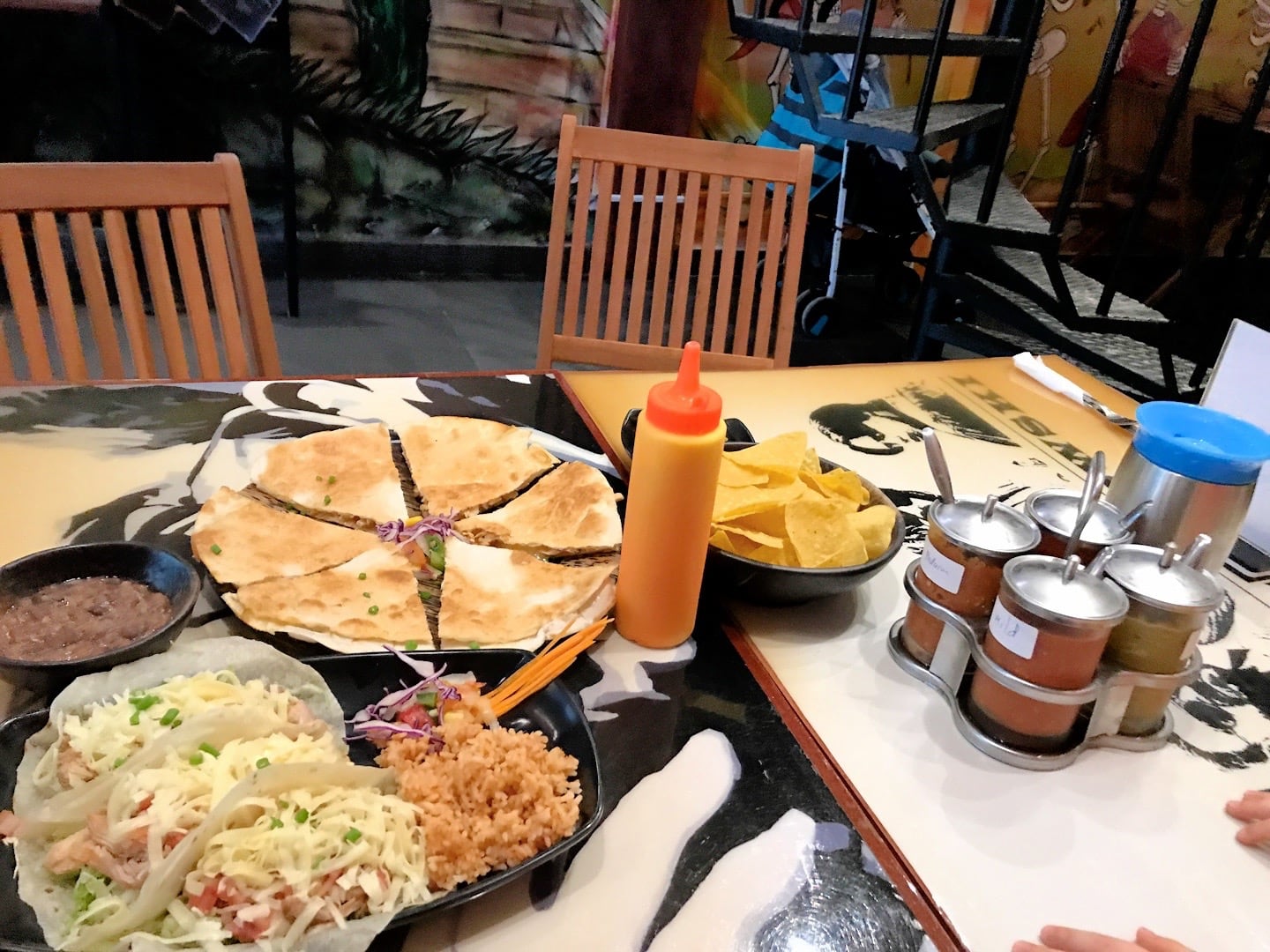
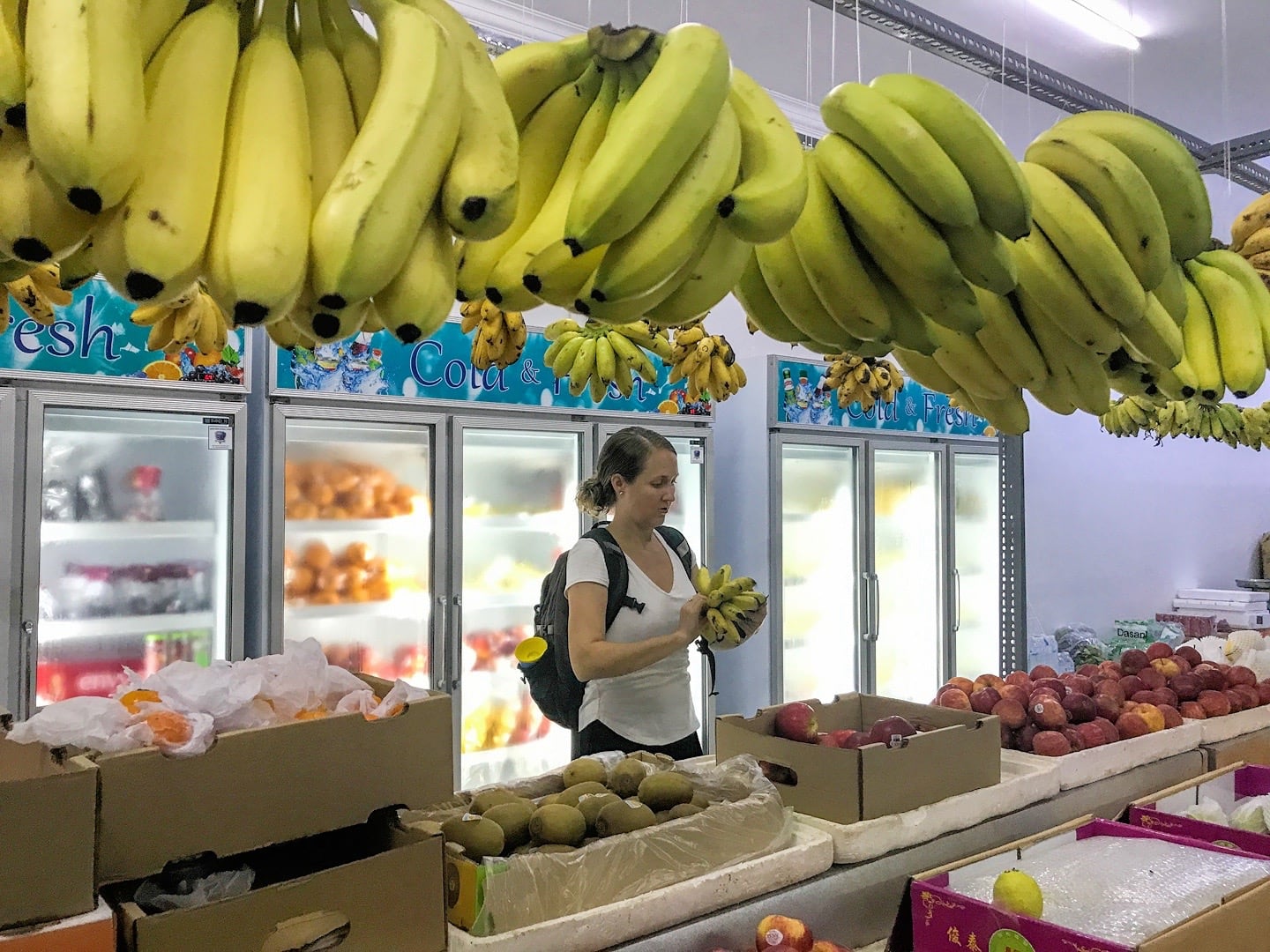
Afterwards, we grabbed some provisions at a mini mart and a small produce market that was still operational.
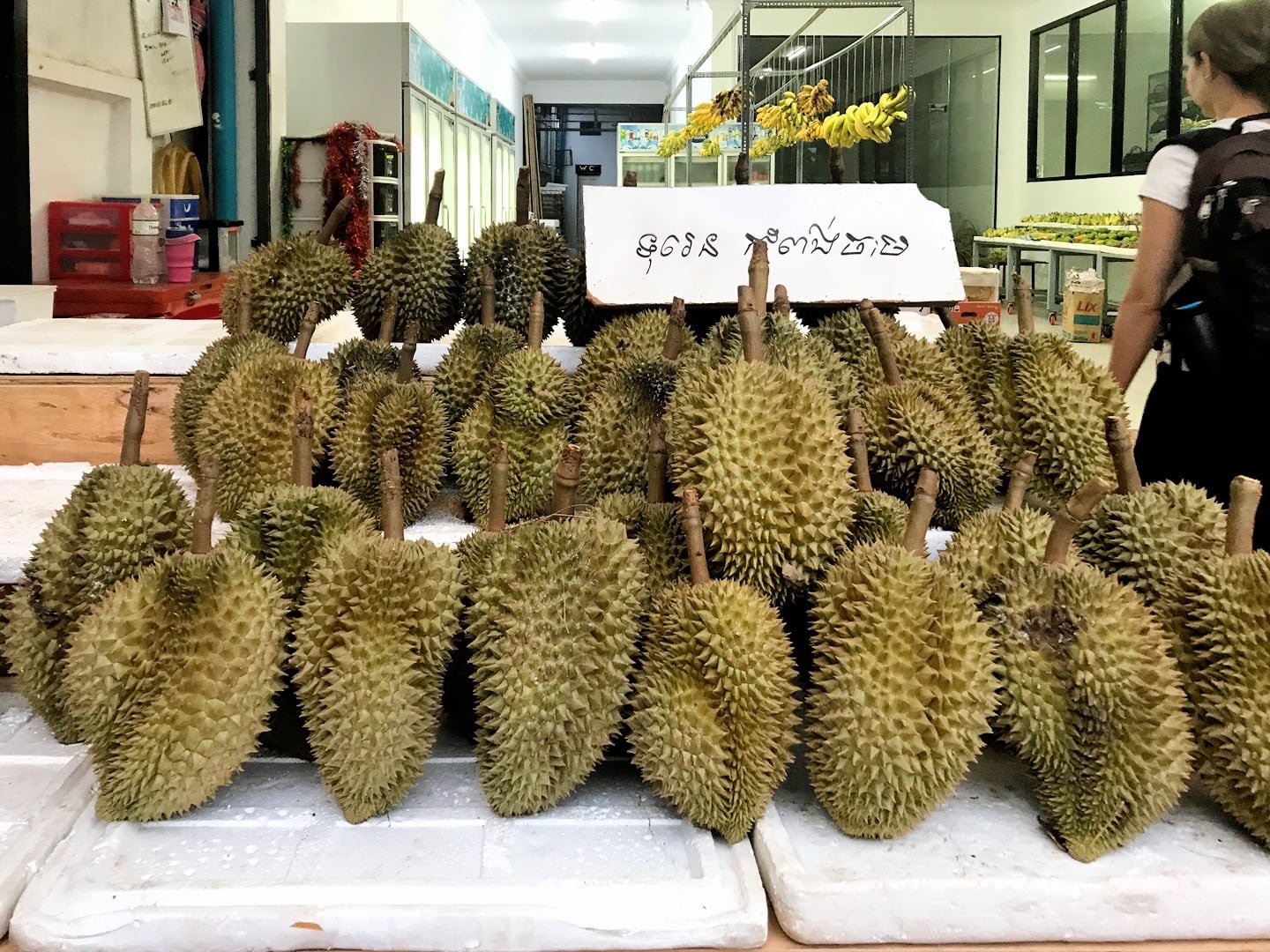
Durian season!
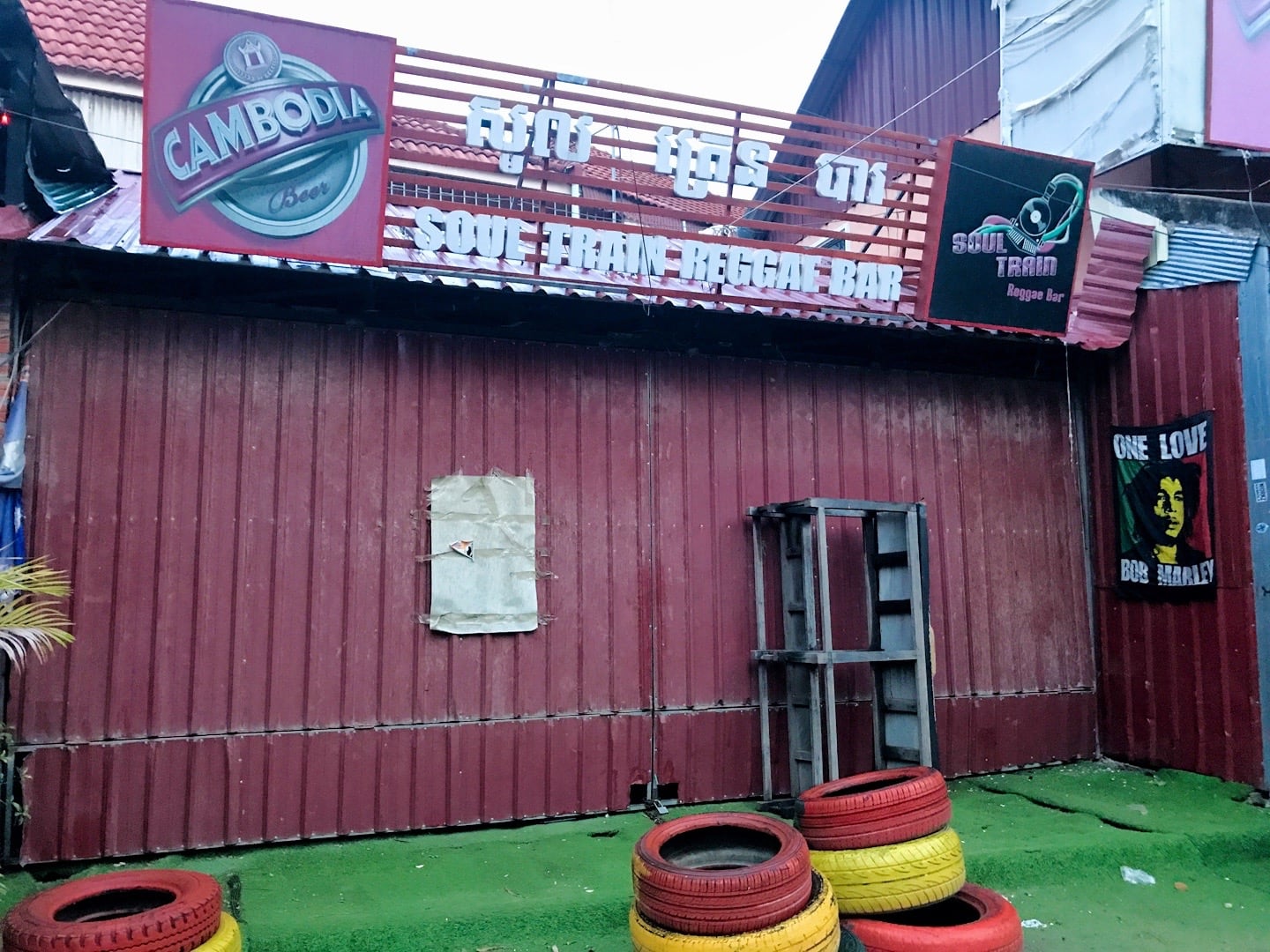
Given Noe’s love of all things Reggae, we swung by Soul Train Reggae Bar to see if it was at least semi-functional. Alas, it was not. So we moved on to Siem Reap’s famous Pub Street to see what we could find.
In normal times, Pub Street can look like this:
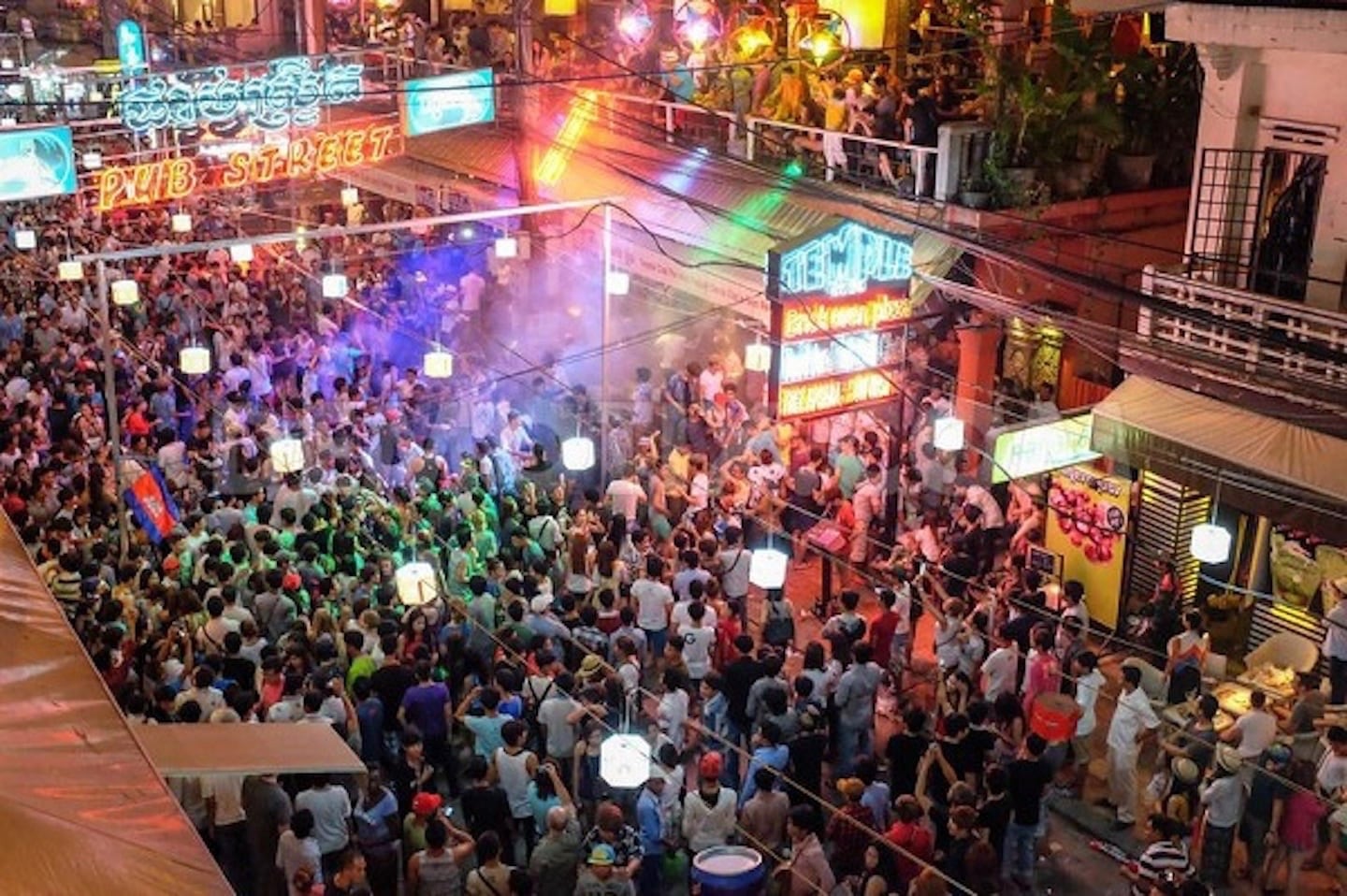
But on this particular Friday evening, this was the scene:
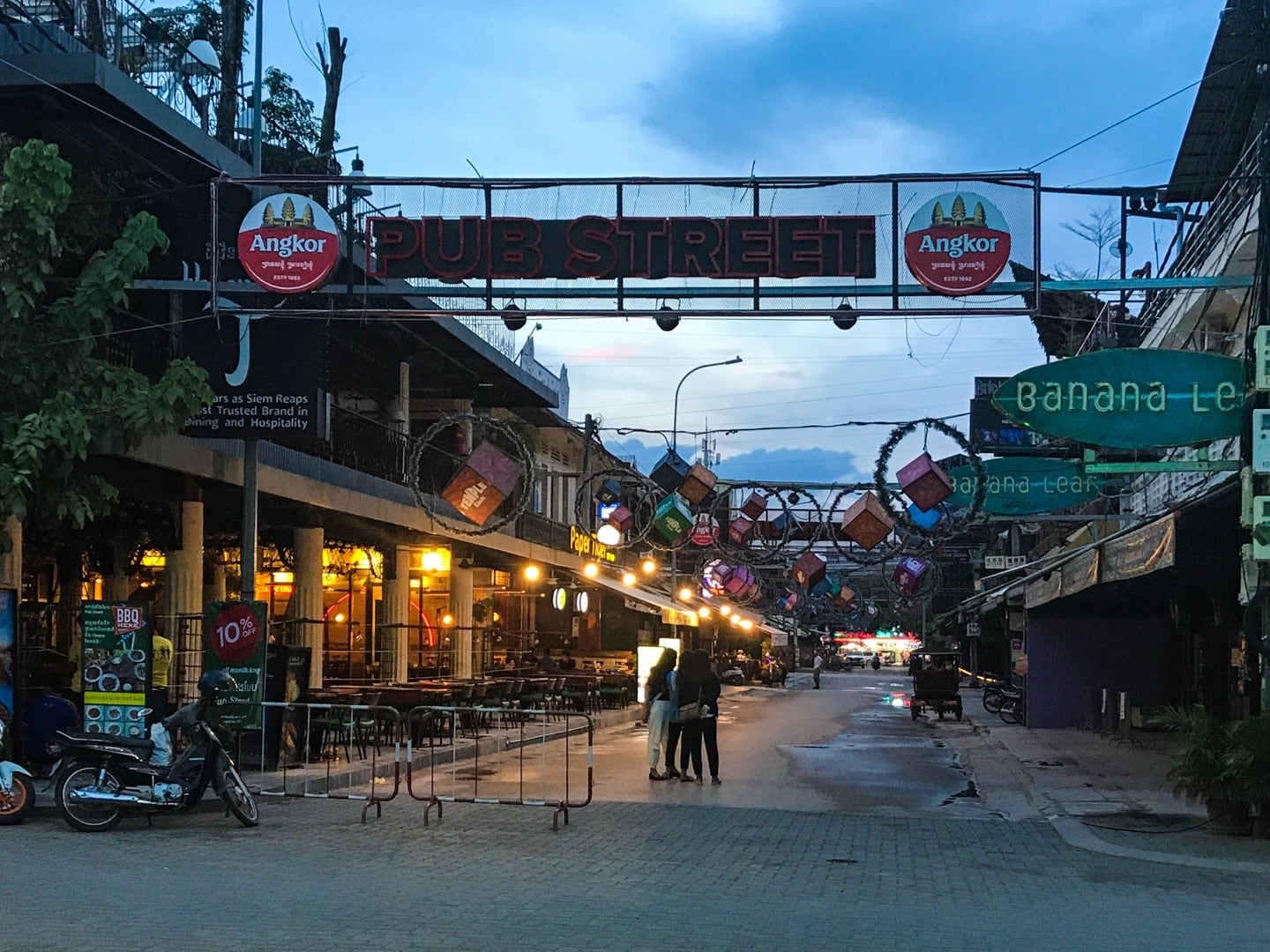
So…we continued on to Asana Old Wooden House cocktail bar, which we’d definitely recommend for the vibe and unique local cocktail offerings.
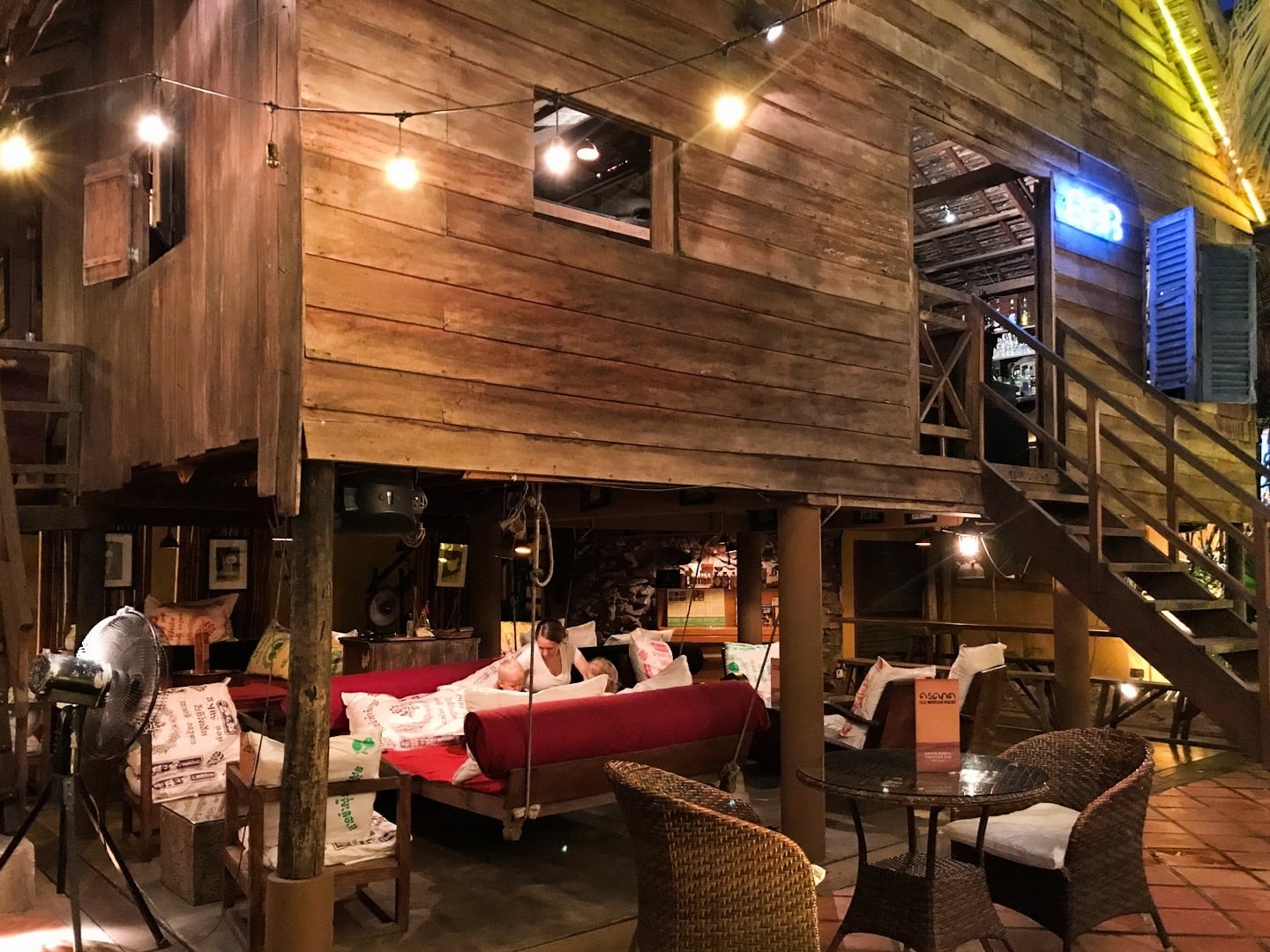
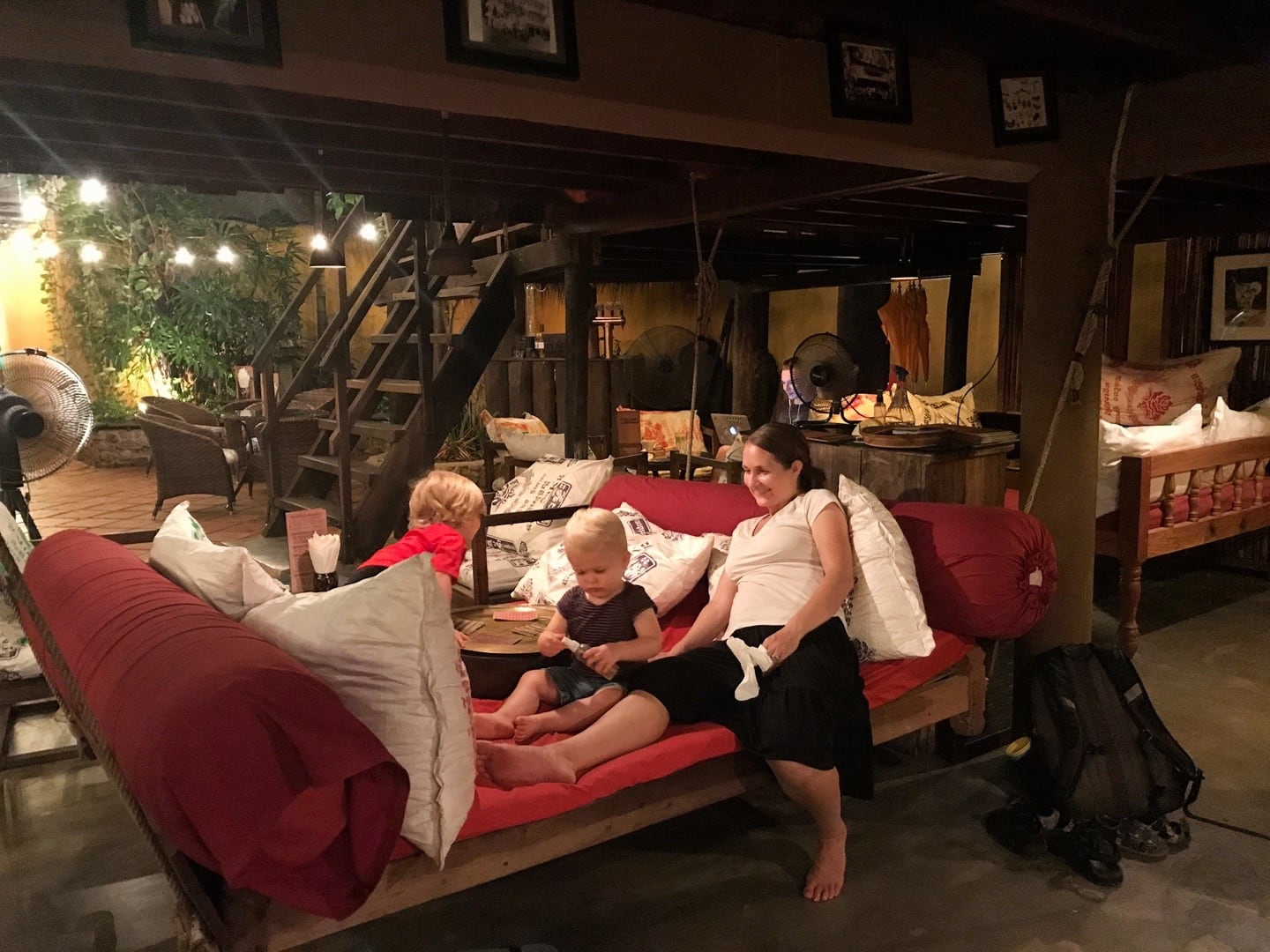
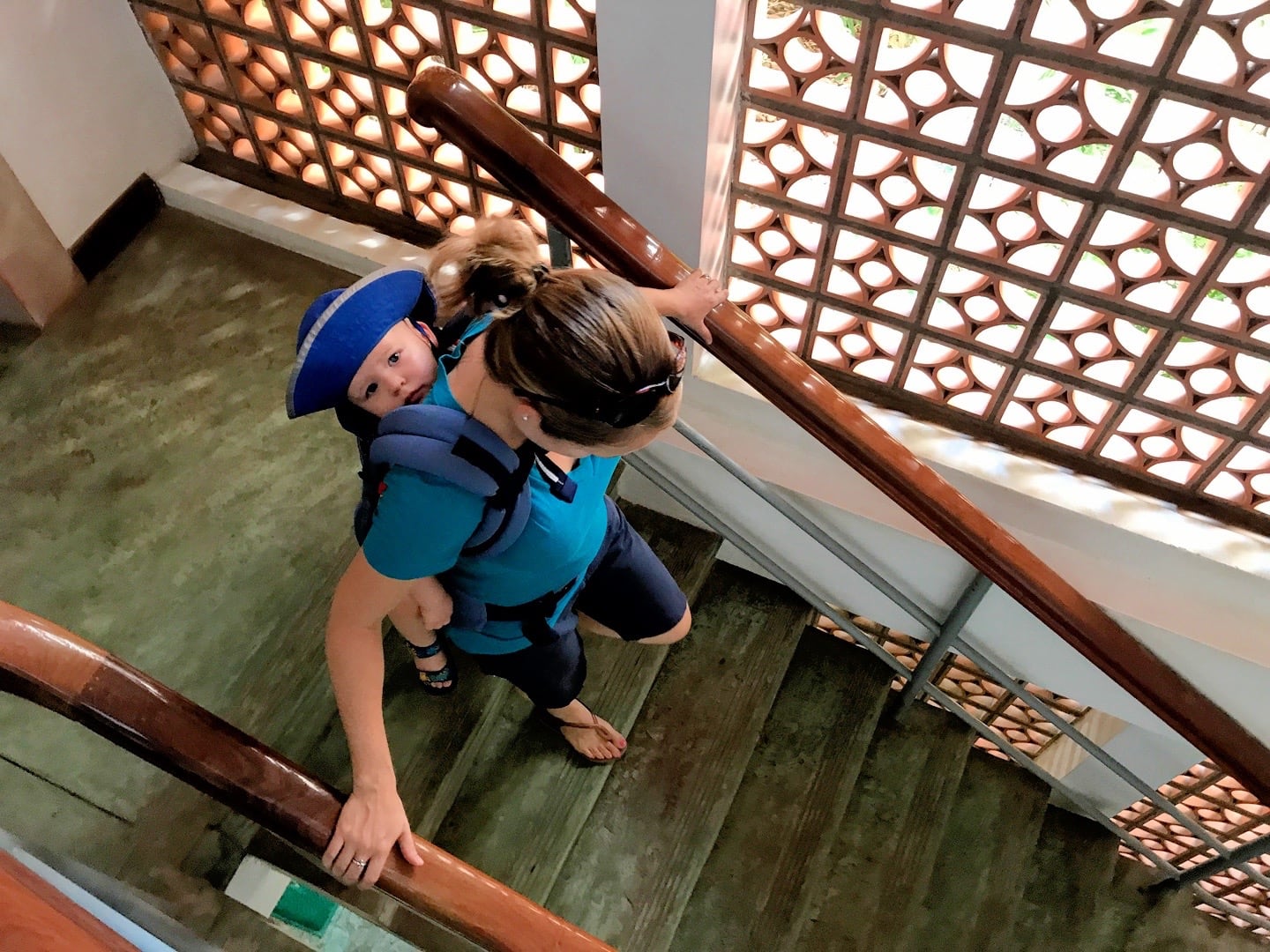
A Saturday Out & About (in the Time of Covid)
As you might expect, Saturdays are usually pretty busy in Siem Reap. In addition to the never-ending stream of tourist buses, Saturdays are a big day for local residents to head to the market and visit the parks and temples in town from the surrounding areas. Weekends are also a popular time for expats and Cambodians with means to visit the temples and take advantage of Siem Reaps foodie culture.
That’s all of course in “normal” times.
Today, well, things look a bit different.
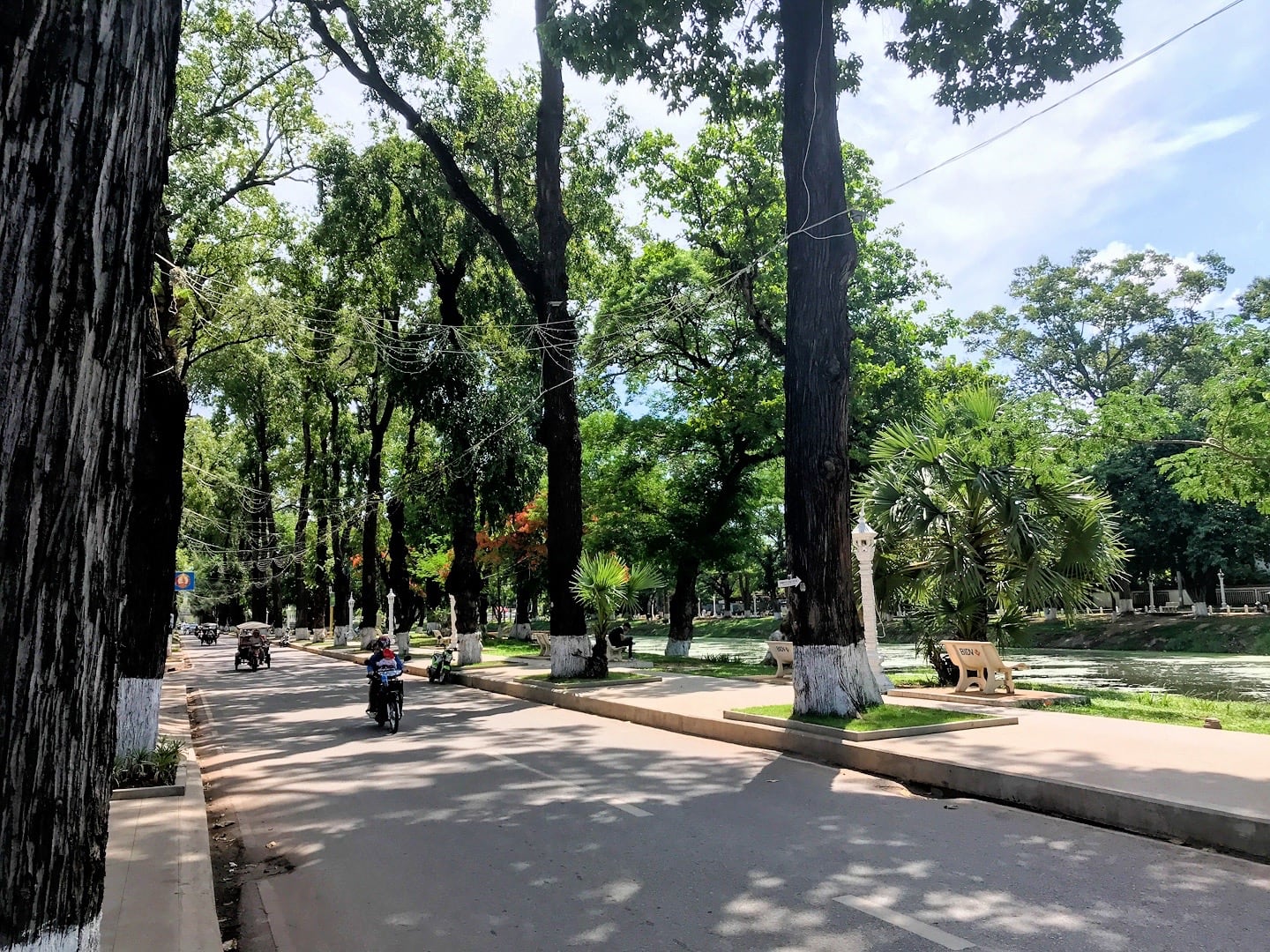
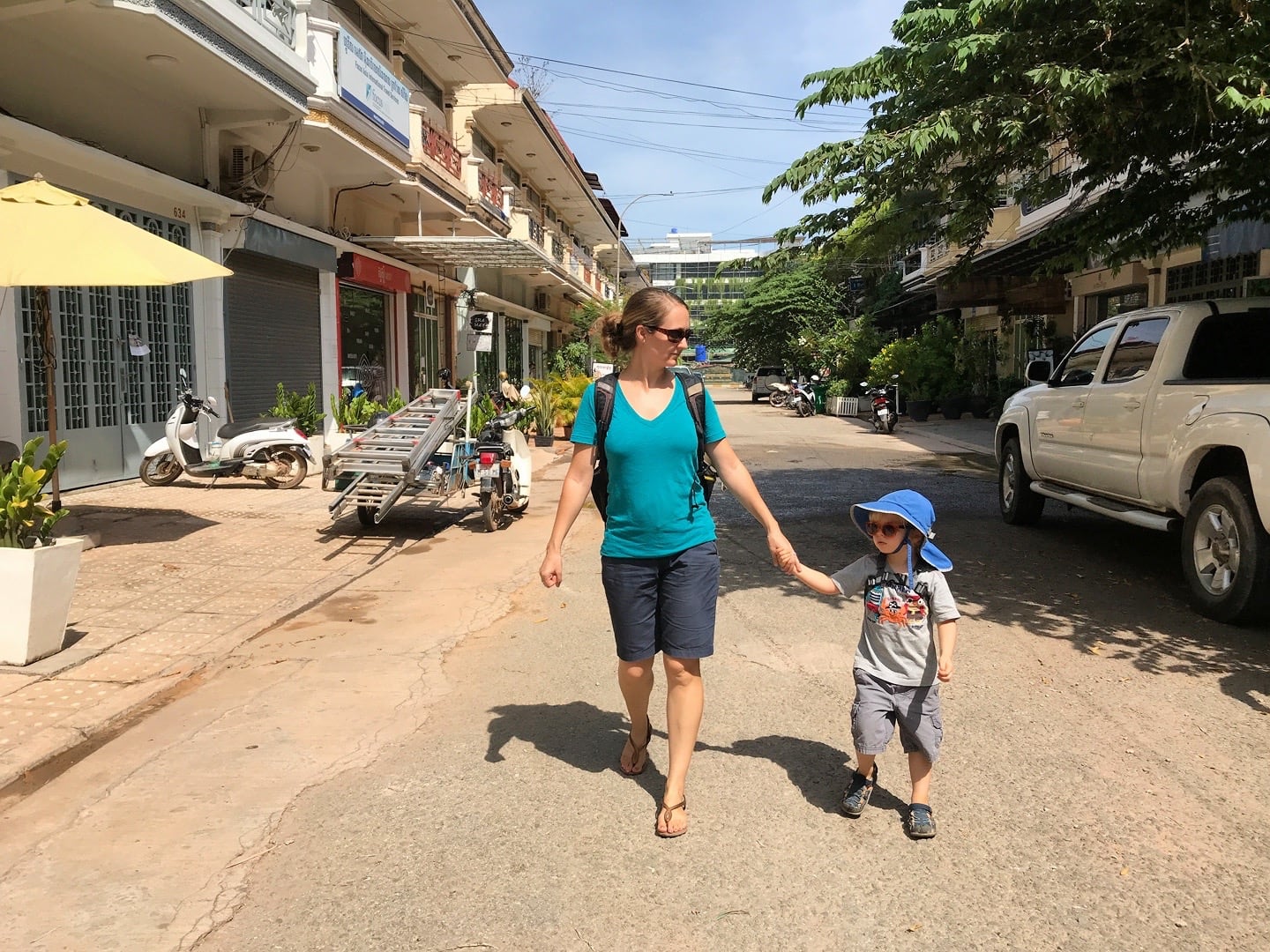
Here, we’re walking through one of the newer hipster/ boutique shop enclaves in Siem Reap, Kandal Village. This neighborhood (and more specifically, this street) have received a ton of buzz in recent years. Today, things are pretty quiet.
I can’t even imagine how sad and frustrating it must be for the business owners here who have spent the past couple of years heavily investing in this drag only to watch it all evaporate overnight.
Sure, the pandemic will end eventually, and tourism will most certainly return. But few current business owners in Cambodia have the resources or safety nets to weather a prolonged downturn.
Phnom Penh is a primate capital city that relies very little on tourism. Siem Reap, on the other hand, relies almost exclusively on [mostly] foreigners to come to this country and support their businesses. Given the current restrictions on tourist visas and entry requirements, that seems unlikely to change any time soon.
I can’t say I’ve ever walked down so many streets of broken dreams all in succession and where the effects are so recent and raw. To understand how far Siem Reap has fallen, you must also understand its recent past — characterized by years of acute terror and devastation, decades of economic upheaval and stagnation, capped off by a decade of meteoric economic growth and prosperity, and unparalleled optimism for the future that came to an abrupt halt in March.
This morning, we stop by one of the few businesses currently operating, The Little Red Fox.
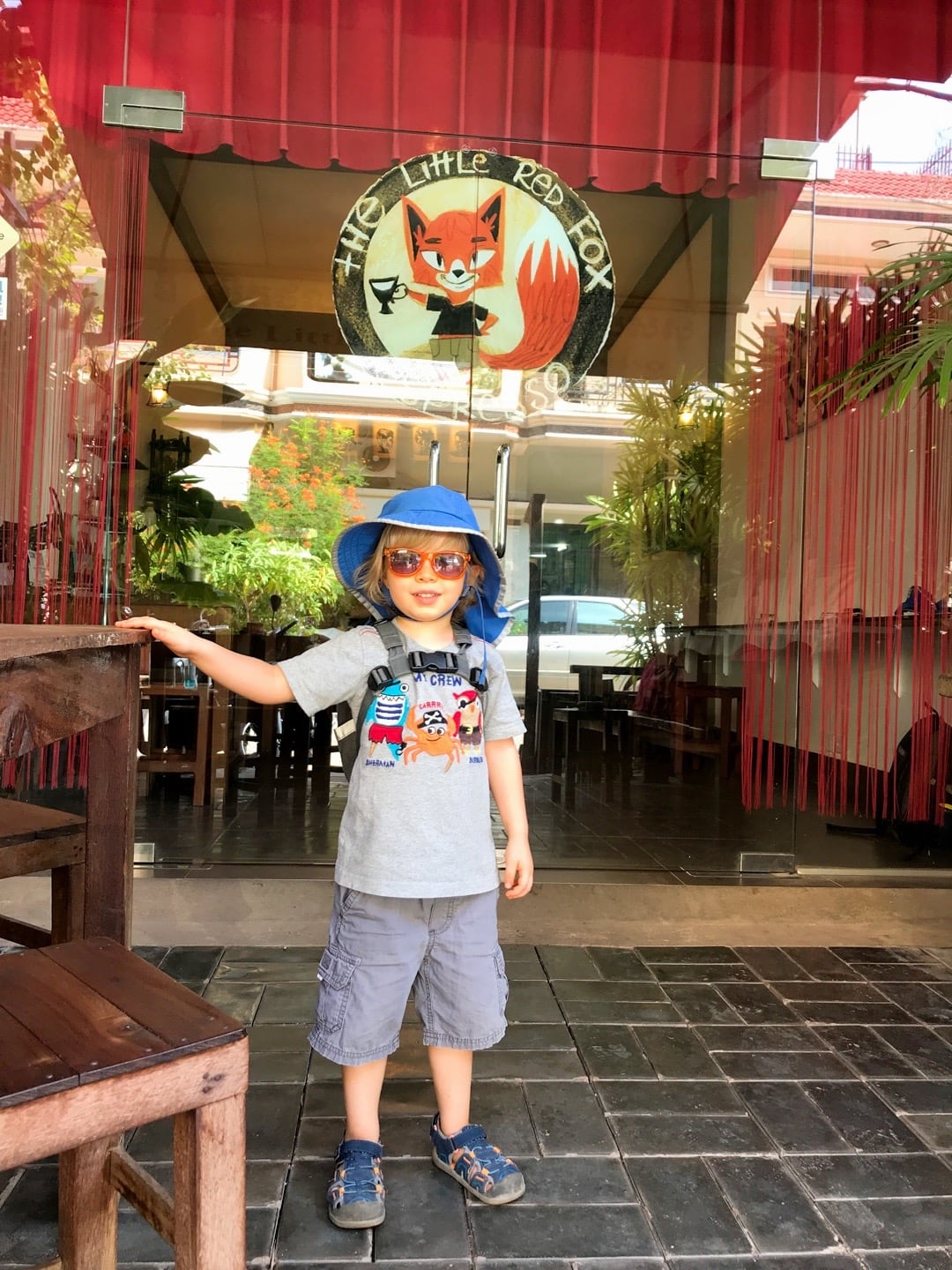
We’d only have great things to say about this place, if it weren’t for the fact that their seating was about as toddler unfriendly as any place we’ve visited.
It’s no longer a huge surprise that places like these don’t have a high chair (though I still don’t understand why in Cambodia where you can get one so easily for $20 that this is so prevalent), but they didn’t even have a single chair with a back on it for our soft high chair. Just wooden stools, which are fine for Noe, but not so much for Riley.
But we made do. And the food and coffee were excellent. And Noe loved it.
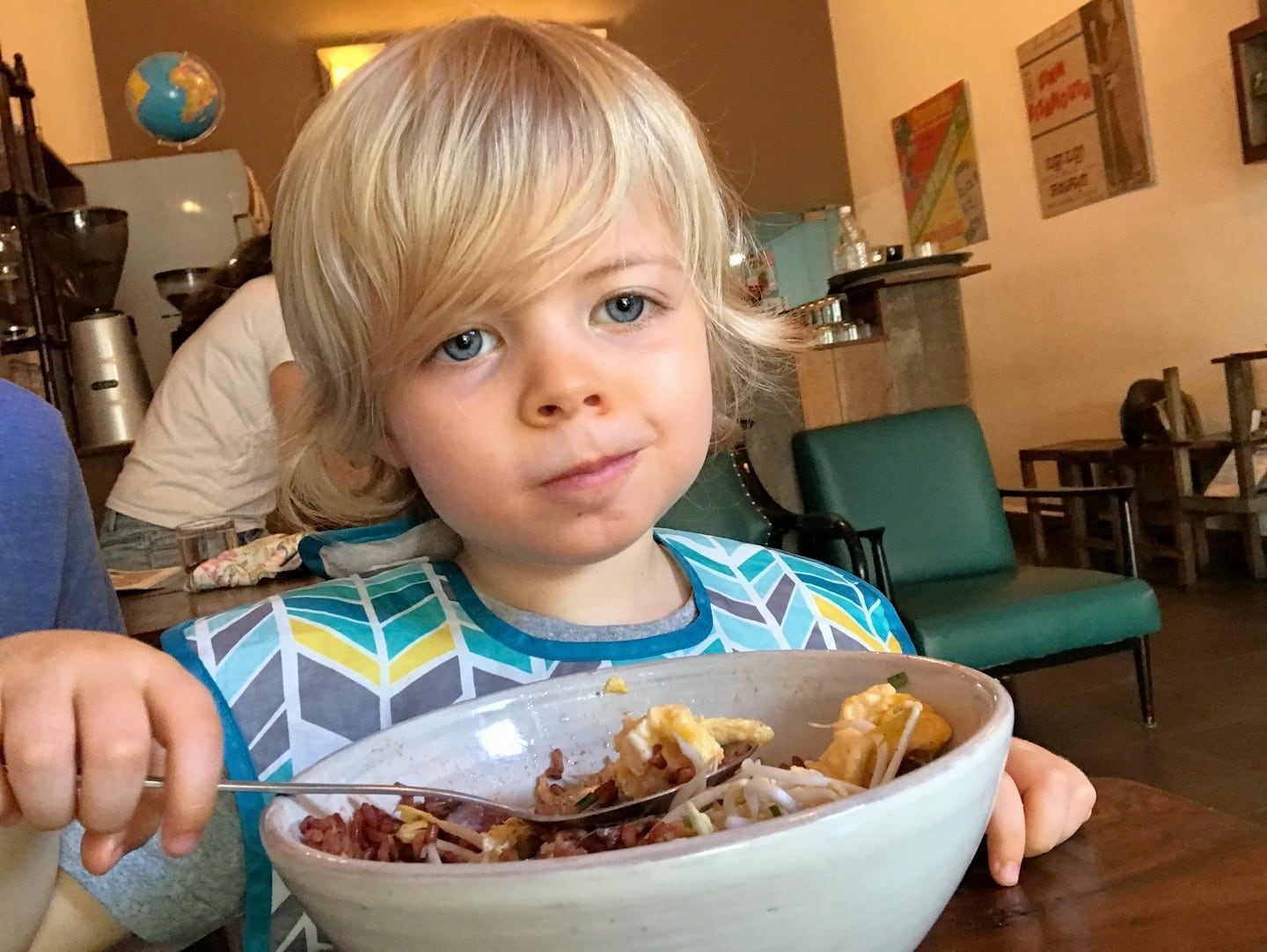
Breakfast bowls here in Cambo are a big thing. I’m not crazy about having a full Western-style breakfast tossed into a bowl for me to try to spoon out over the next thirty minutes as I’m trying to wake up. But Noe loves them.
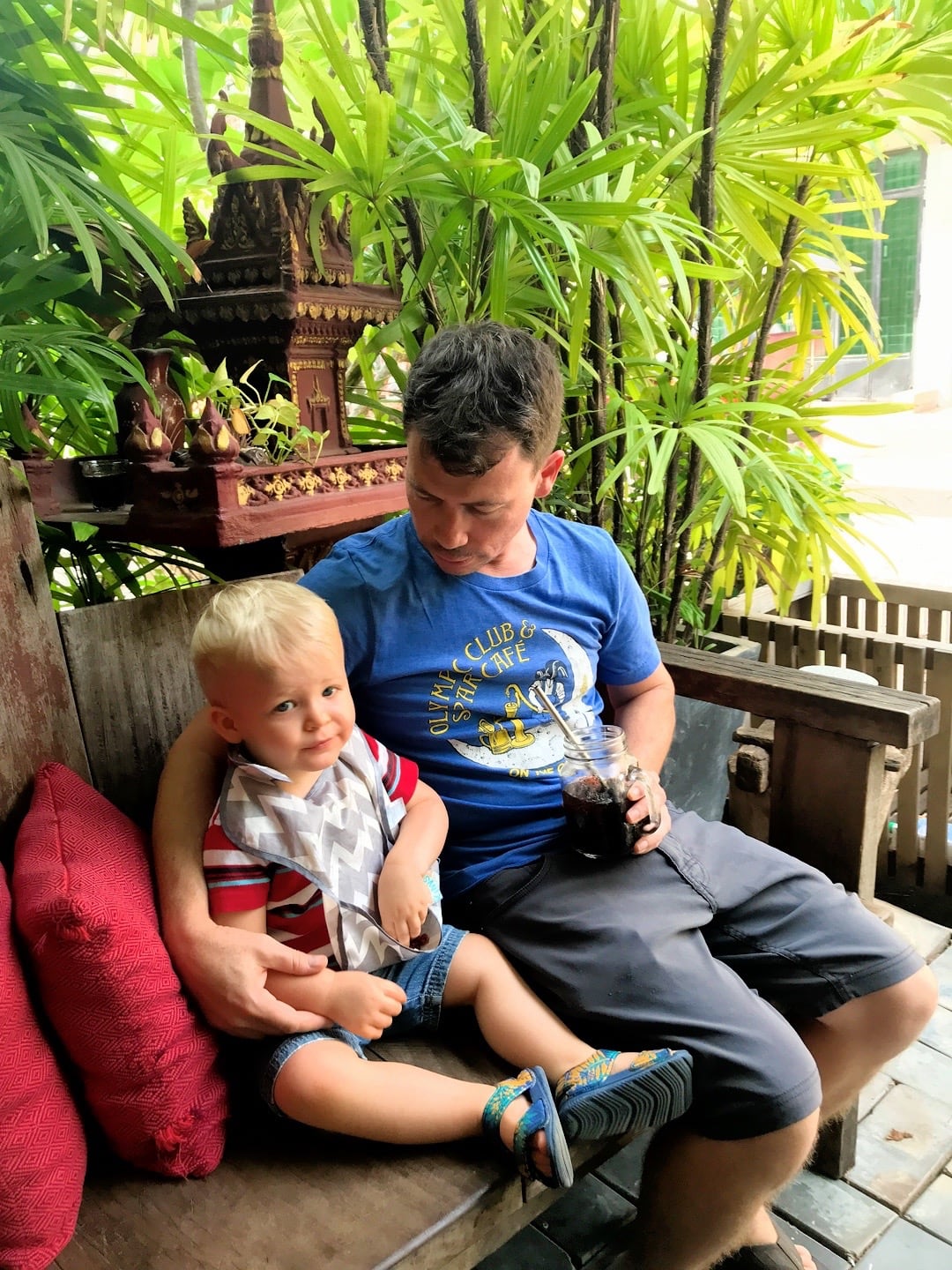
Lori and I took turns holding and feeding Riley, due to the seating constraints. Not our most relaxed breakfast ever, but also not our worst. Once we realized Riley was much less antsy sitting outside on the bench, it made our lives much easier.
After breakfast, we continued our stroll about town.
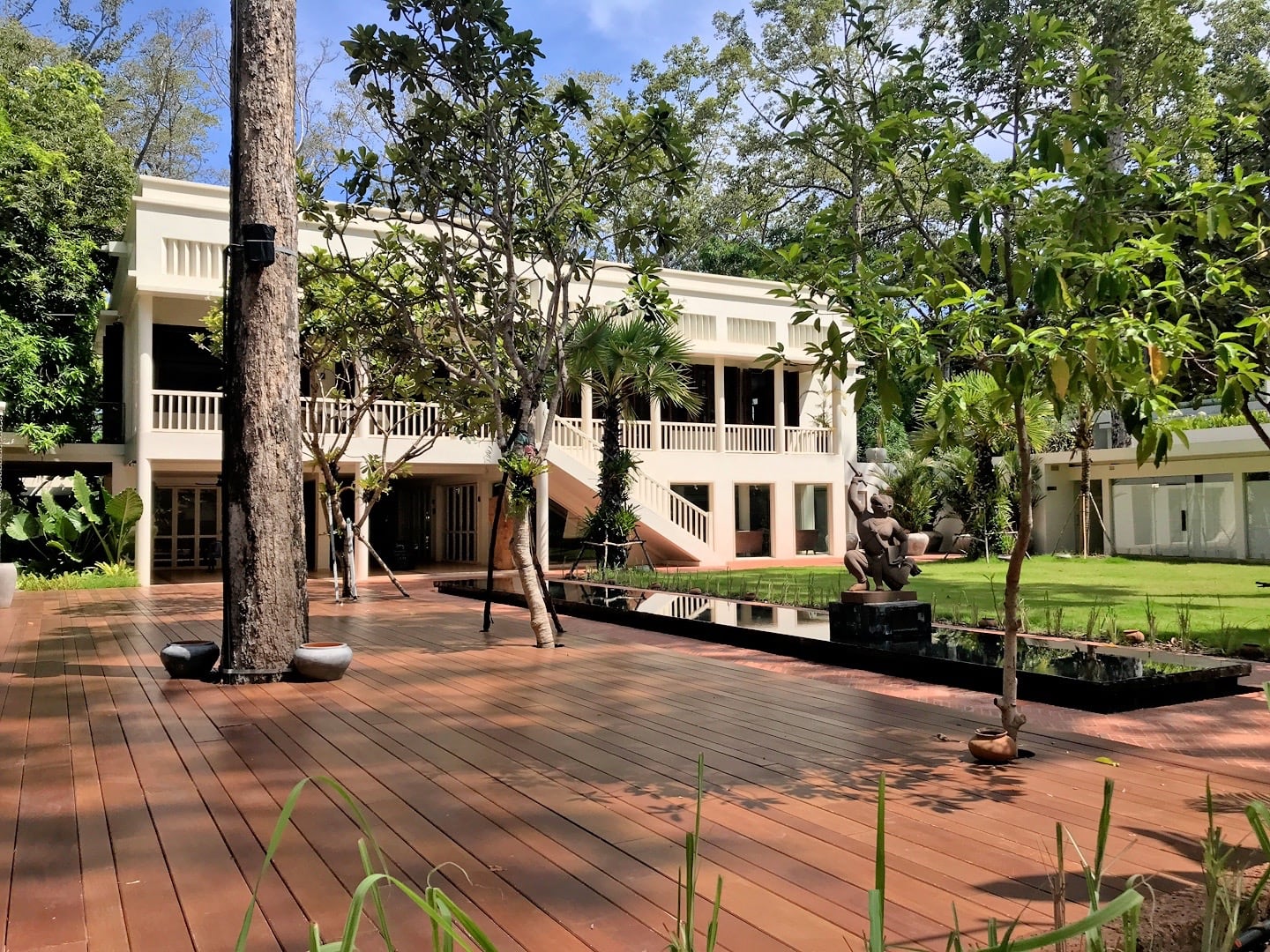
…passing landmarks like the Foreign Correspondents Club, currently shuttered.
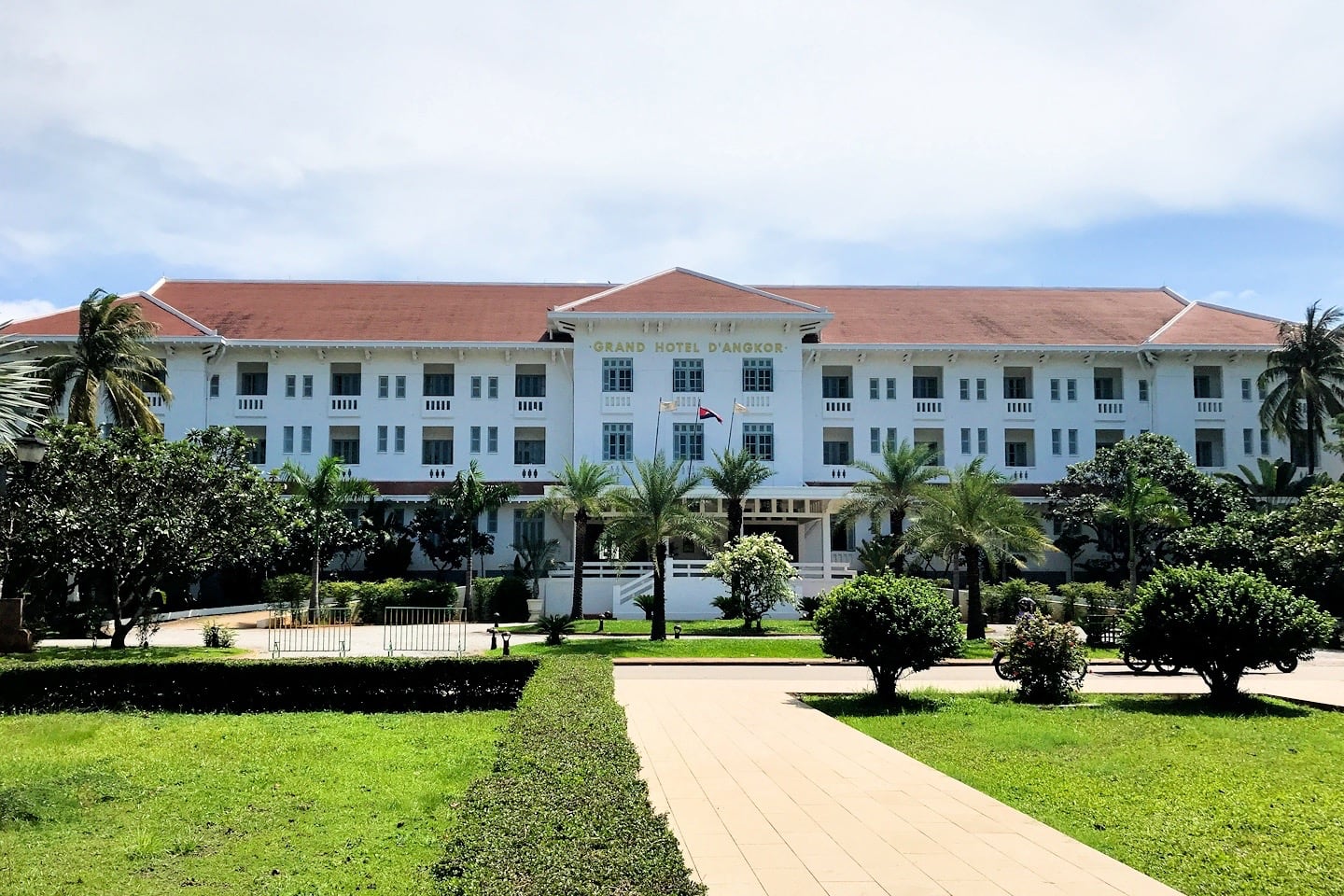
…and the colonial-era Grand Hotel d’Angkor, also closed at the moment.
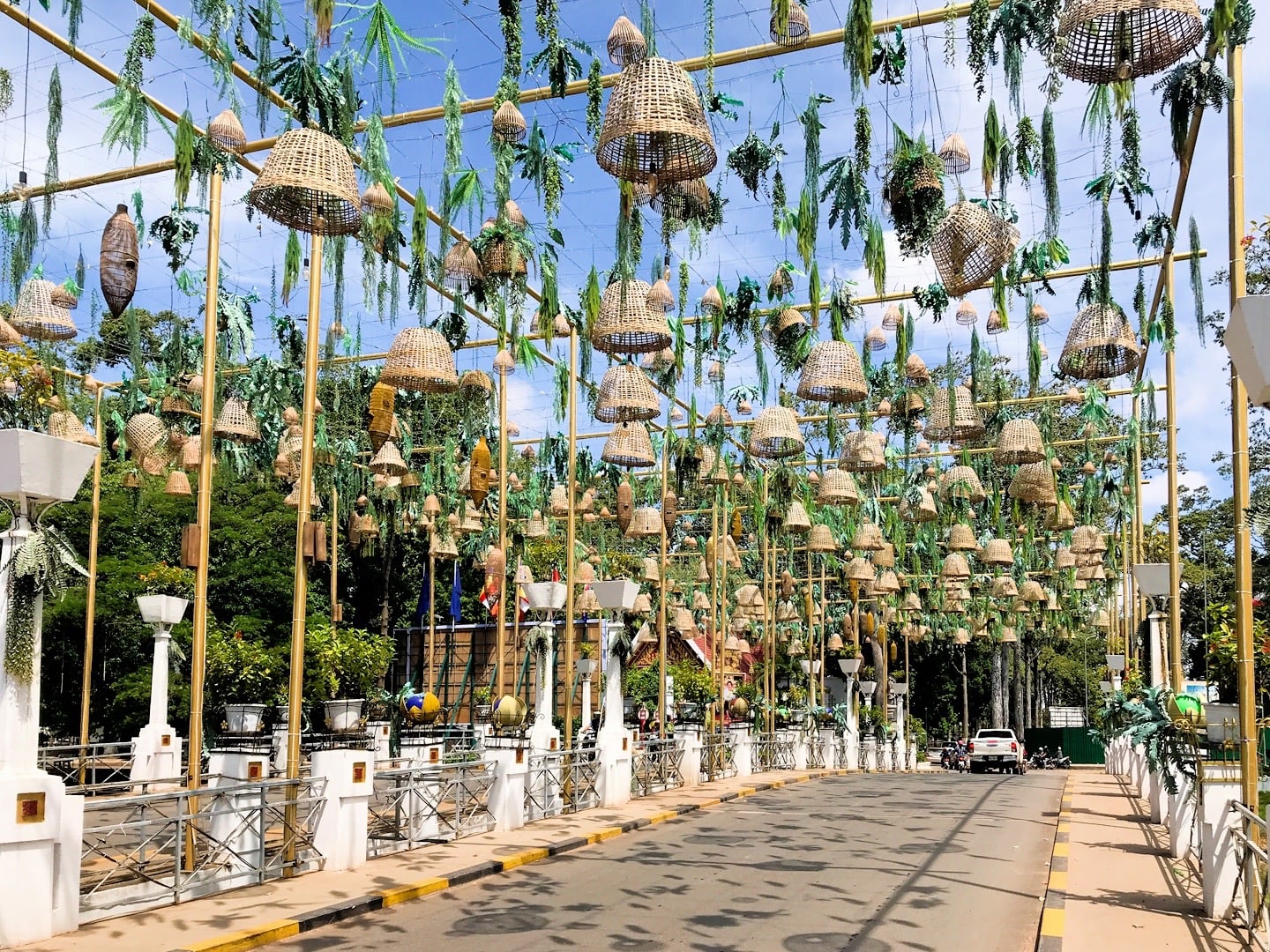
Siem Reap’s got a number of interesting and ornately decorated bridges that span the river. This one may have been our favorite.
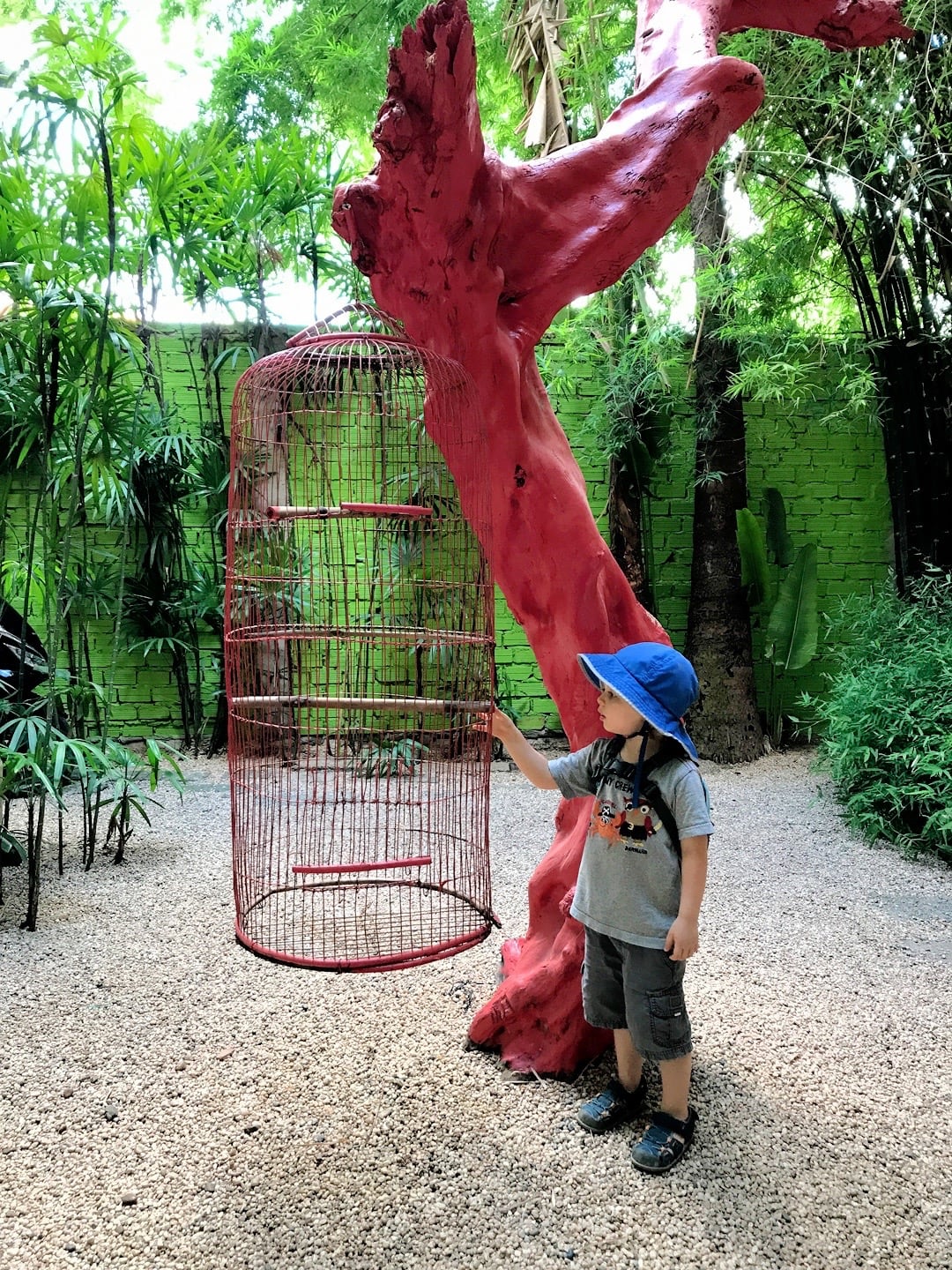
Yep, that’s just about the right size, Noe.
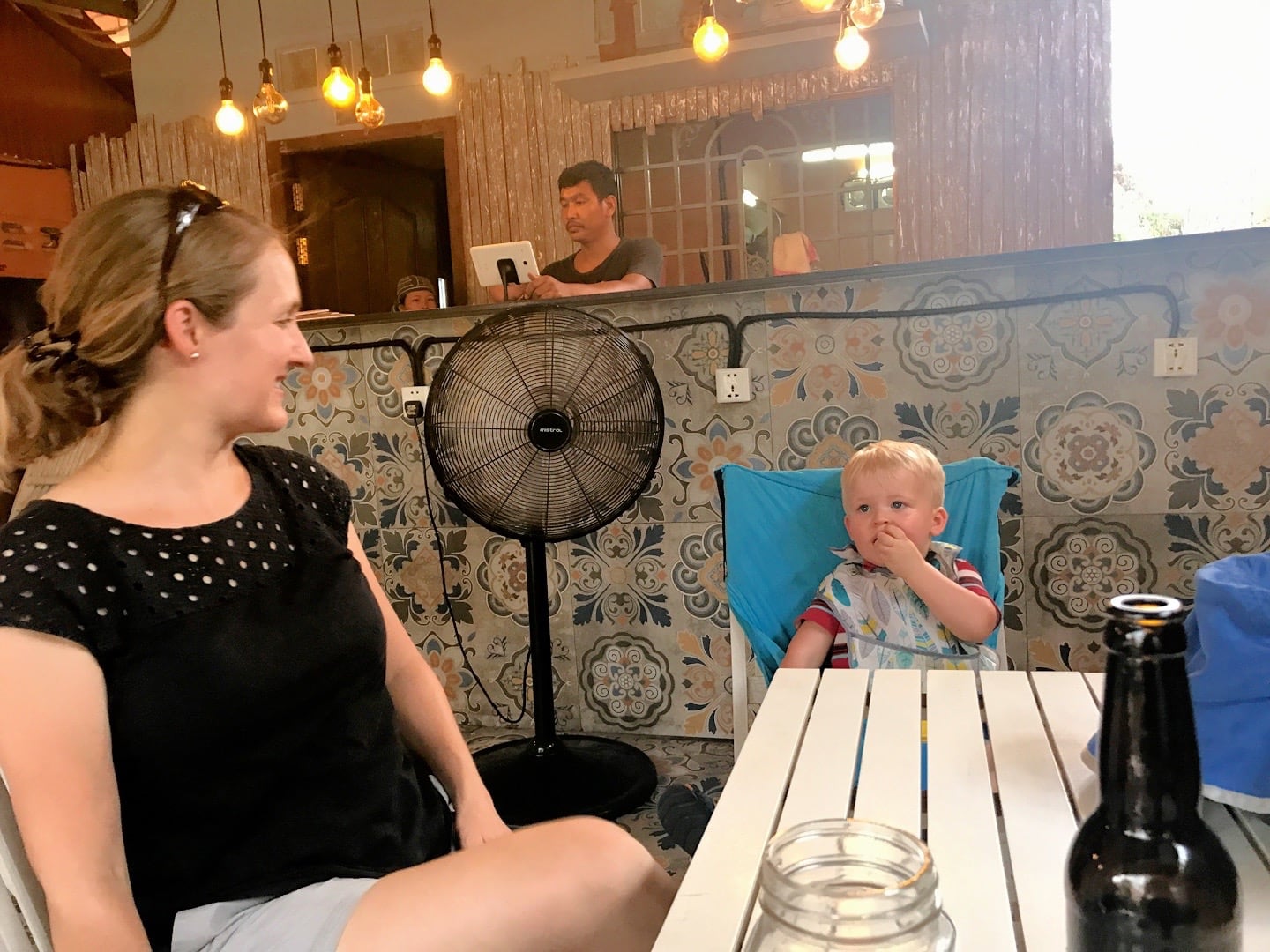
Tonight, Lori and I are having a short date night out in Siem Reap. Lori reached out to a trusted friend here in town who gave us a recommendation on a babysitter who also works for a children’s organization here. The plan is to sneak away for a couple of hours after the boys go to sleep to see what we can see.
Before all that, we stopped by Wat Beast on a recommendation to sample some of their craft beer and feed the kids. Tonight, it’s homemade mac ‘n’ cheese, something that Noe hasn’t had in 18 months, and Riley’s never had.
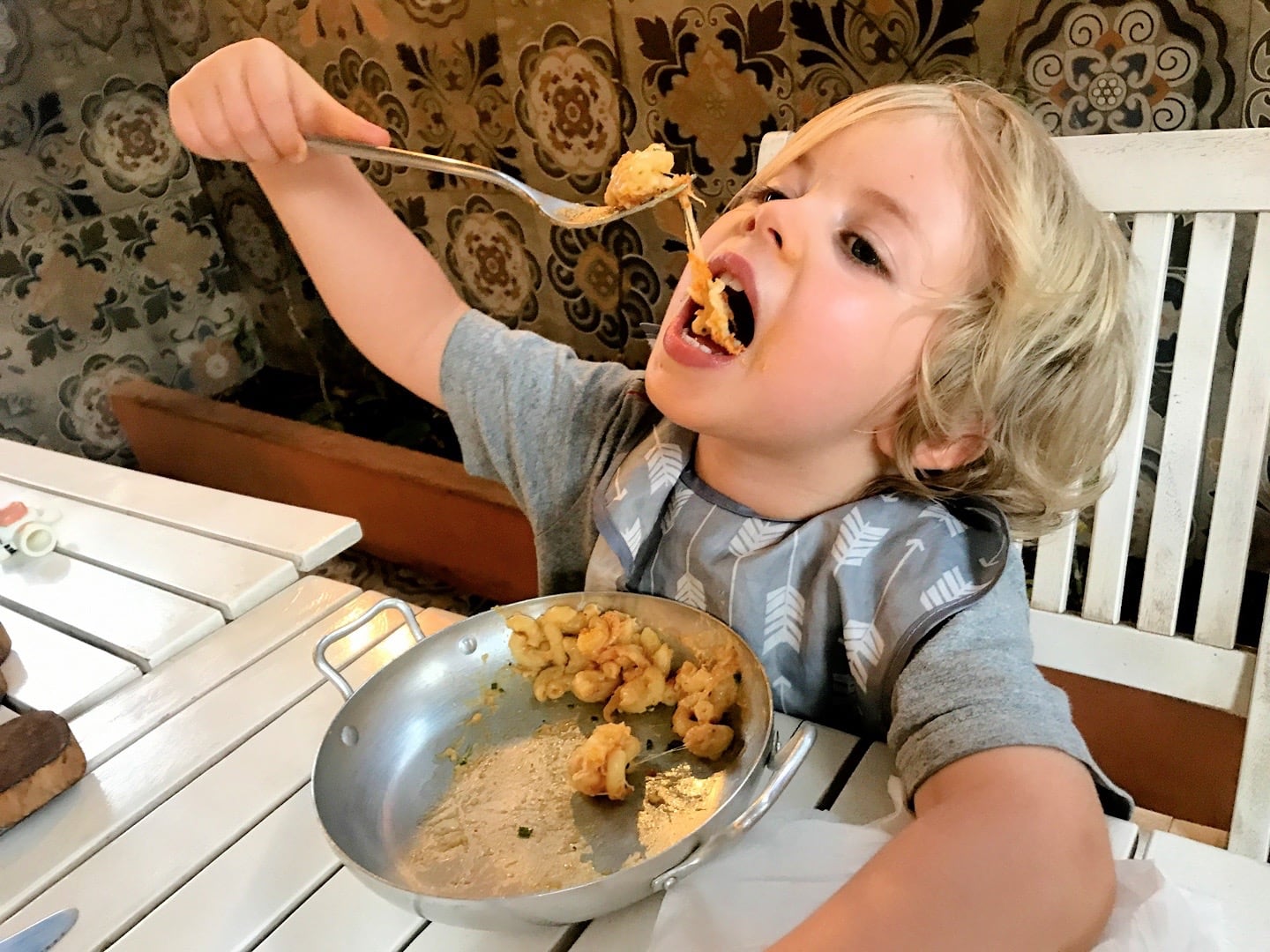
But the real excitement for the boys was the big storm that whipped through while we were eating. Lots of loud, crashing thunder and lightning and flooding roads make for two very happy boys.
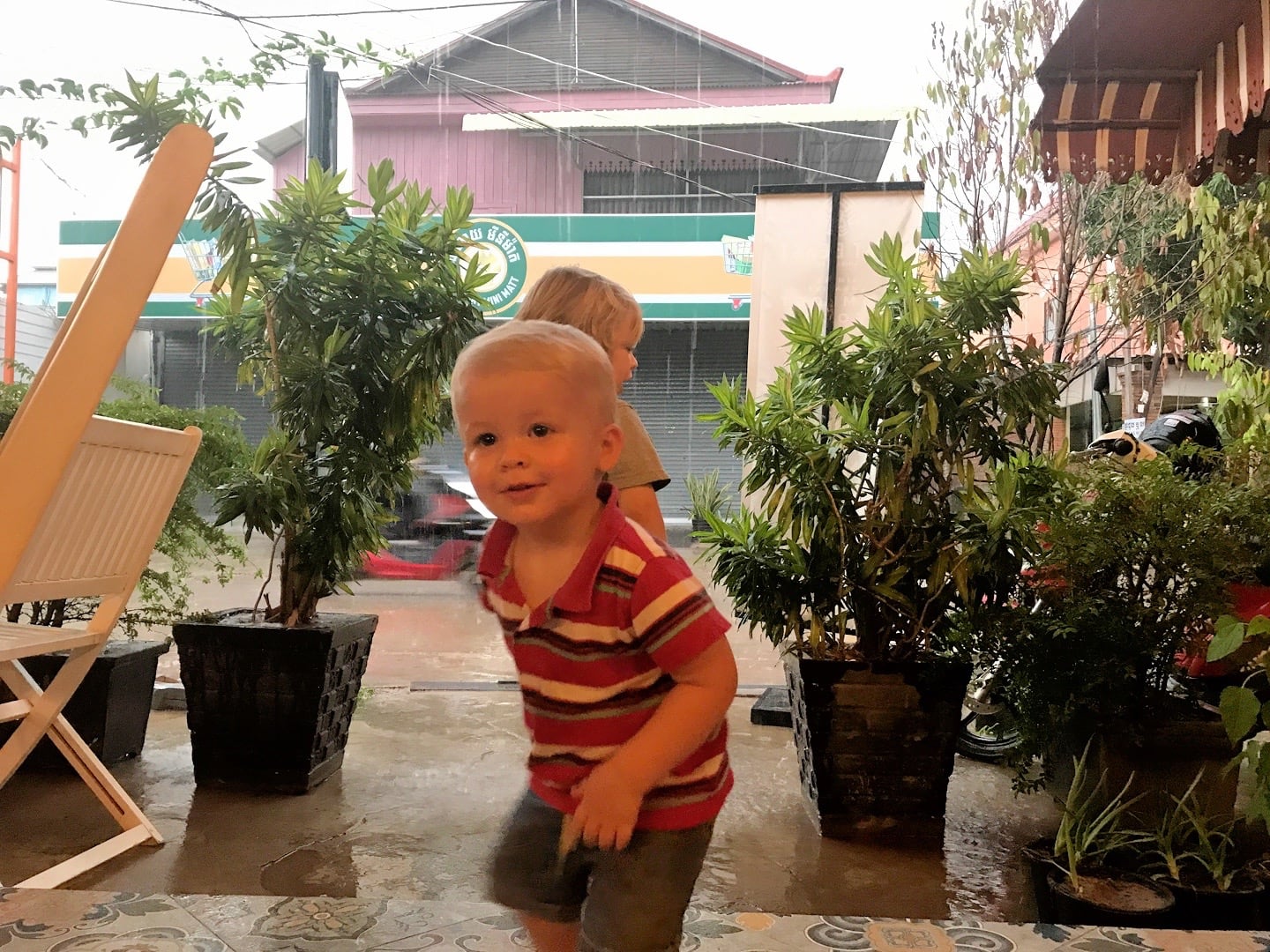
With the boys tucked in with the sitter, it’s time to relive our crazy honeymoon days in Southeast Asia…
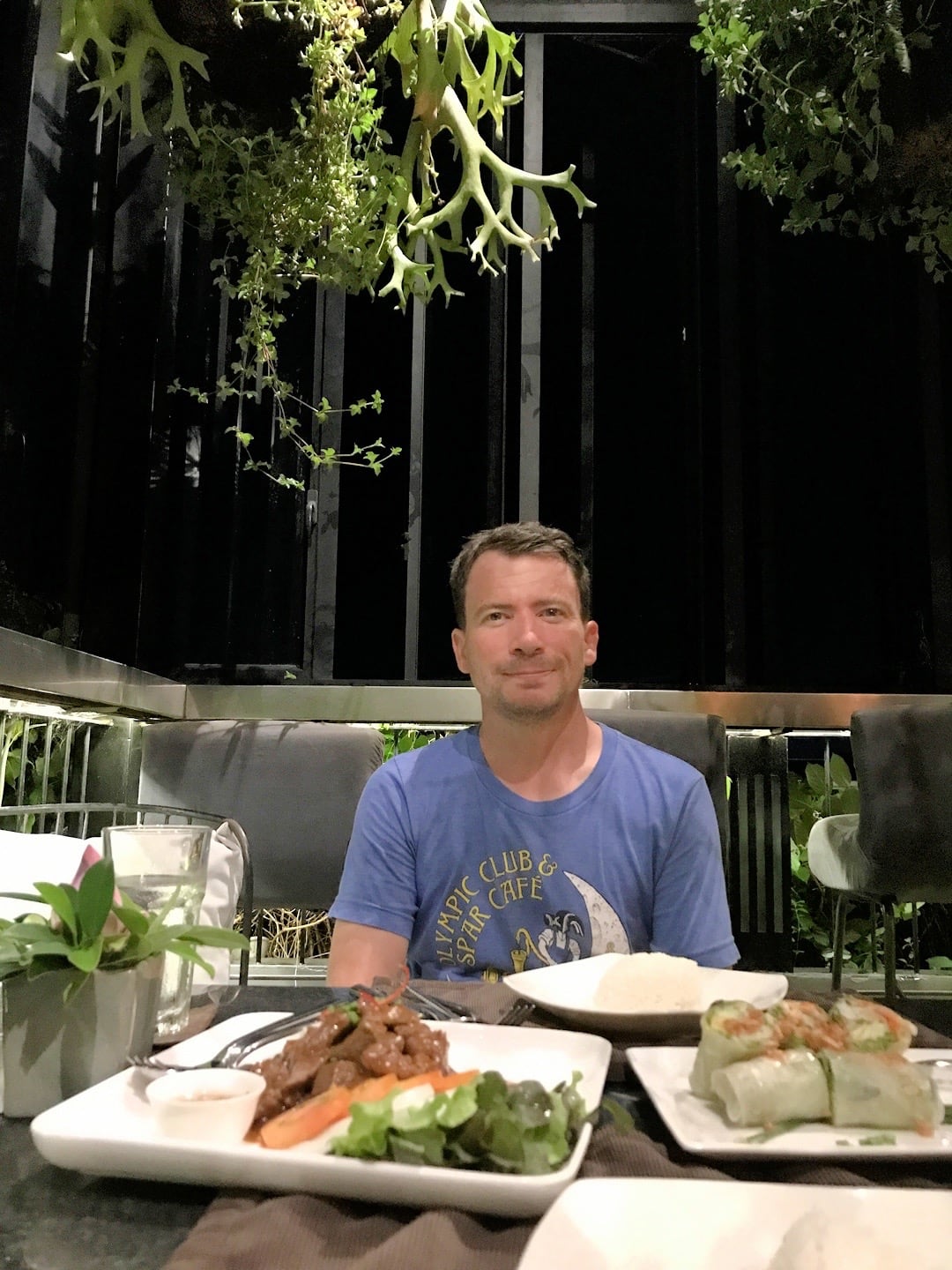
…or eat at whichever place is open. We had a nice dinner at a place called The Sugar Palm in 2012 and stopped by to see if they were open. They weren’t, so we ended up at Sokkhak River Lounge.
We were the only Westerners there and it felt like a while since they had hosted others given the level of interest they showed in us. It felt like we were at a five-star restaurant. Kind of nice but kind of awkward at the same time.
Following dinner, we took a walk together in the drizzle. We thought that maybe there might be a chance that some of Siem Reap’s tourist landmarks would be functional after dark. But unfortunately, it was the same story at 9pm as it was at 5pm.
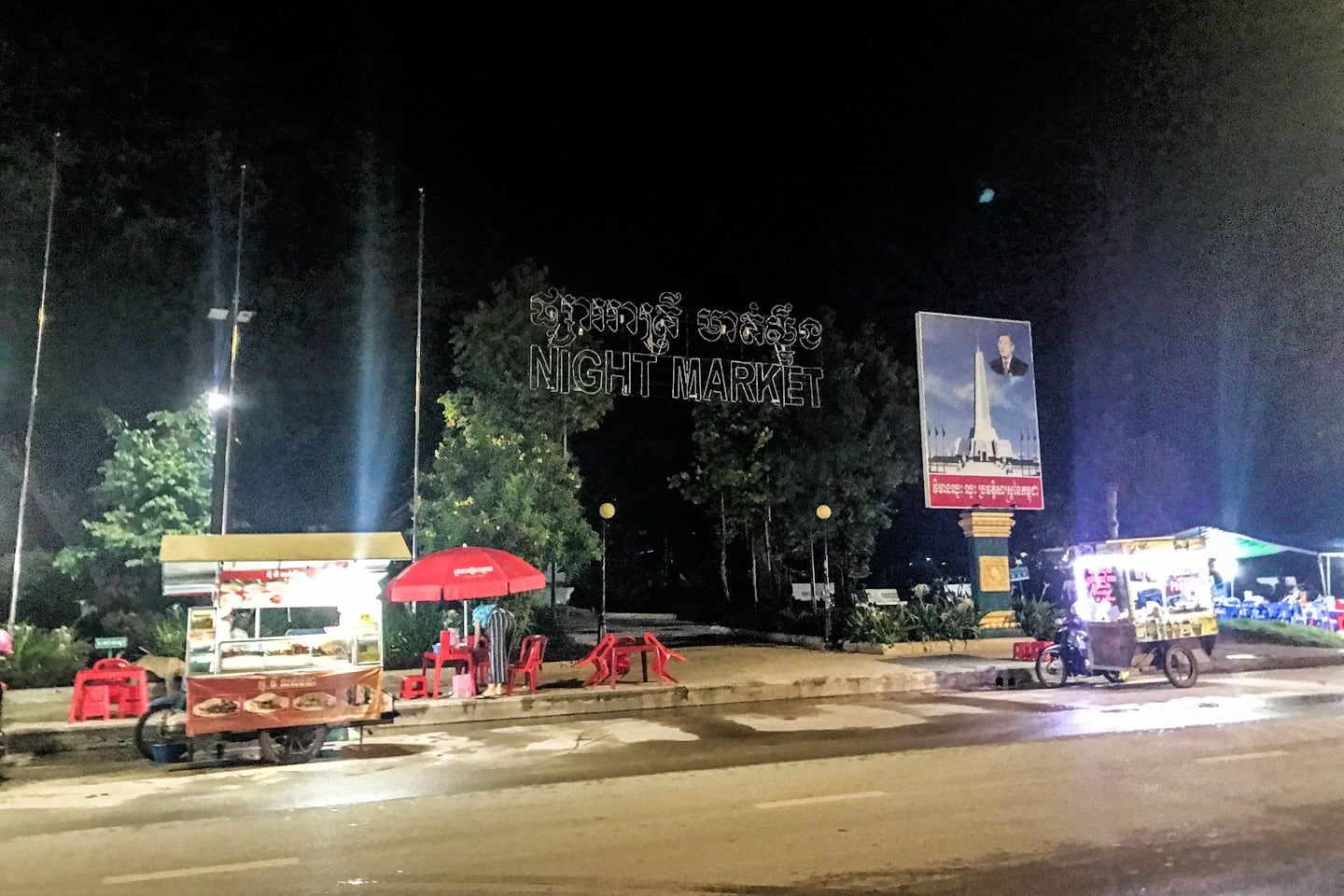
The Night Market remained eerily dark and shuttered, save for a few snack carts parked out front.
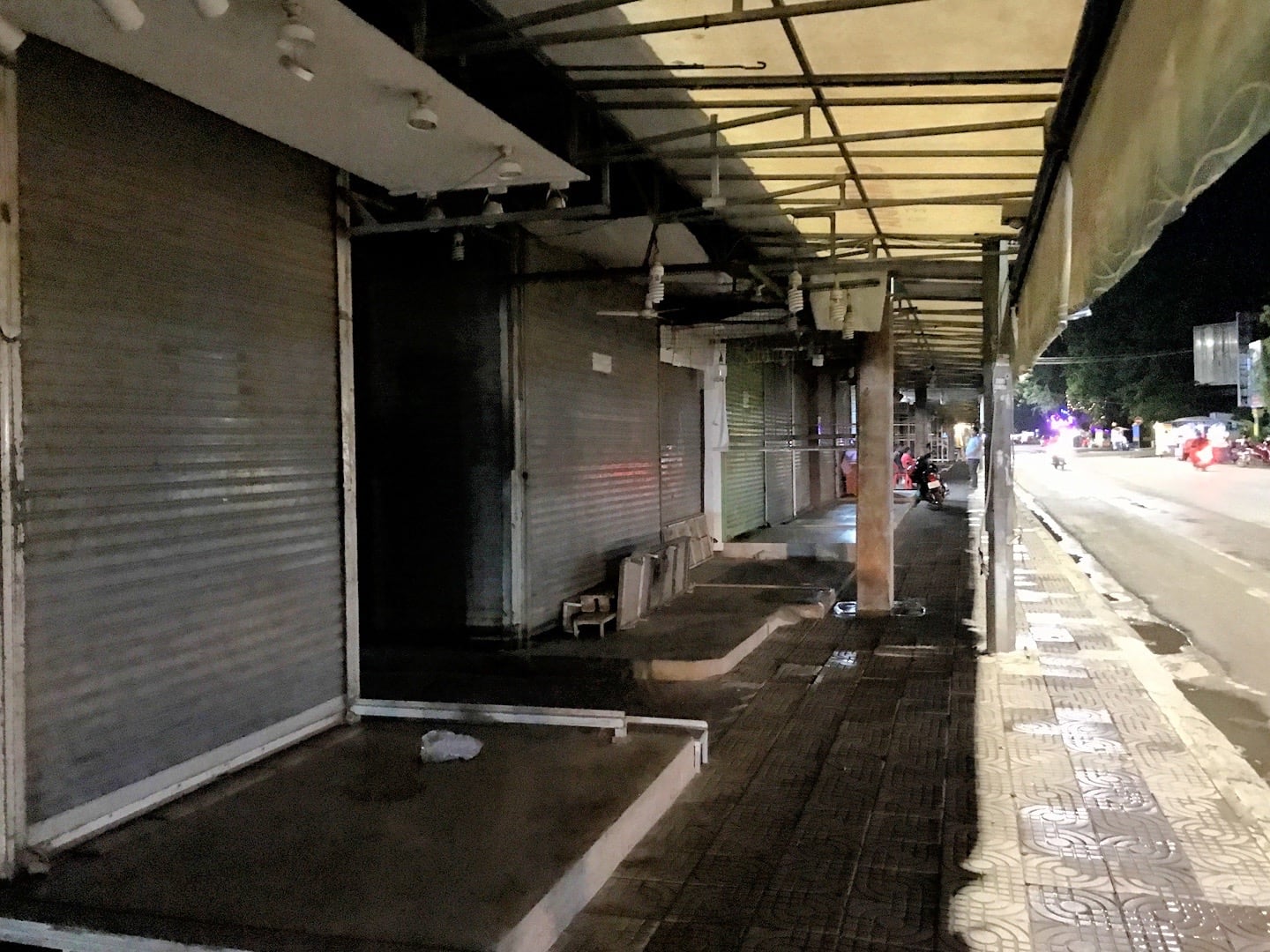
The hope was that we’d find some late night venue that we hadn’t already visited open around town. For most of the bars and pubs around town, however, the situation appears pretty bleak at the moment.
We ended the night at the gaudy monstrosity across the street from our Airbnb — Temple Coffee & Bakery for some oversized tiki-style cocktails.
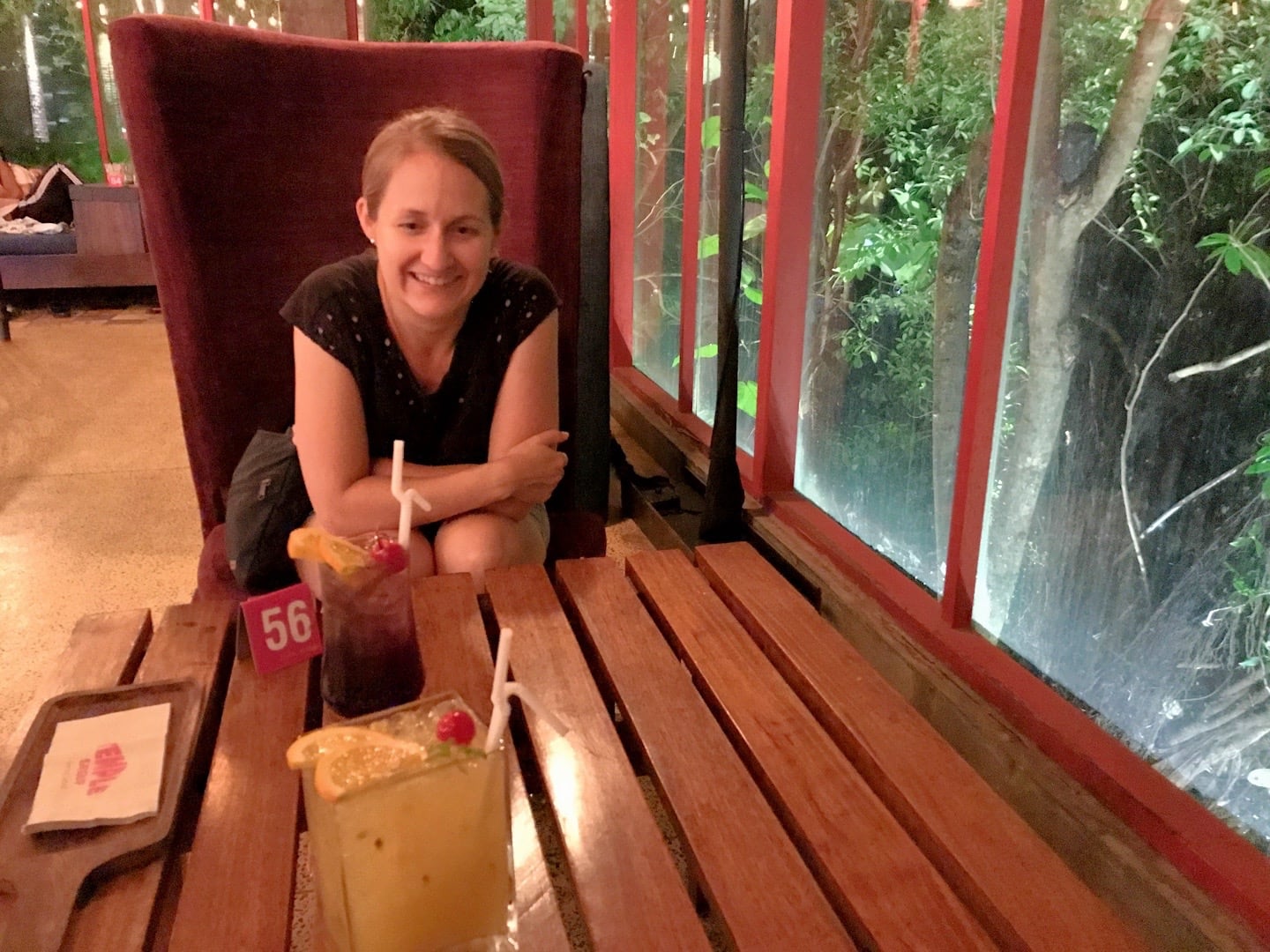
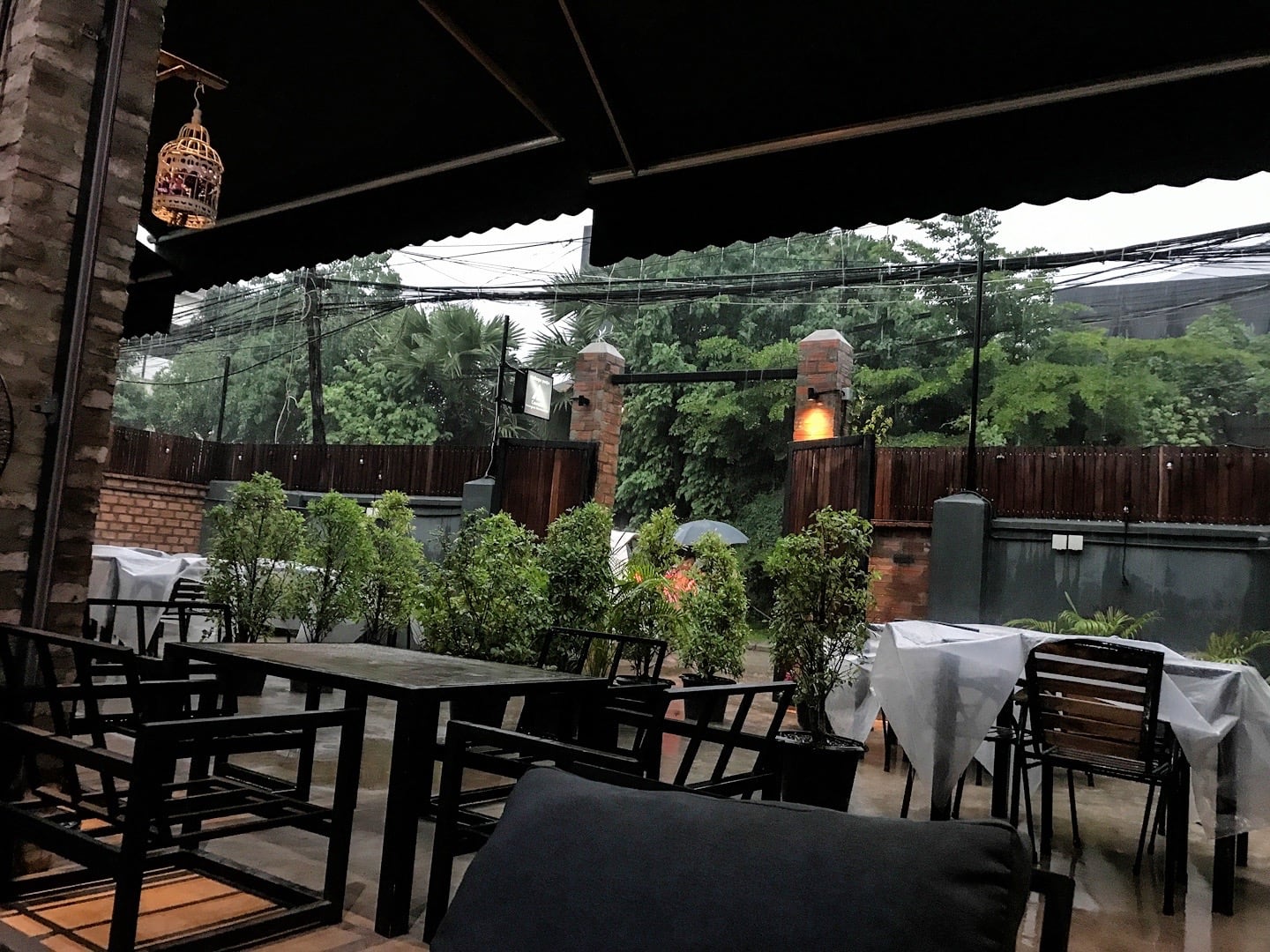
Our final night was spent eating take out at our apartment, but we had dinner on our second to last night at Caucasus Georgian Restaurant of all places, which was excellent. It seems that a lot more Western cuisine restaurants are functional right now than Asian food restaurants, at least within a kilometer radius of where we were staying.
We had a huge rainstorm just before taking the taxi to the restaurant. We thought for sure that the taxi would get stuck in the foot of water on the road, but it didn’t. All of this, despite a severe drought.
The world is not such a sensical place right now.
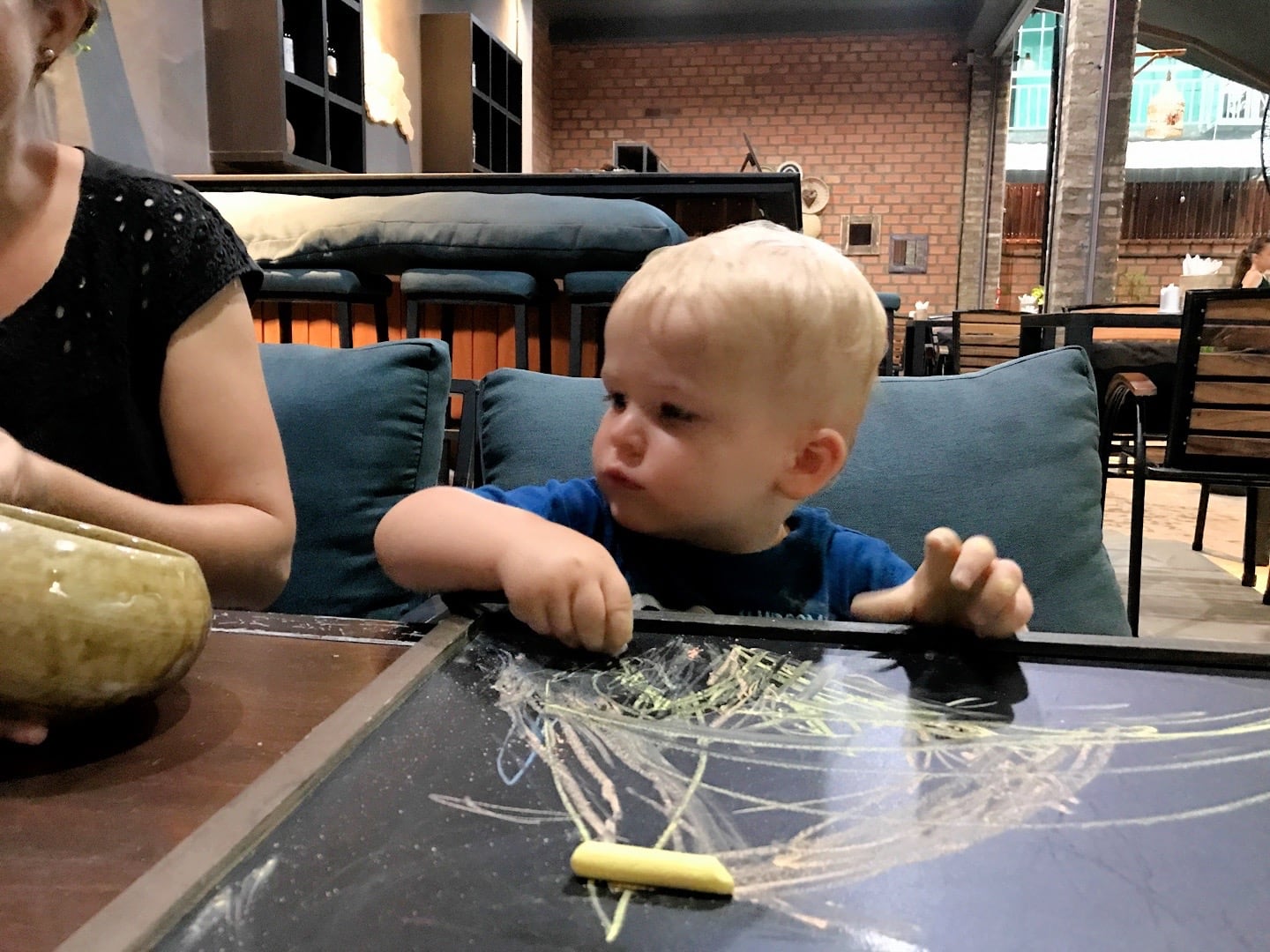
The food took a while, but the kids were offered chalk, which seemed to do the job for a while.
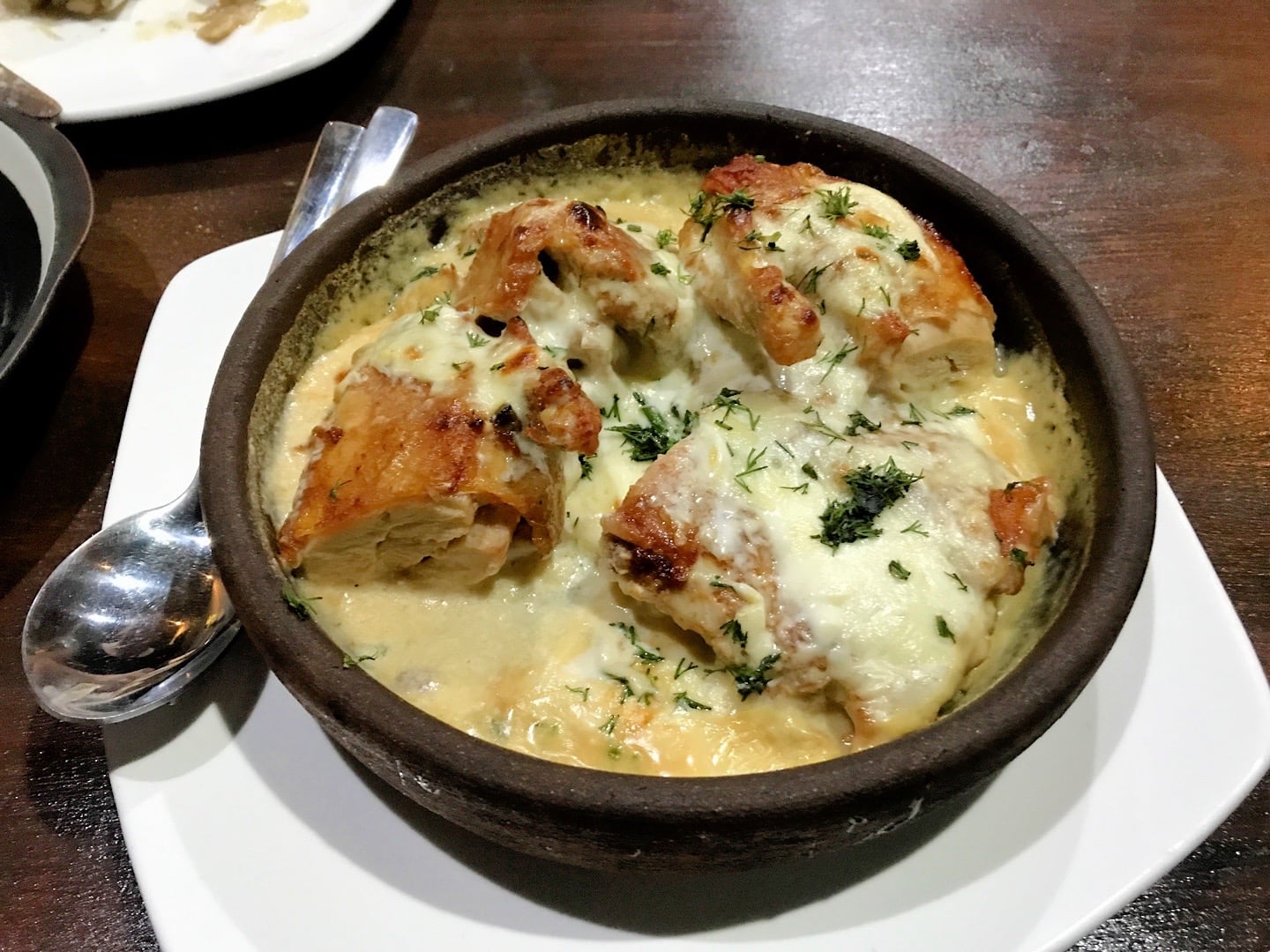
The food was excellent, and Noe especially enjoyed watching the cook staff at work in the back through the window.
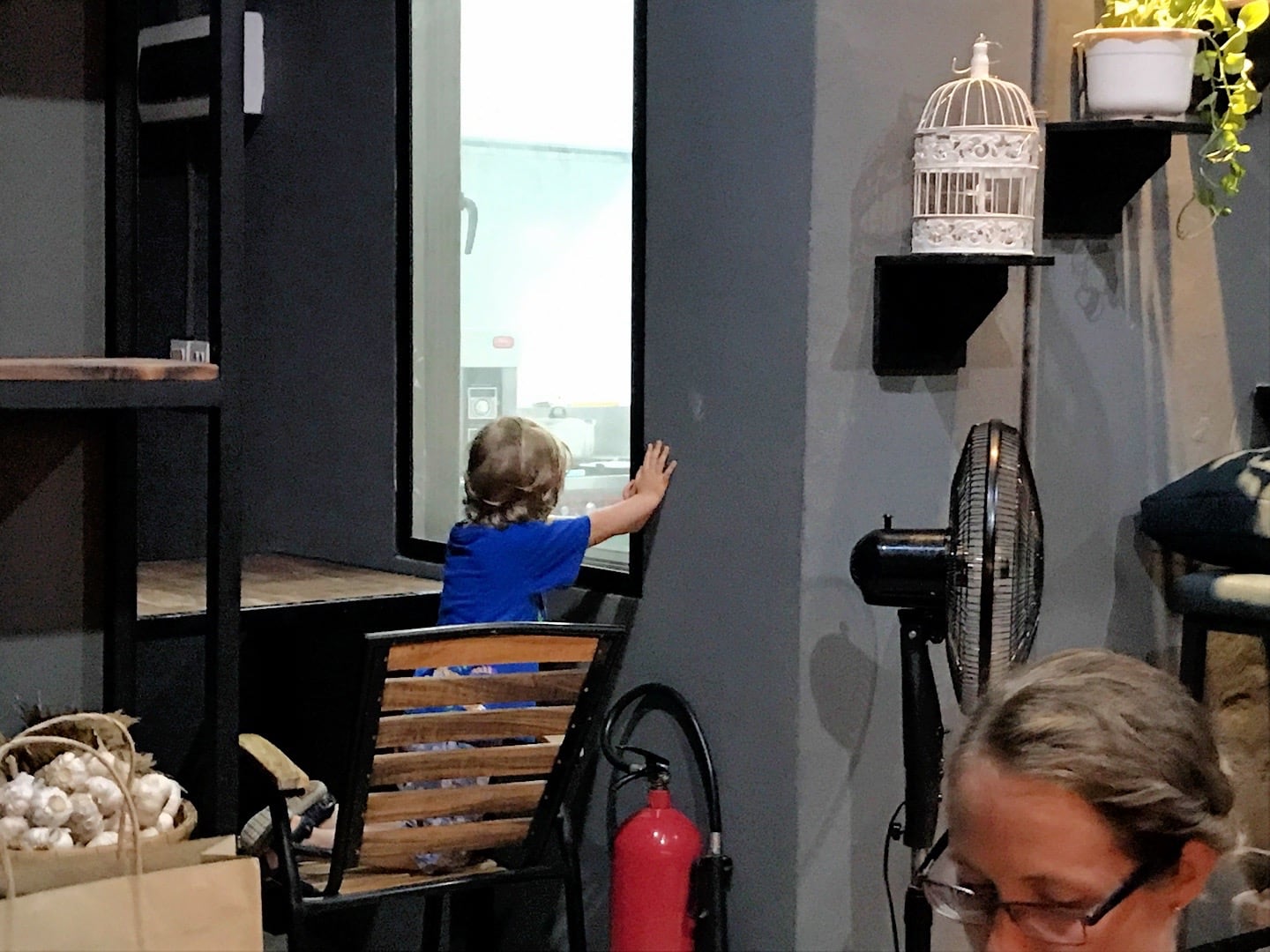
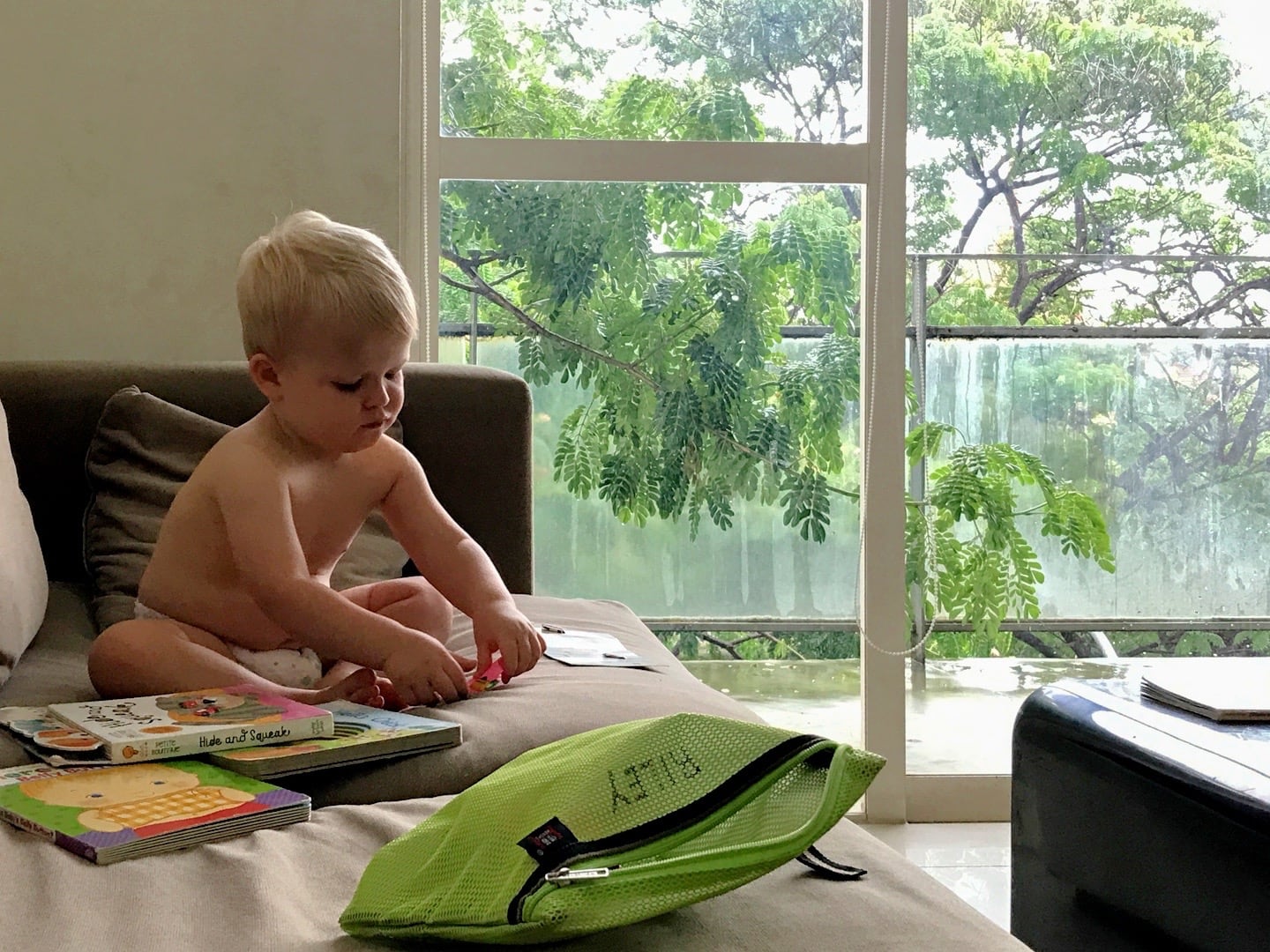
Wrapping Things Up
We spent five nights in Siem Reap, coincidentally the same number of nights we spent on our first time around eight years ago. All in all, it hardly feels like the same place.
Including our two days spent exploring Angkor, it was a welcome and [mostly] relaxing time away from Phnom Penh, despite the dismal circumstances.
Lori and I feel very fortunate to have been able to take the opportunity to explore Angkor Wat at this time and visit Siem Reap before our departure from Cambodia in the next couple of months.
We have no idea when we’ll be back, so we’re glad that the health situation here in Cambodia allowed us to safely and practically do this trip.
…
The drive back to Phnom Penh was uneventful, if not for Riley’s distaste for being constrained in a car seat for so long, which he no doubt voiced at every opportunity.
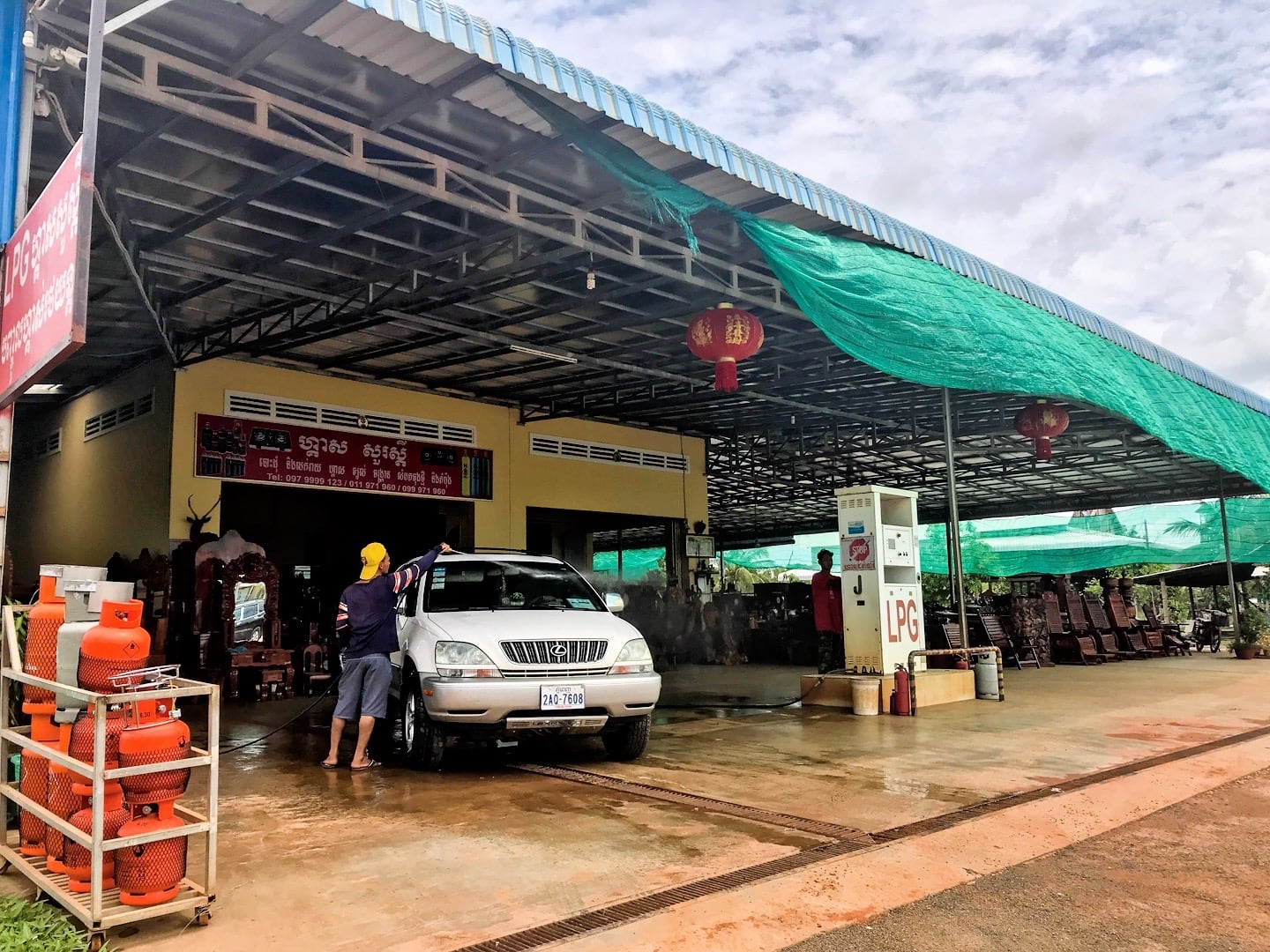
At one point, the driver pulled into this unassuming wood furniture store, which also happened to double as a gas station…and a car wash. We’ve visited a lot of funky gas stations over the years, but this was a first. All I can say is that the furniture better have a solid clear coat.
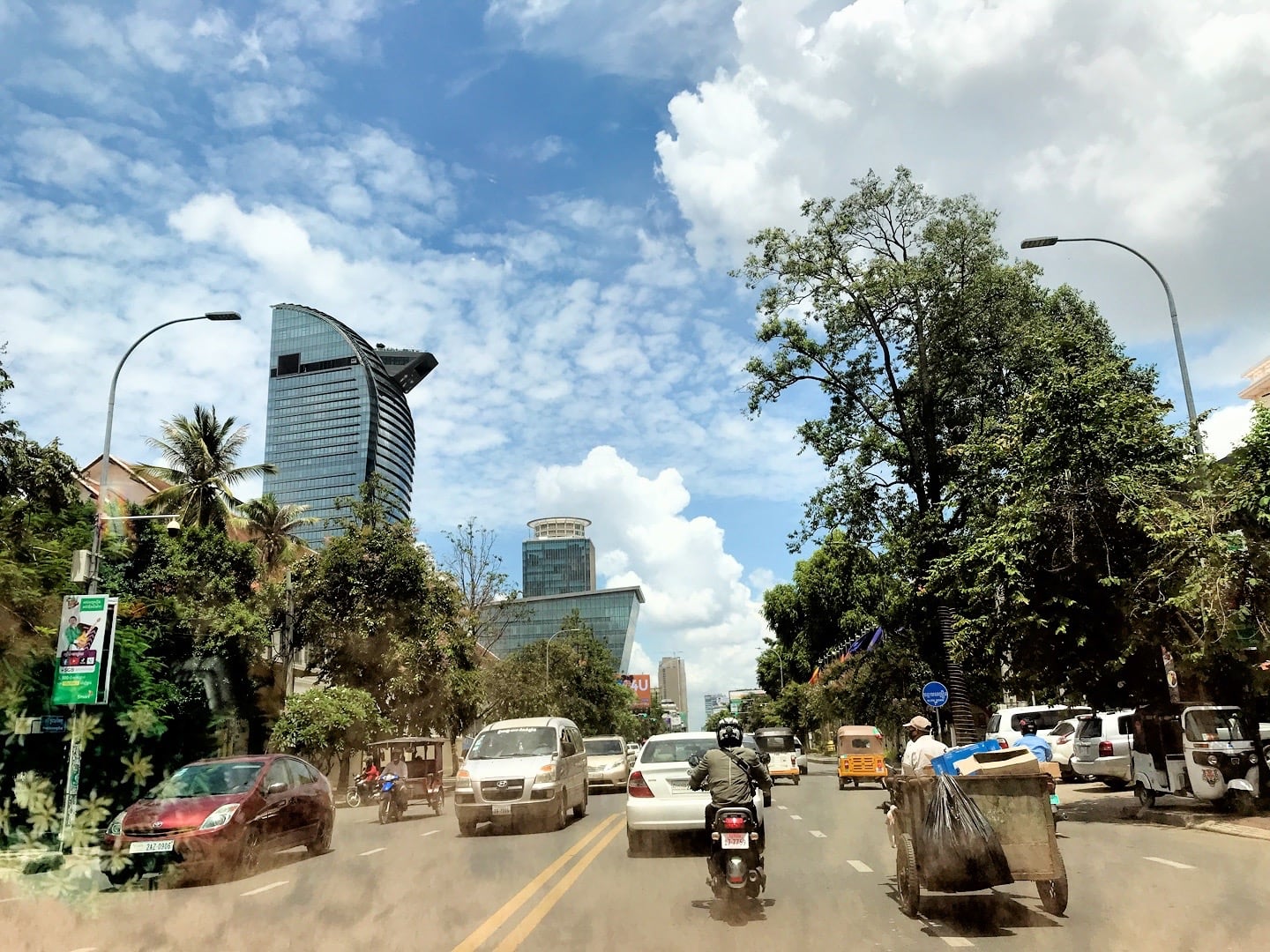
Back to Phnom Penh. Home sweet home. For now.
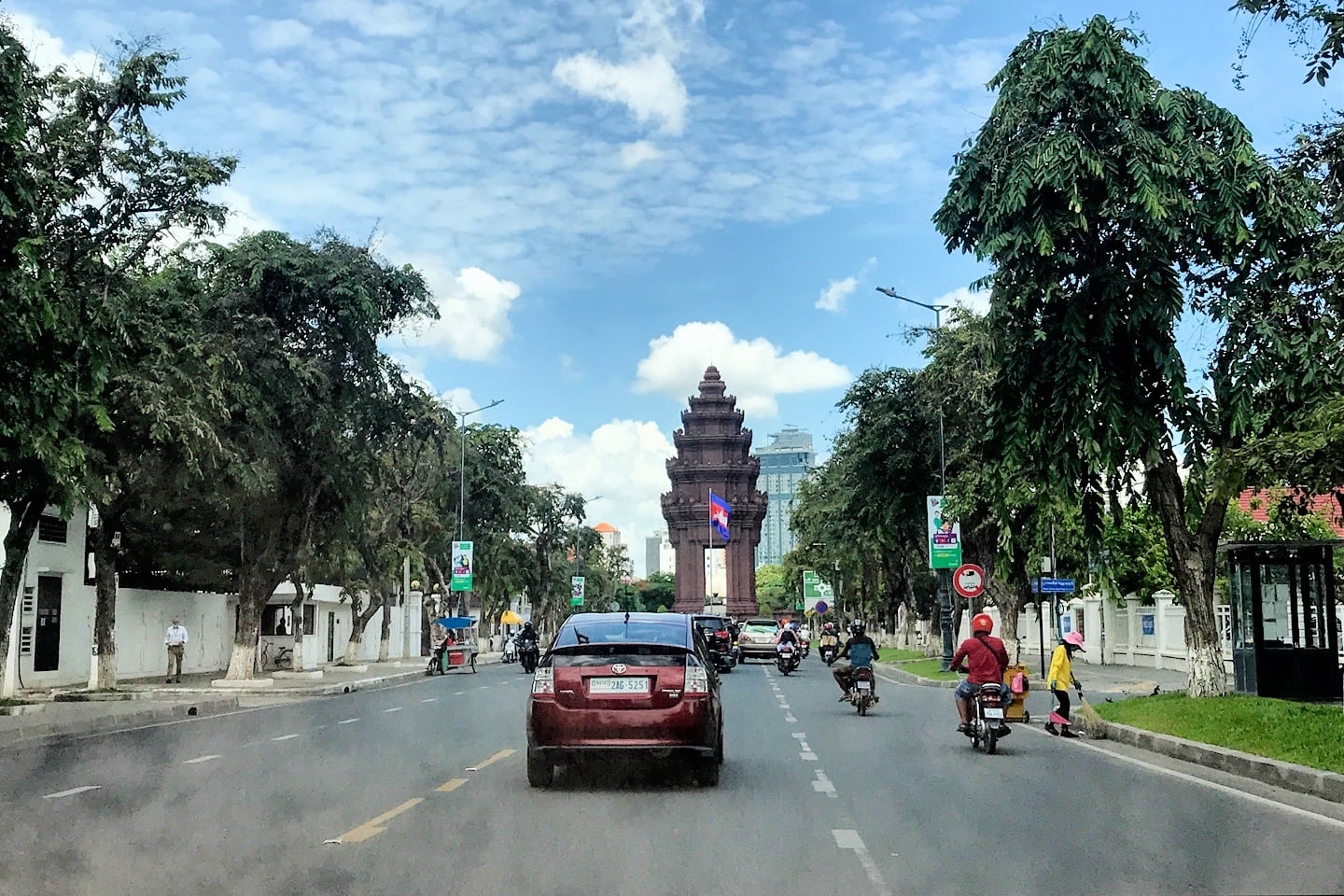
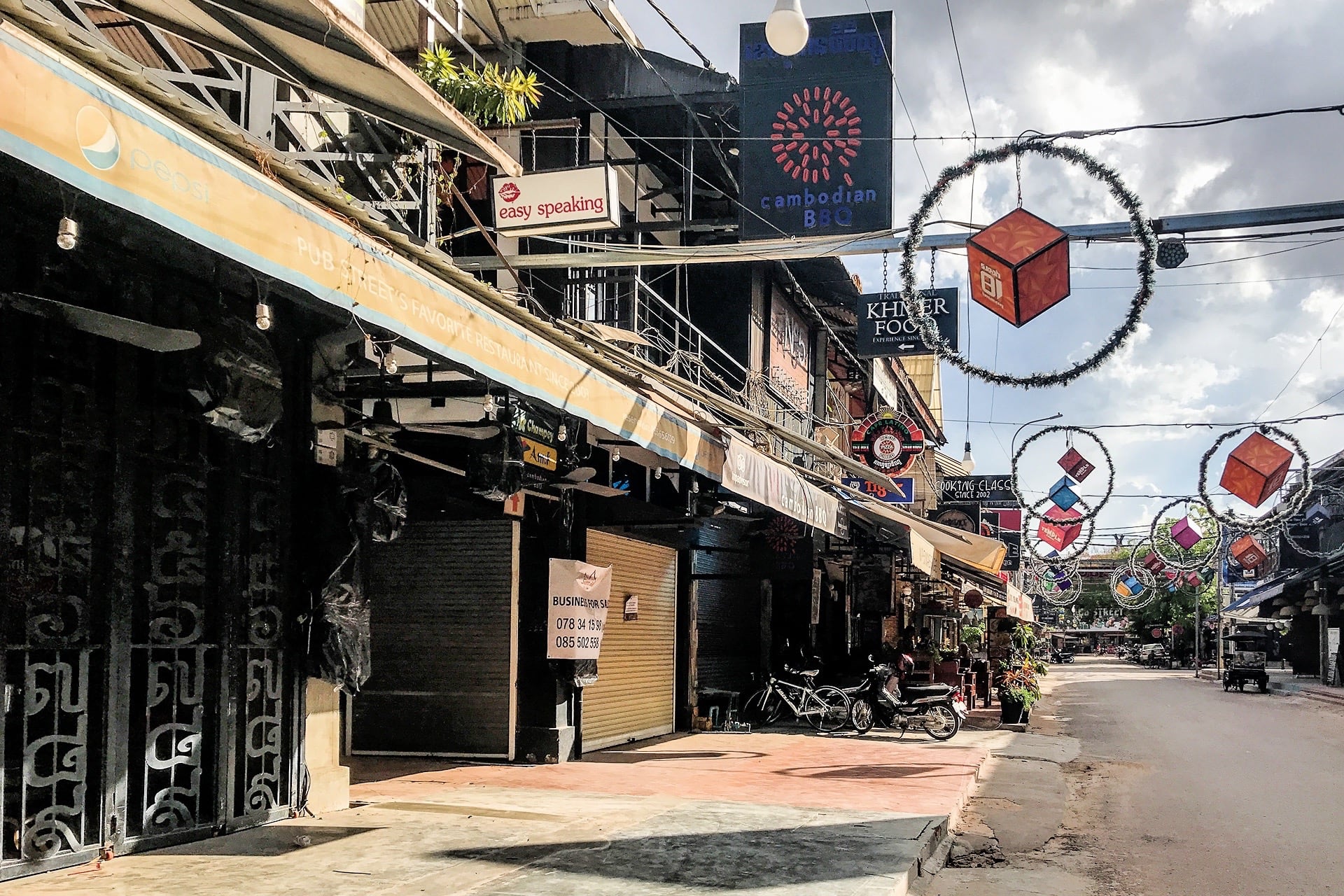
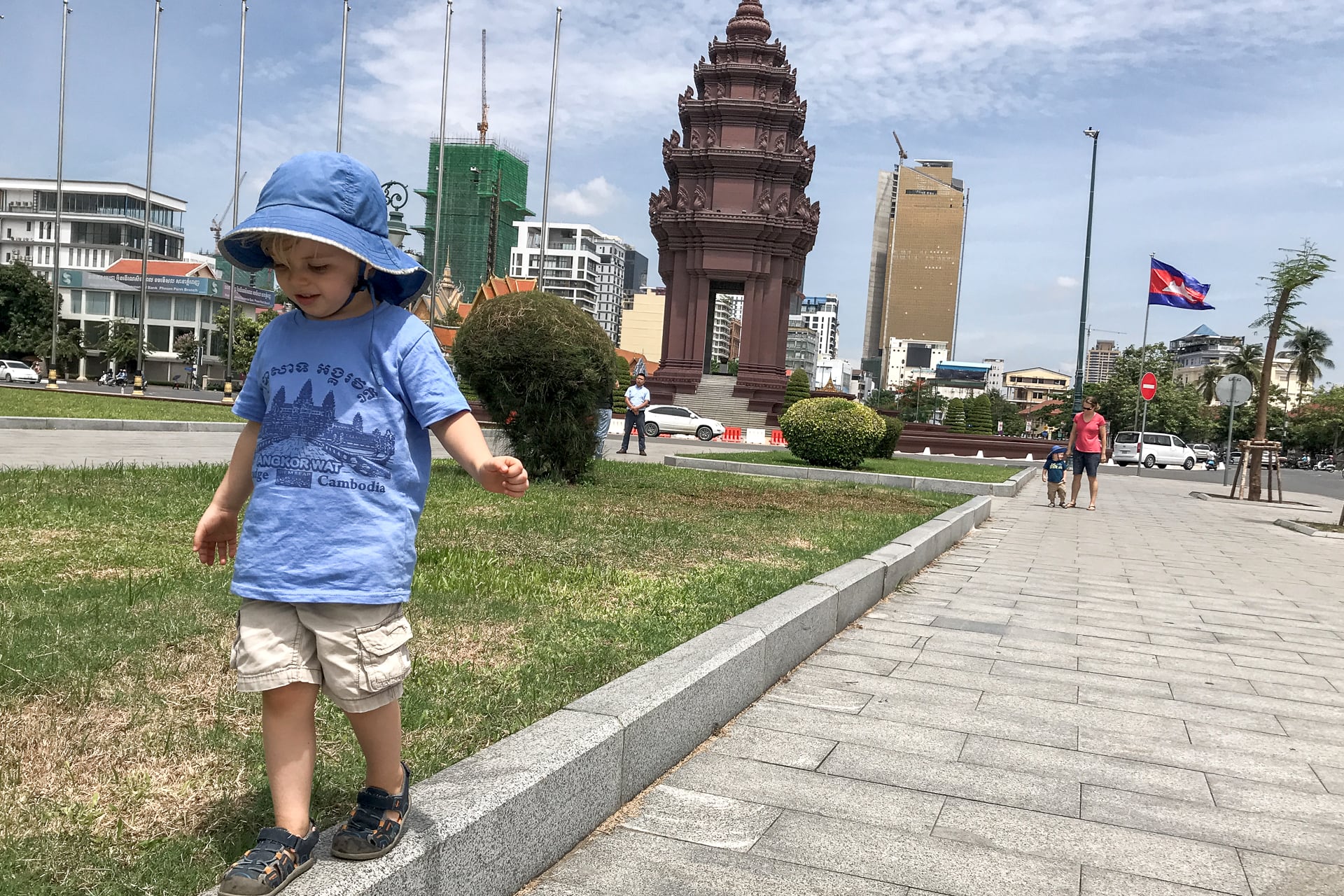
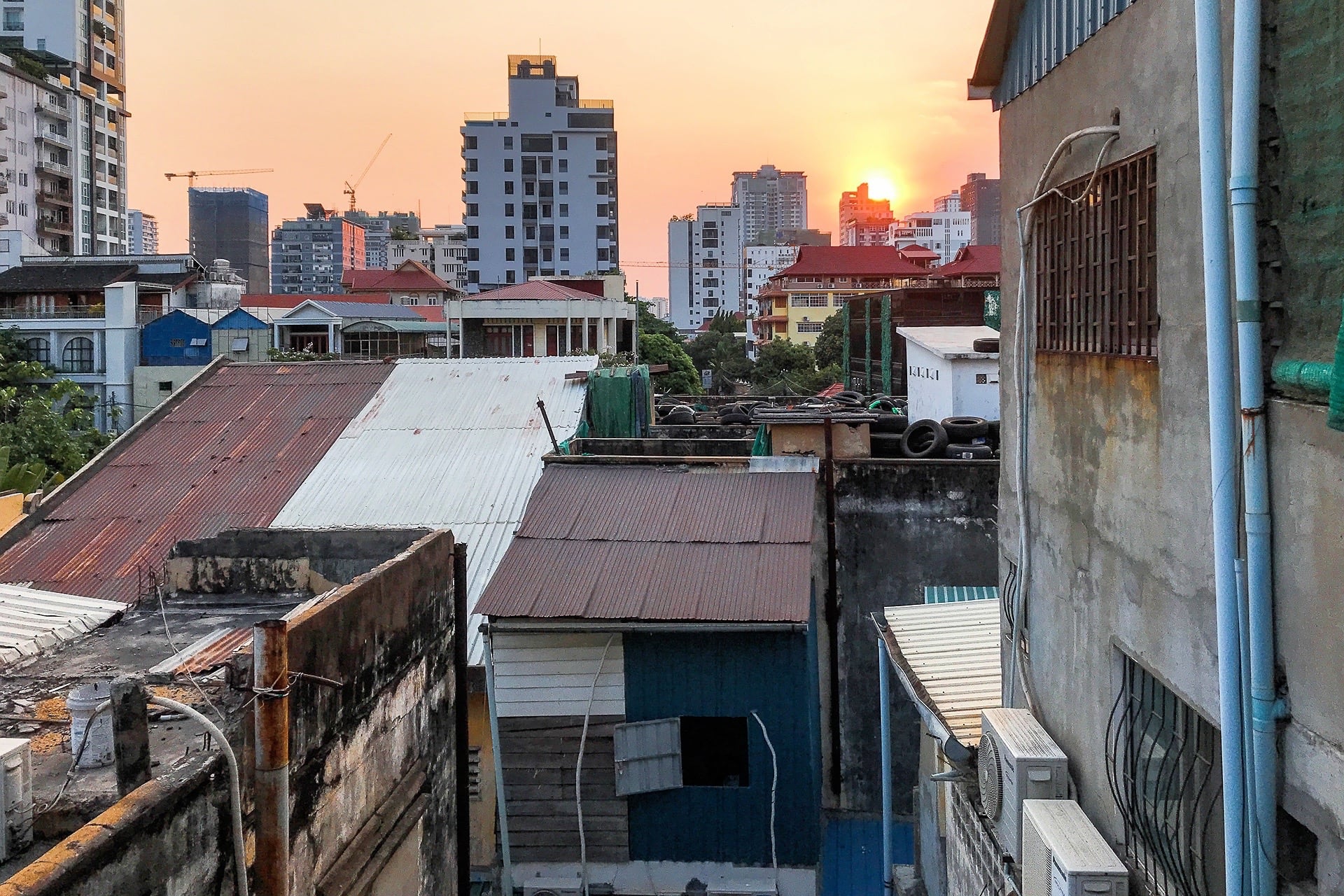
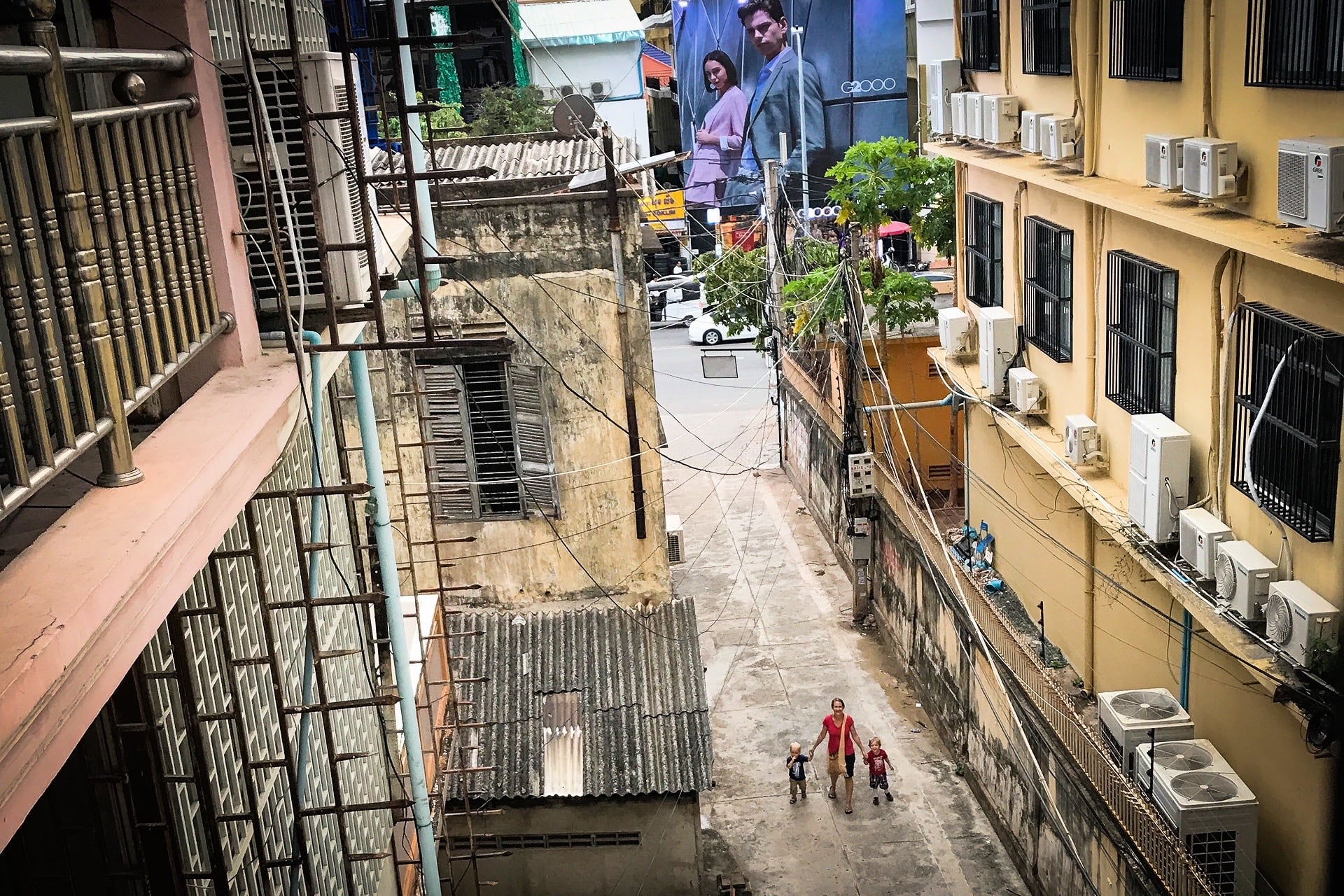
Loved your perspective on Siem Reap with C19 still about. It was certainly very full when I was there last year. The pics just show how quiet it is. Really hope they recover soon. Great info on places to eat. Thanks